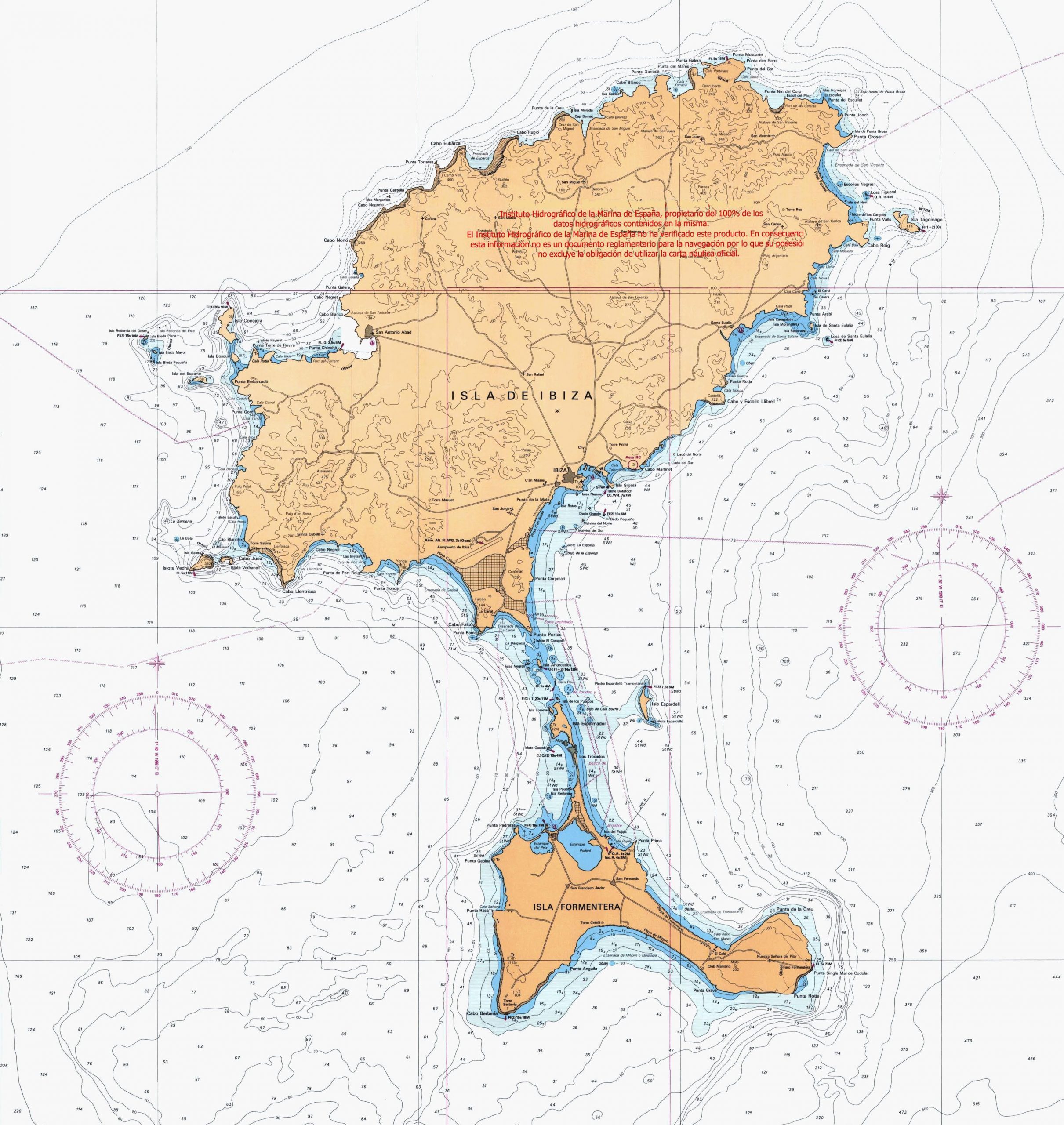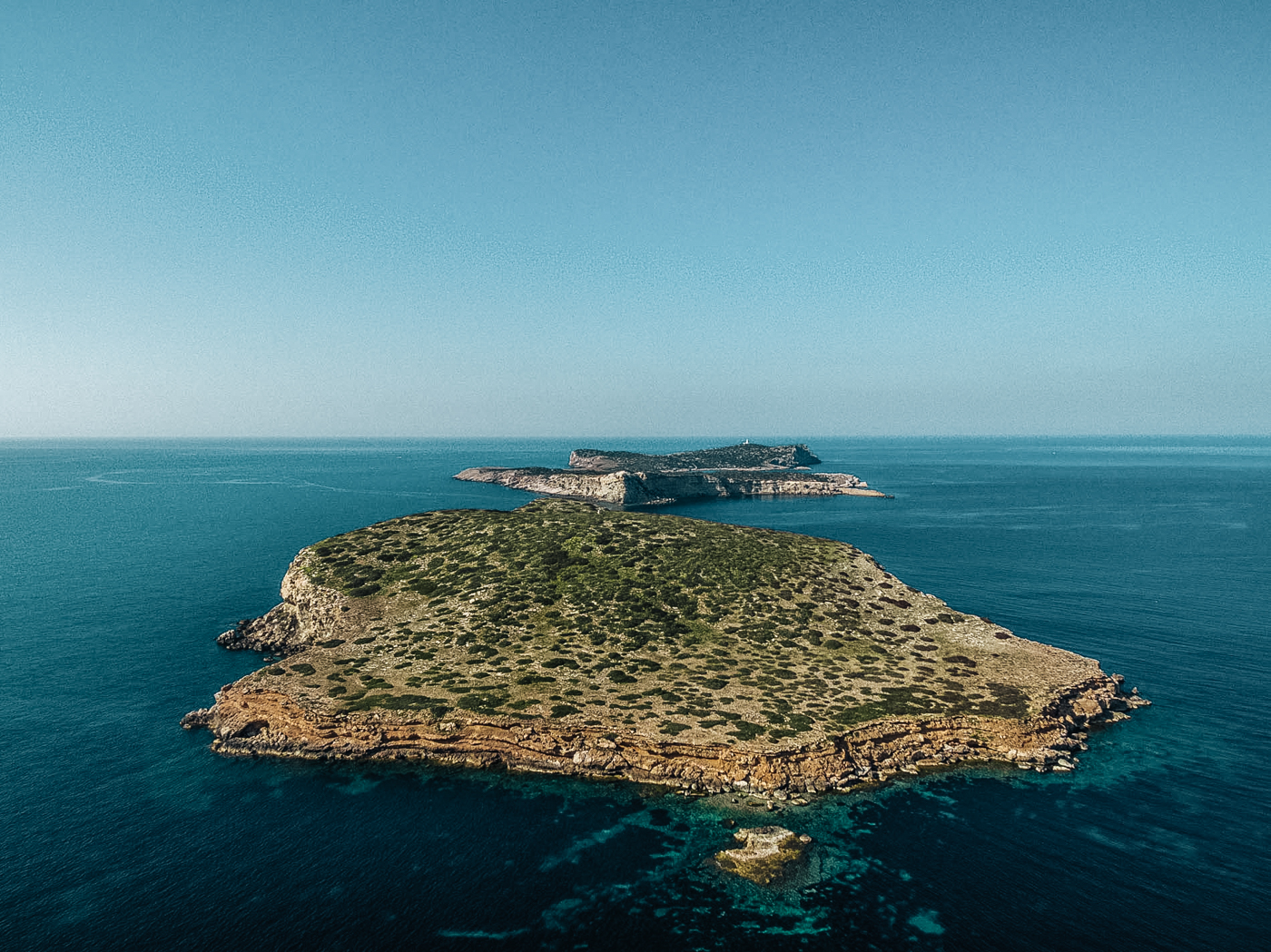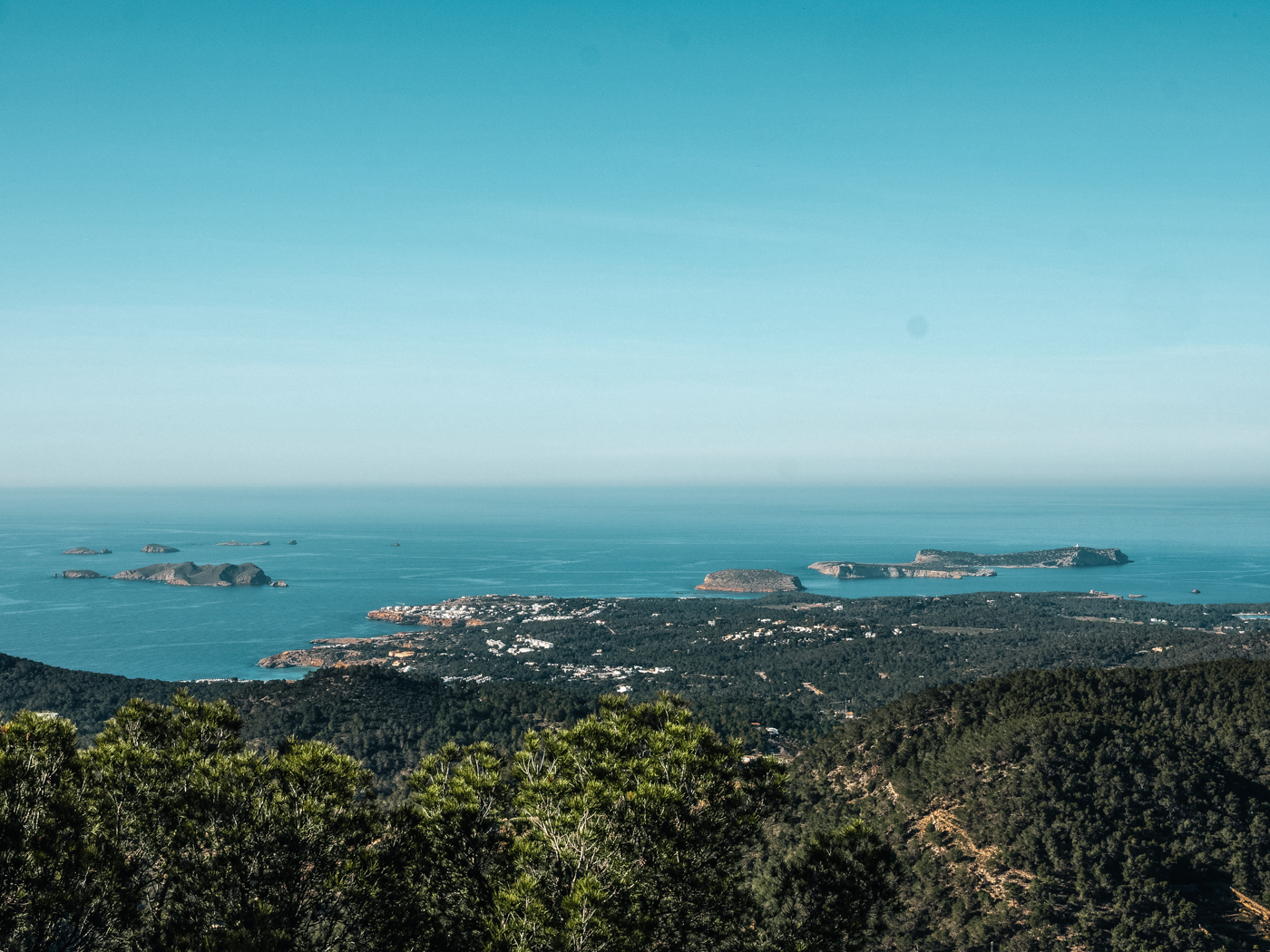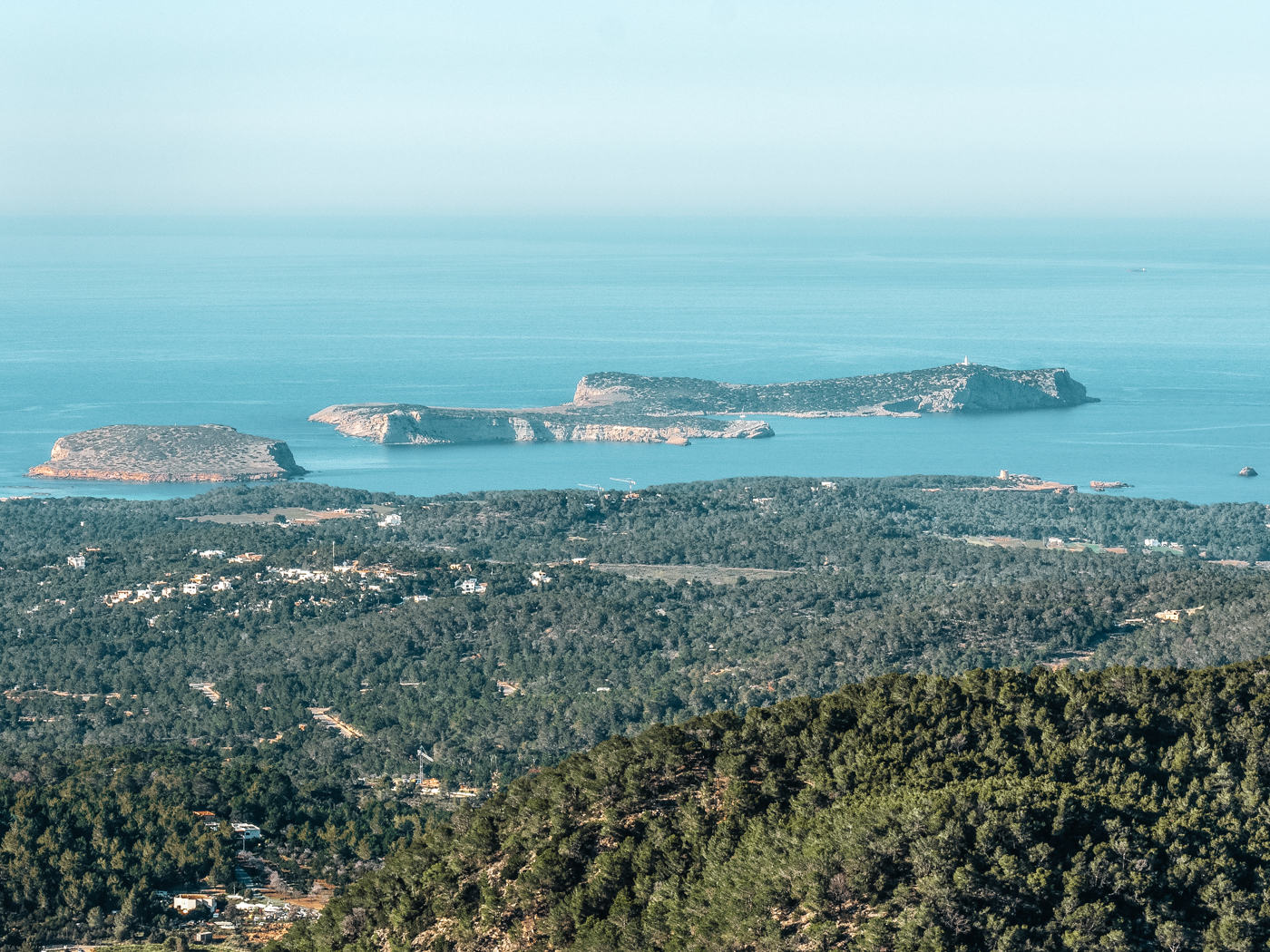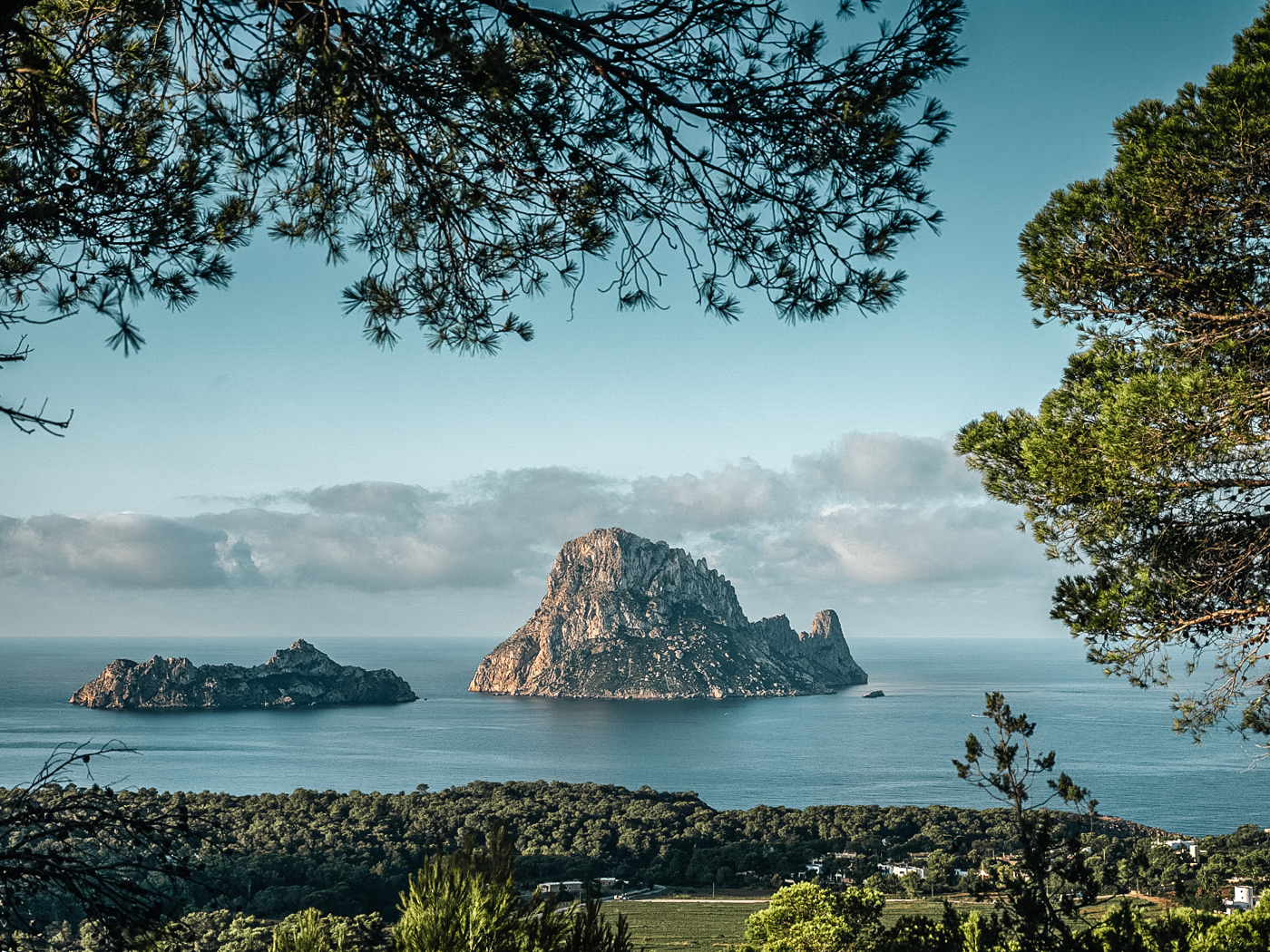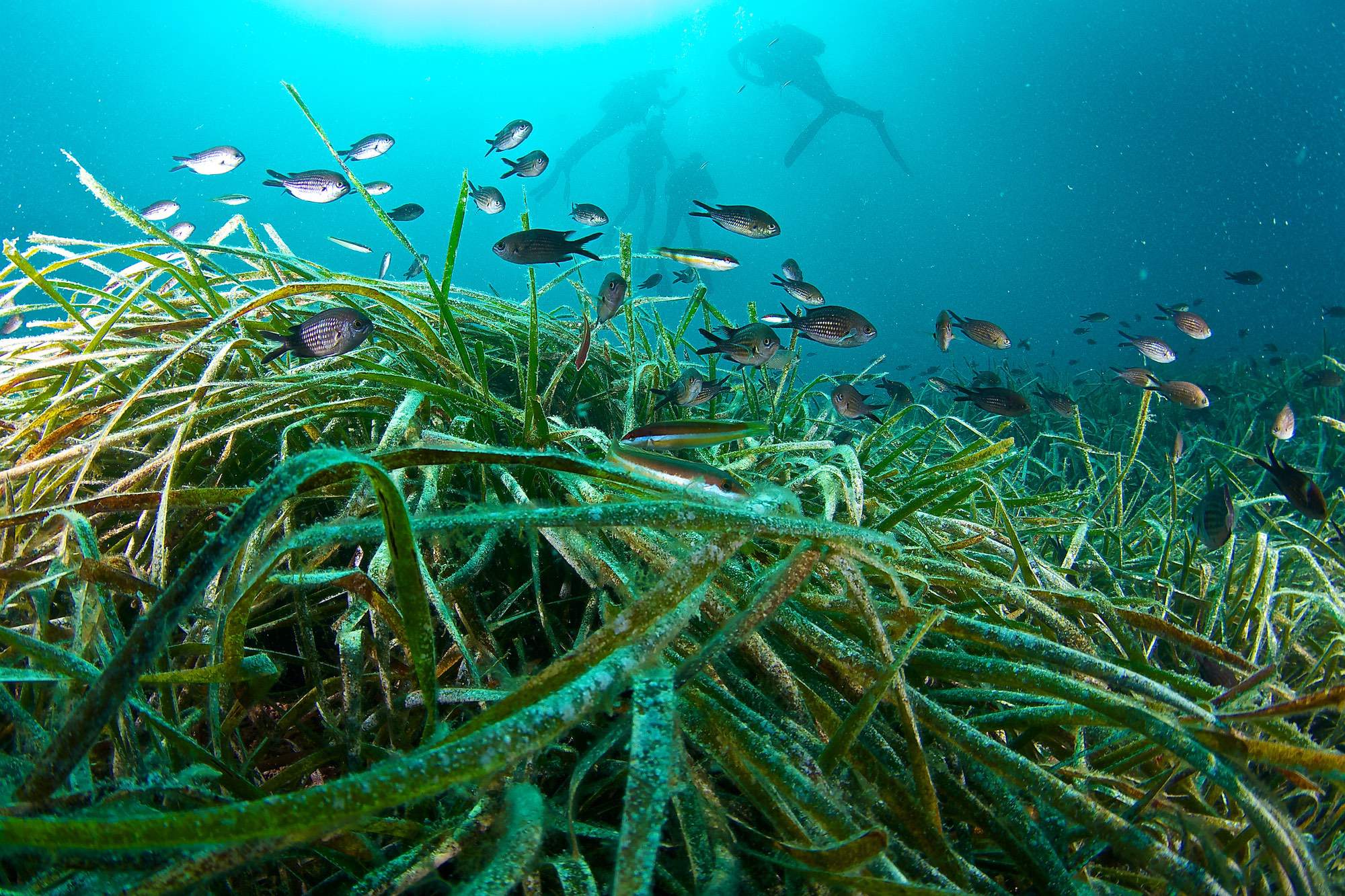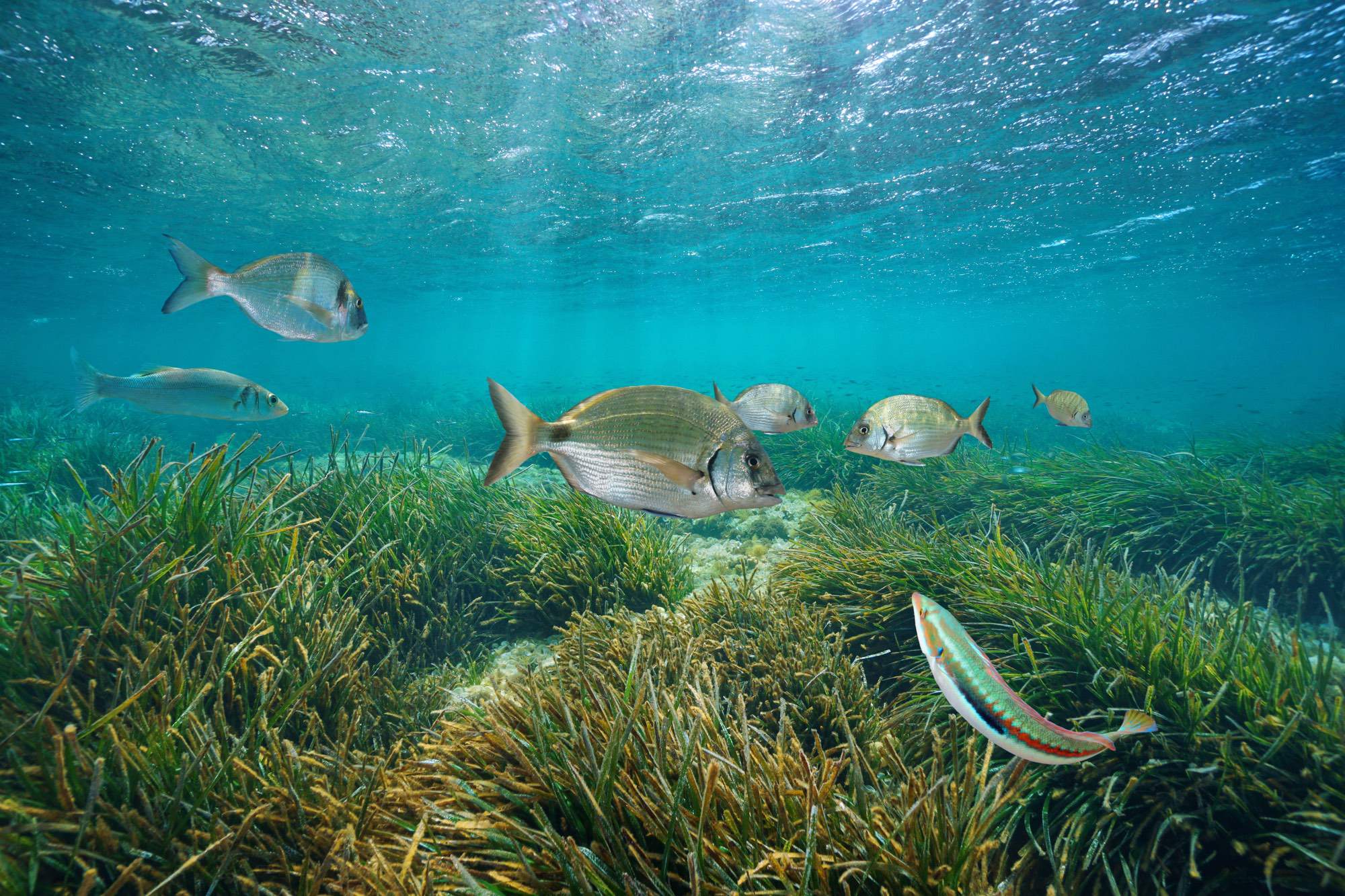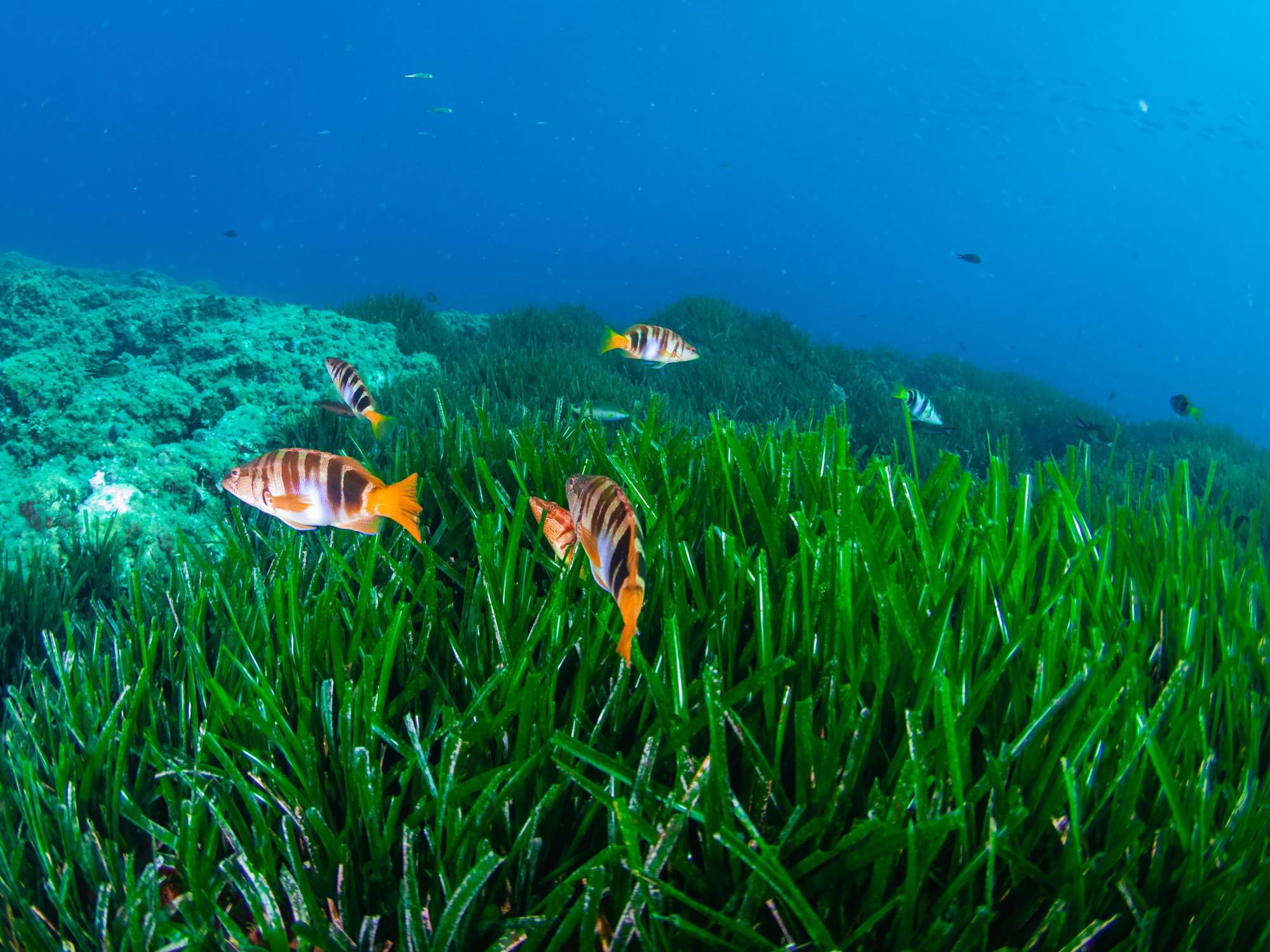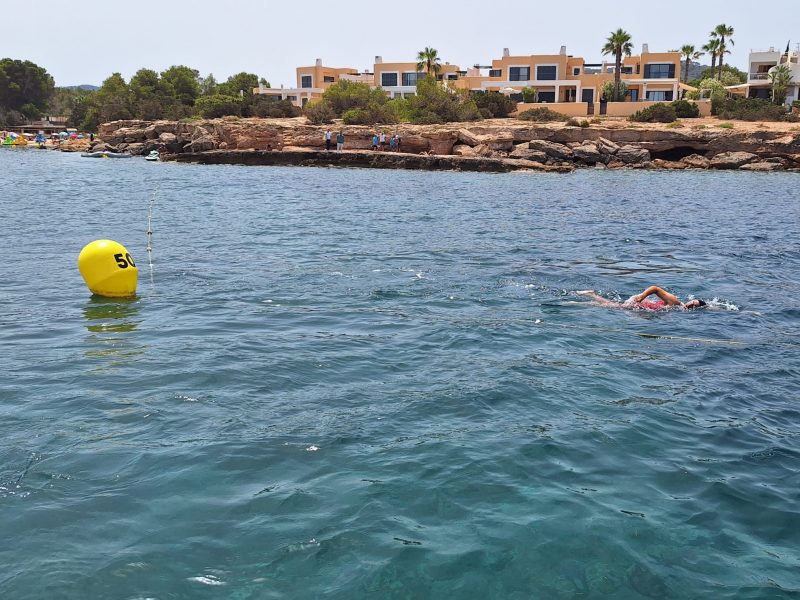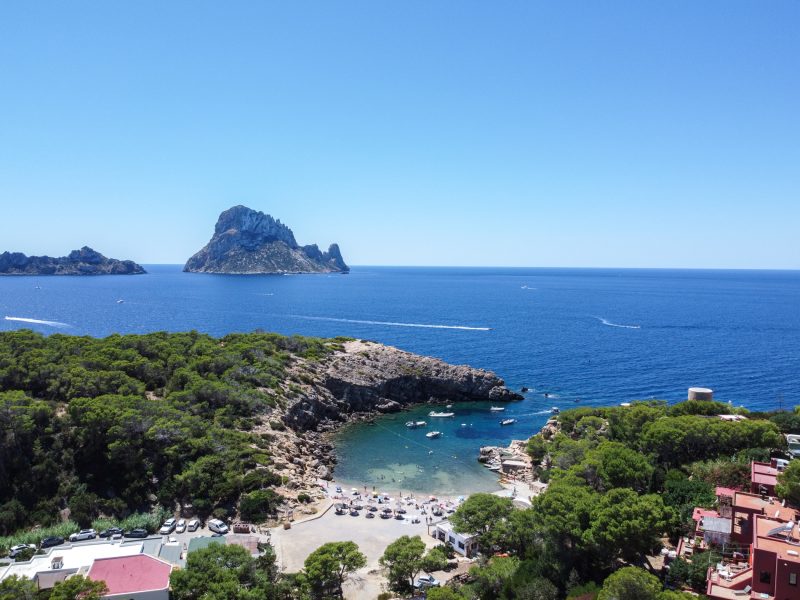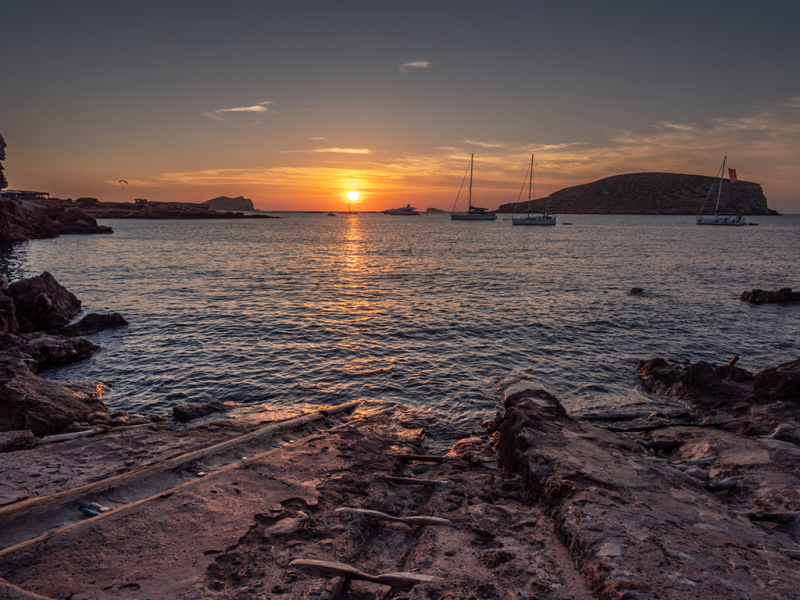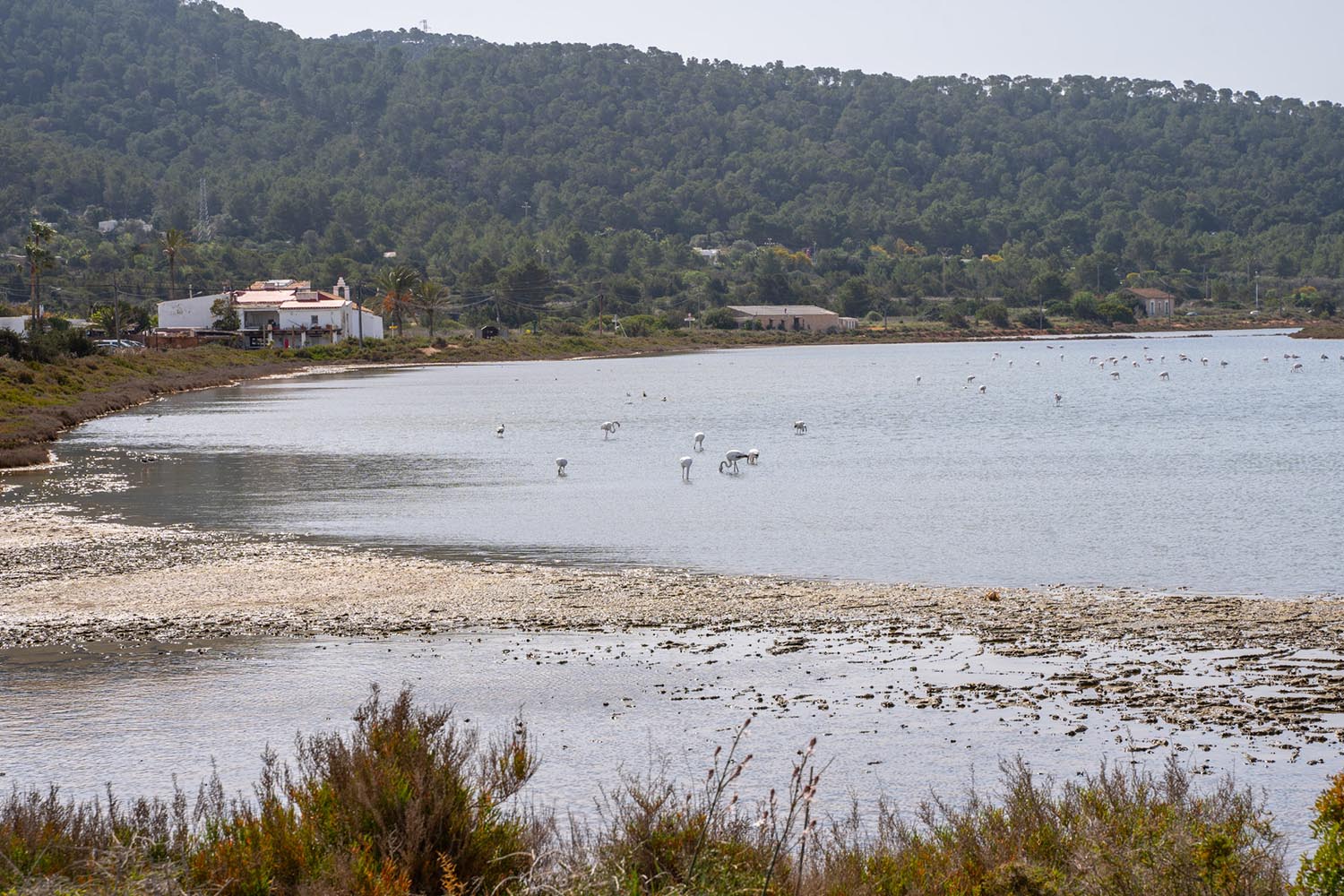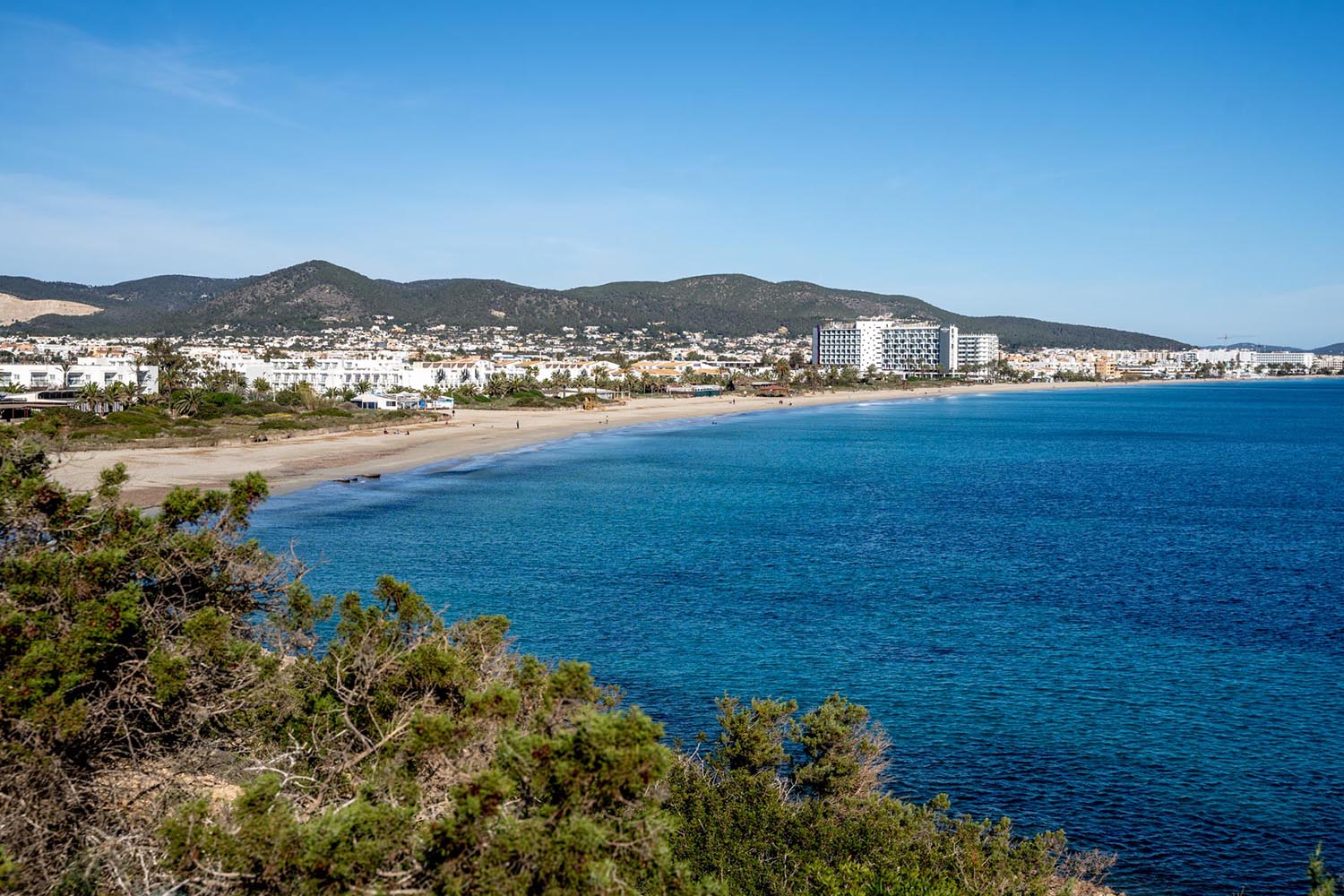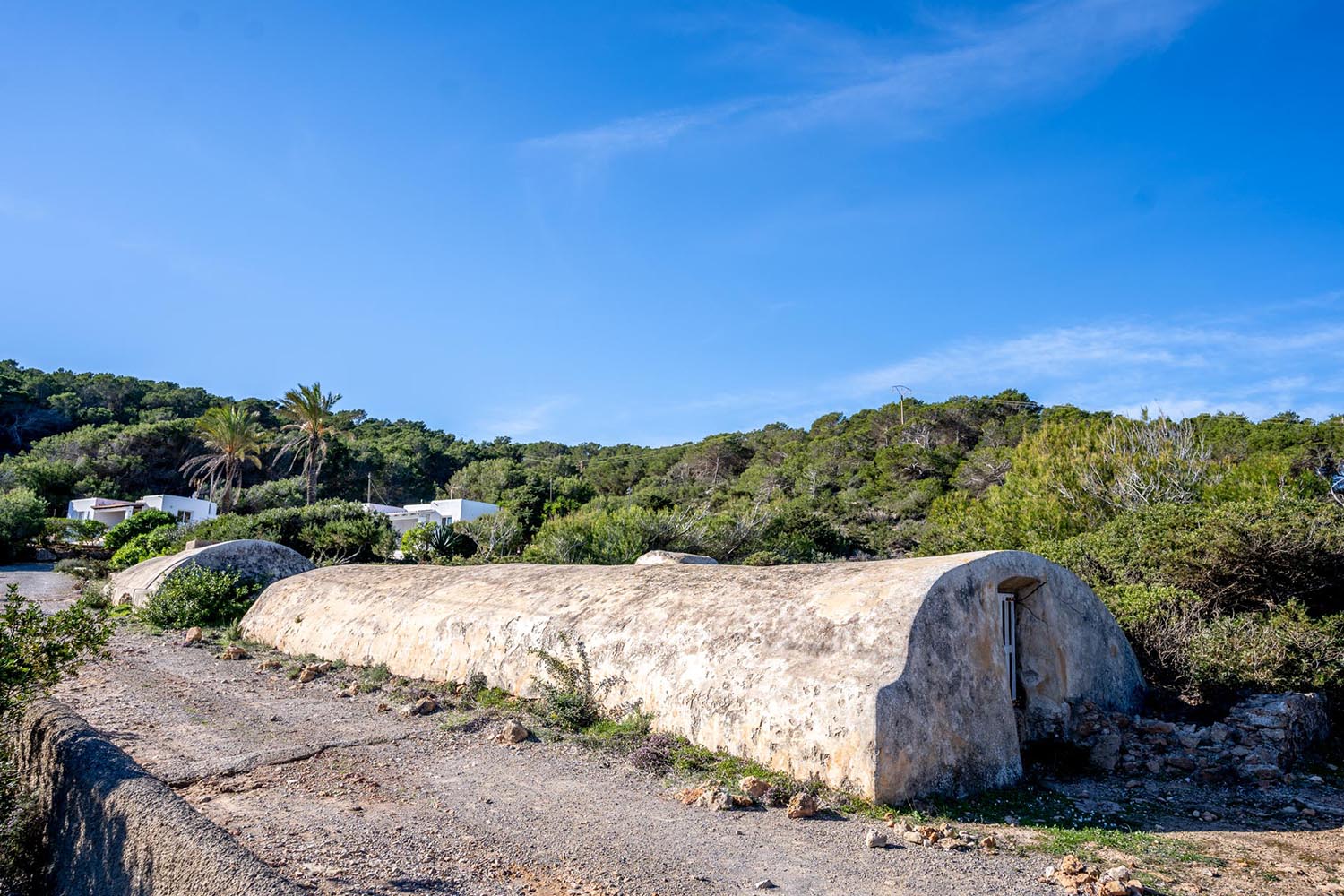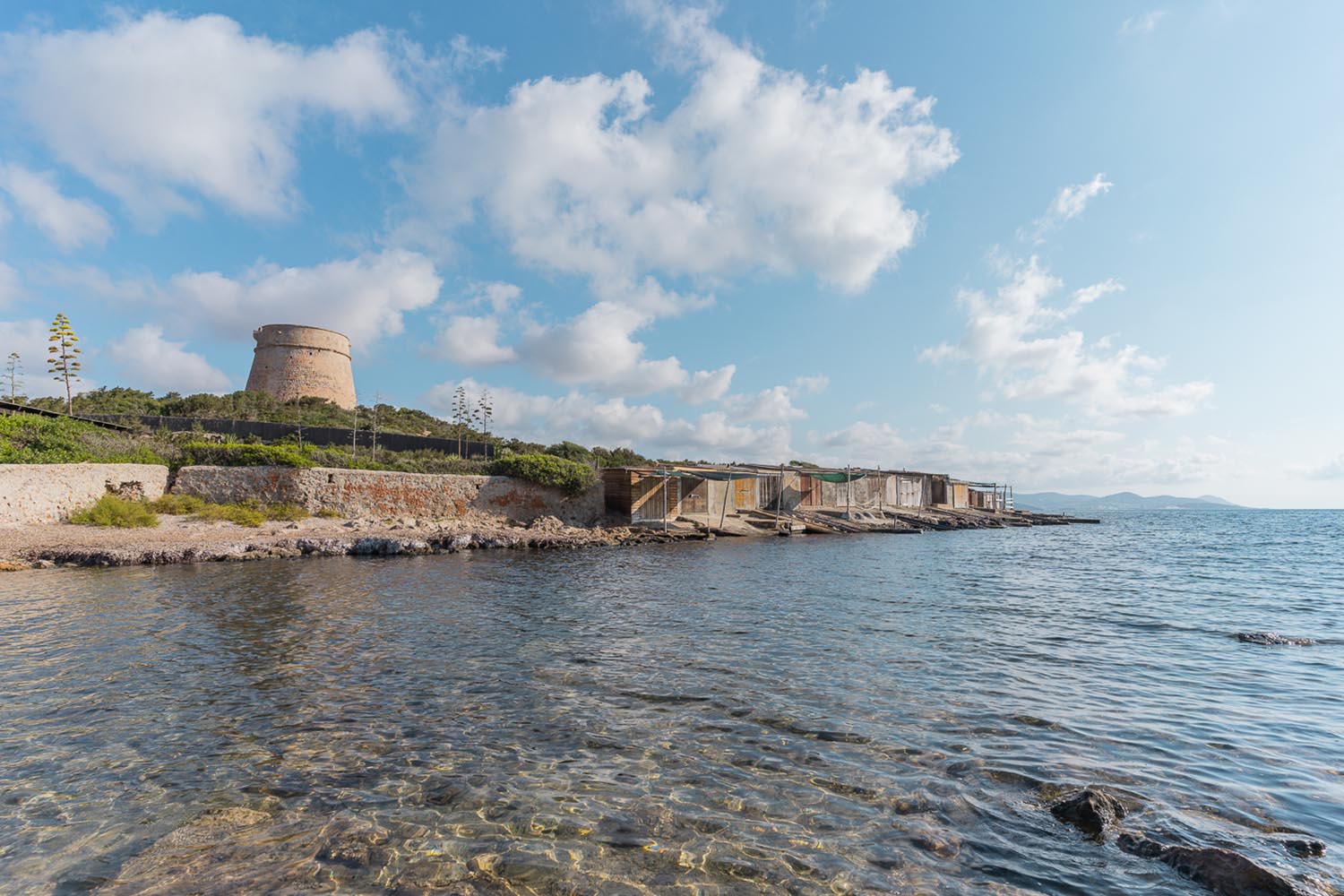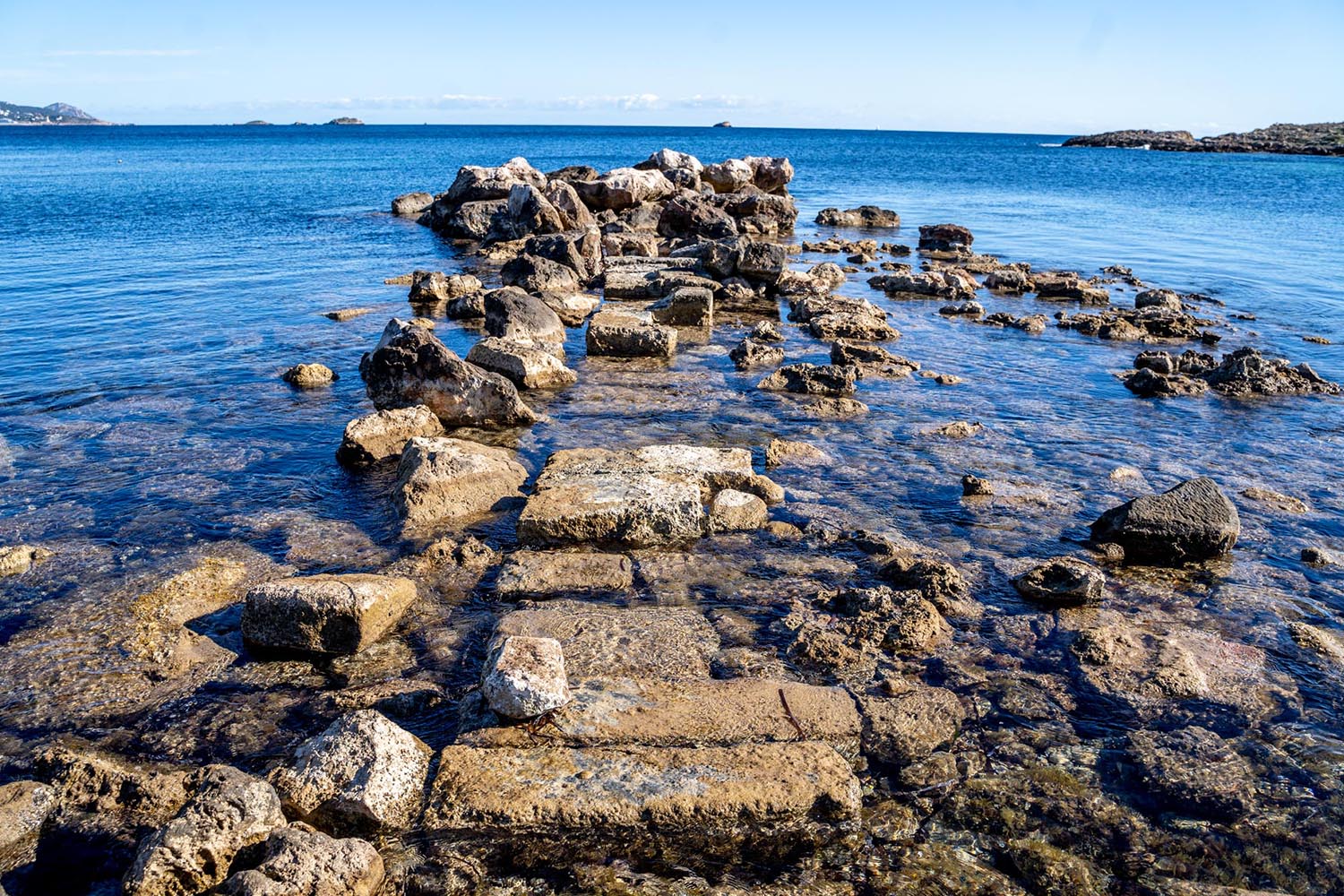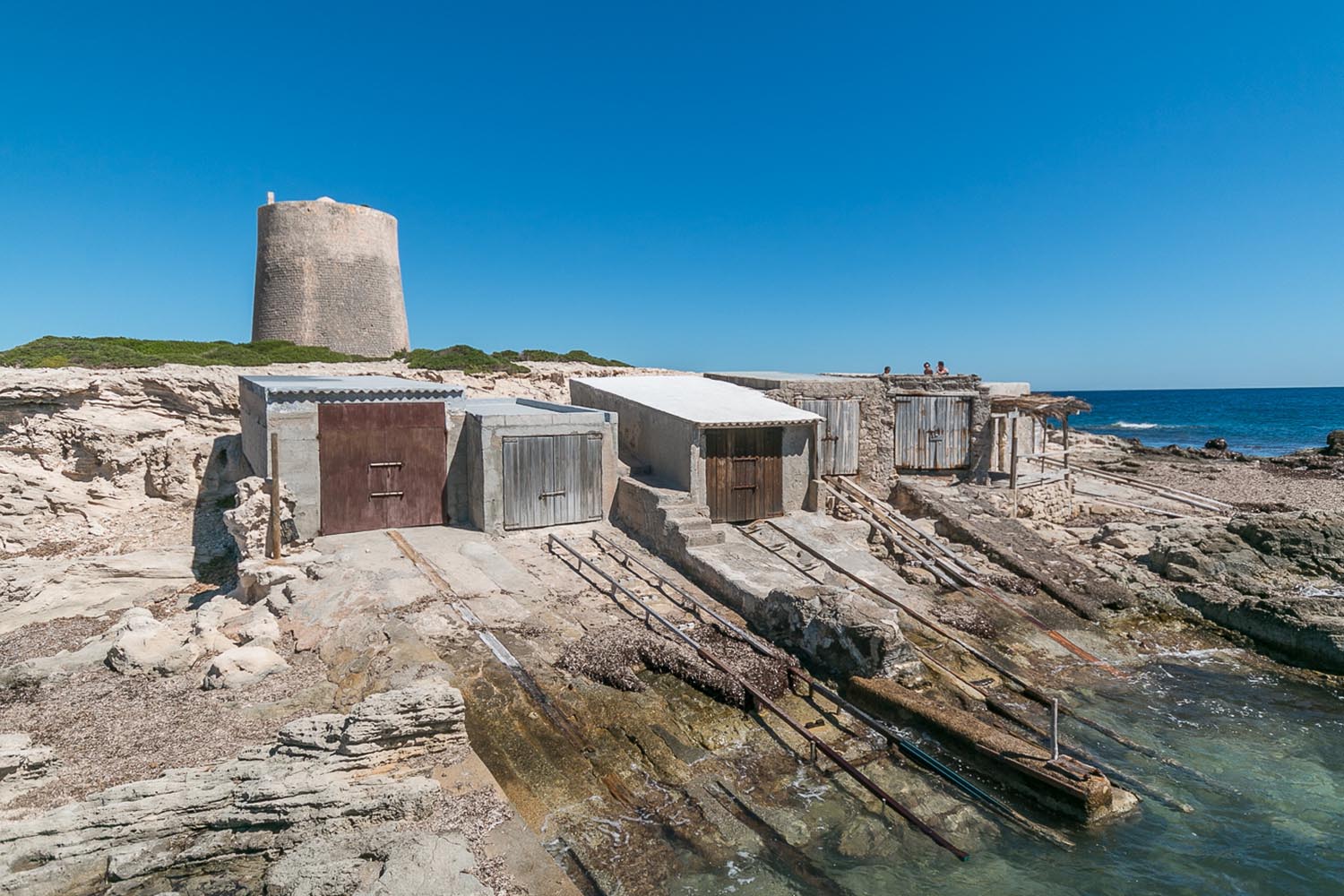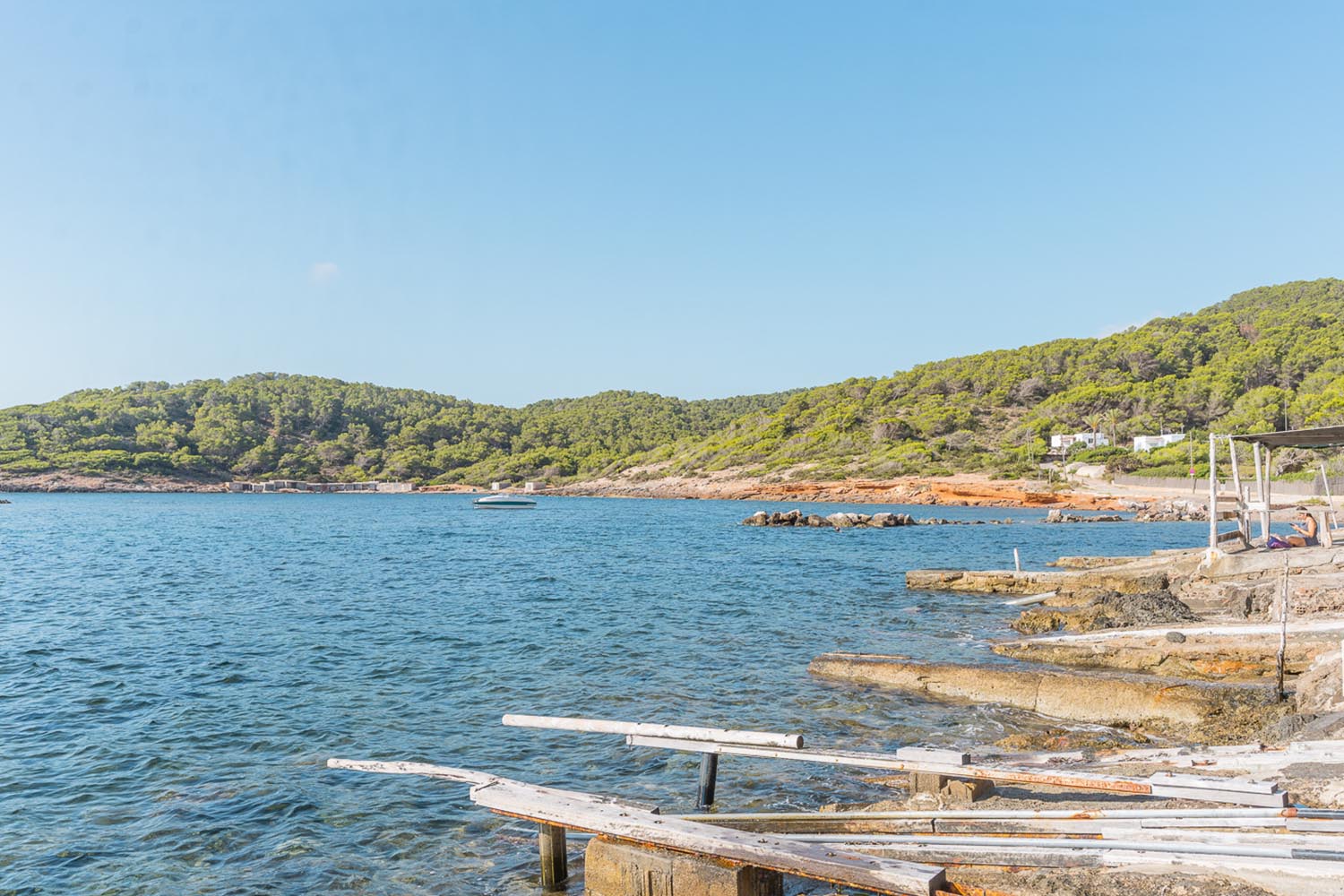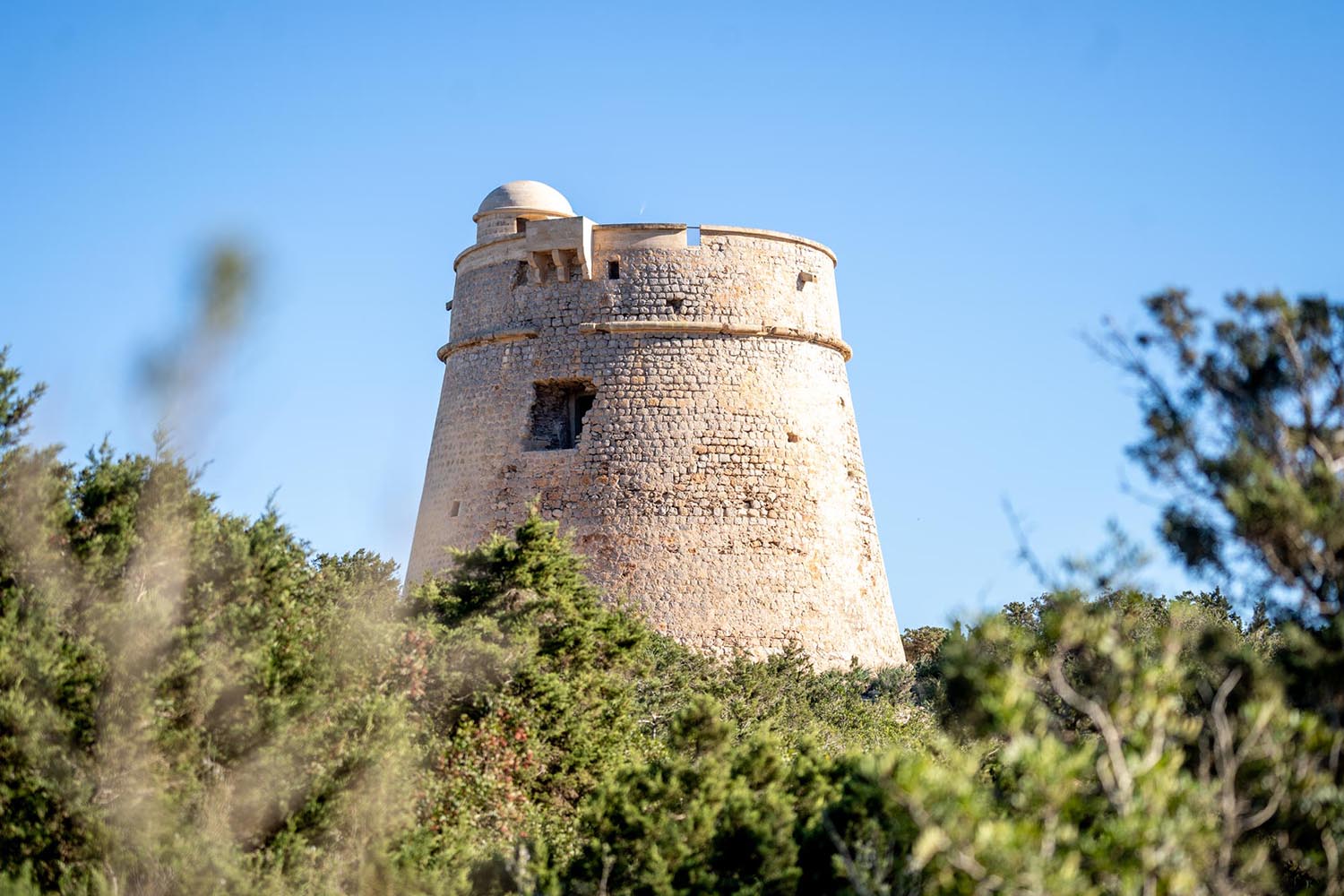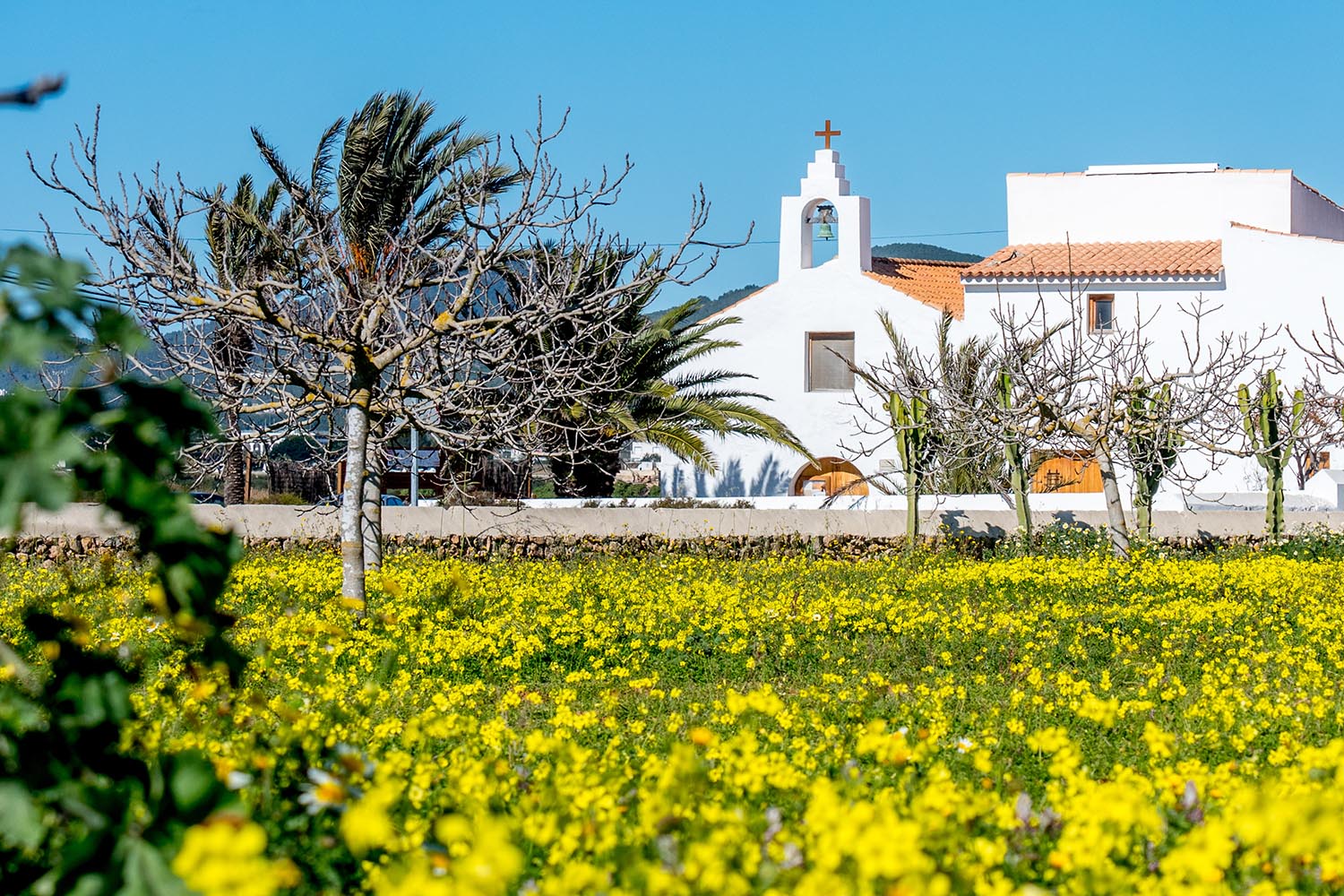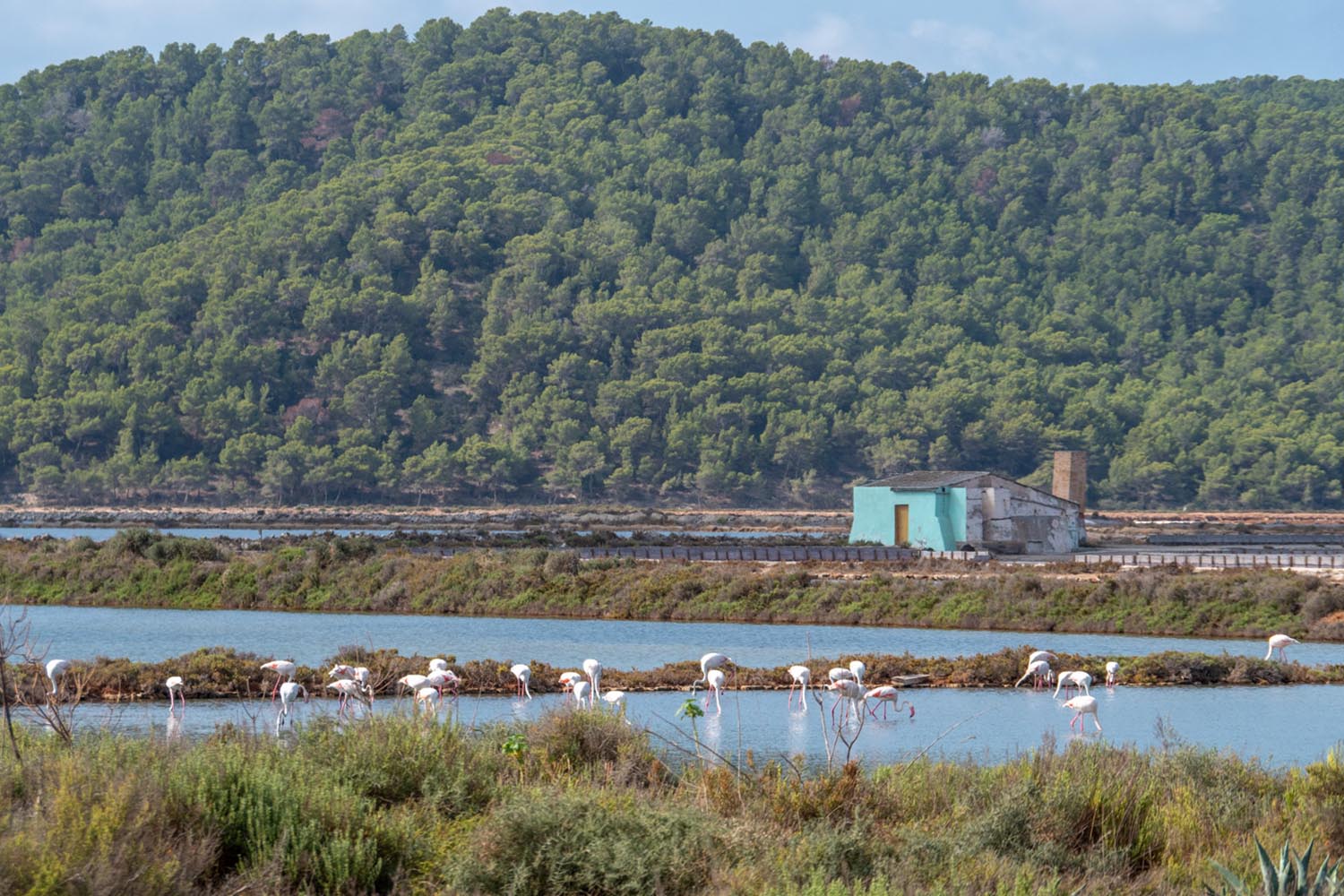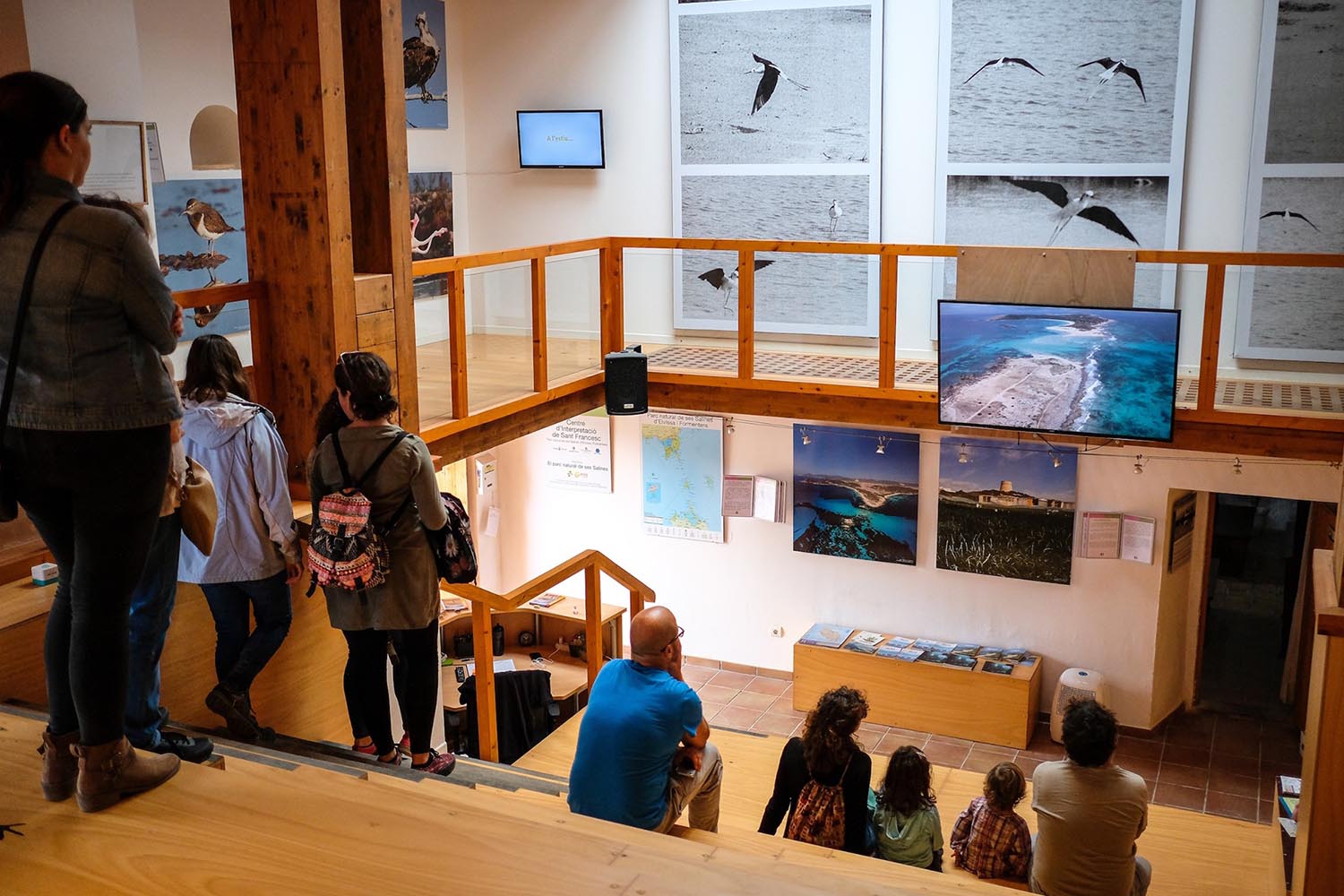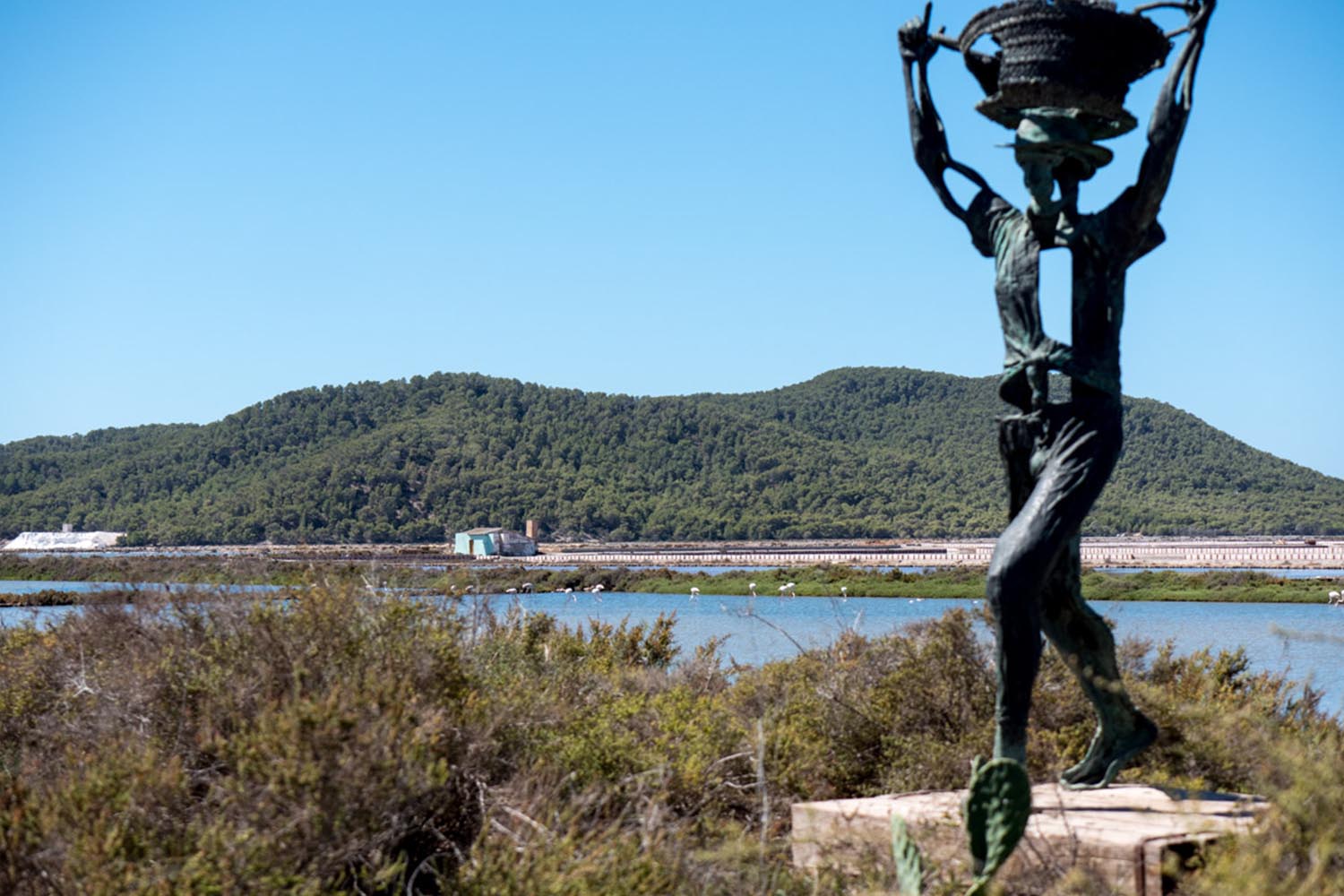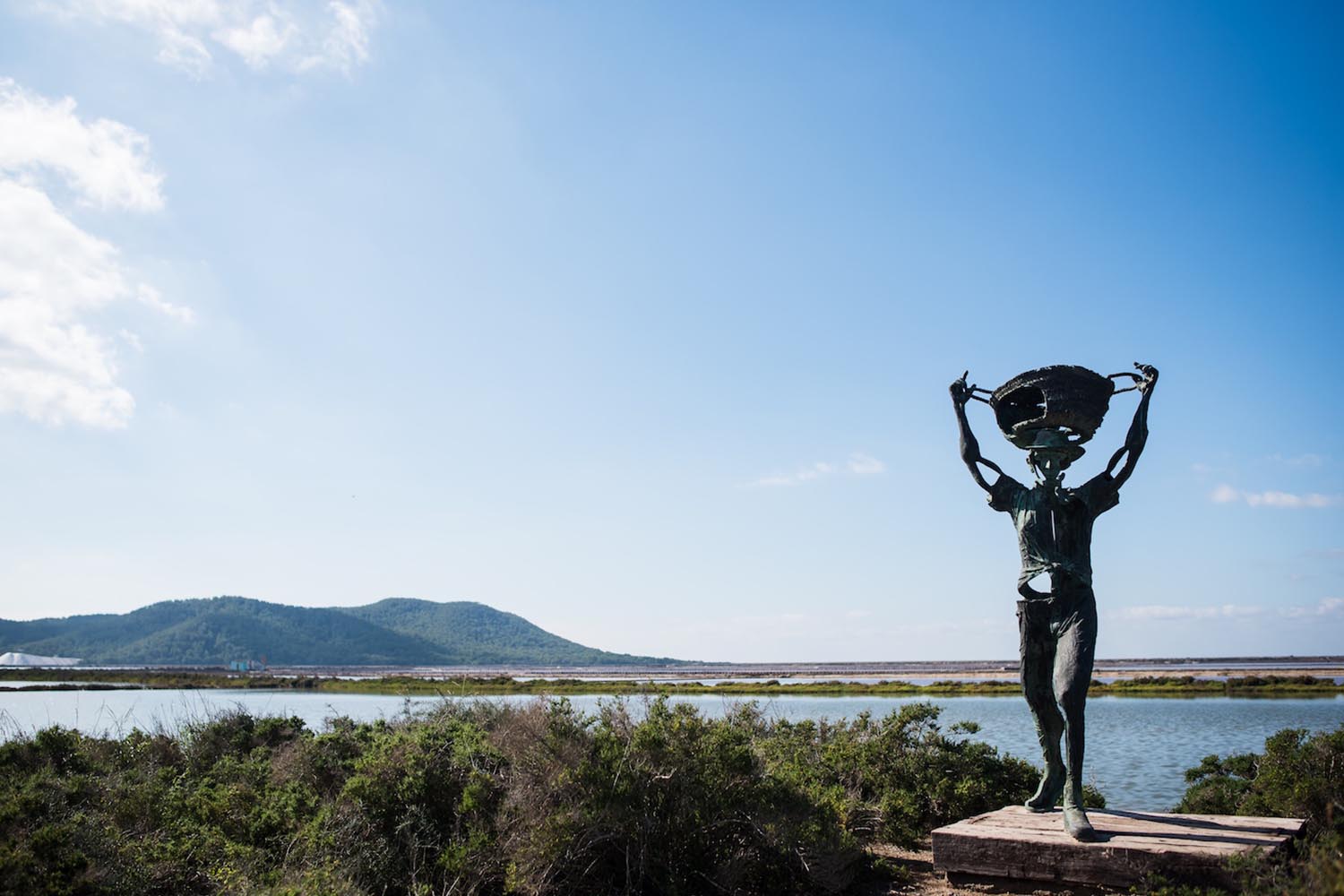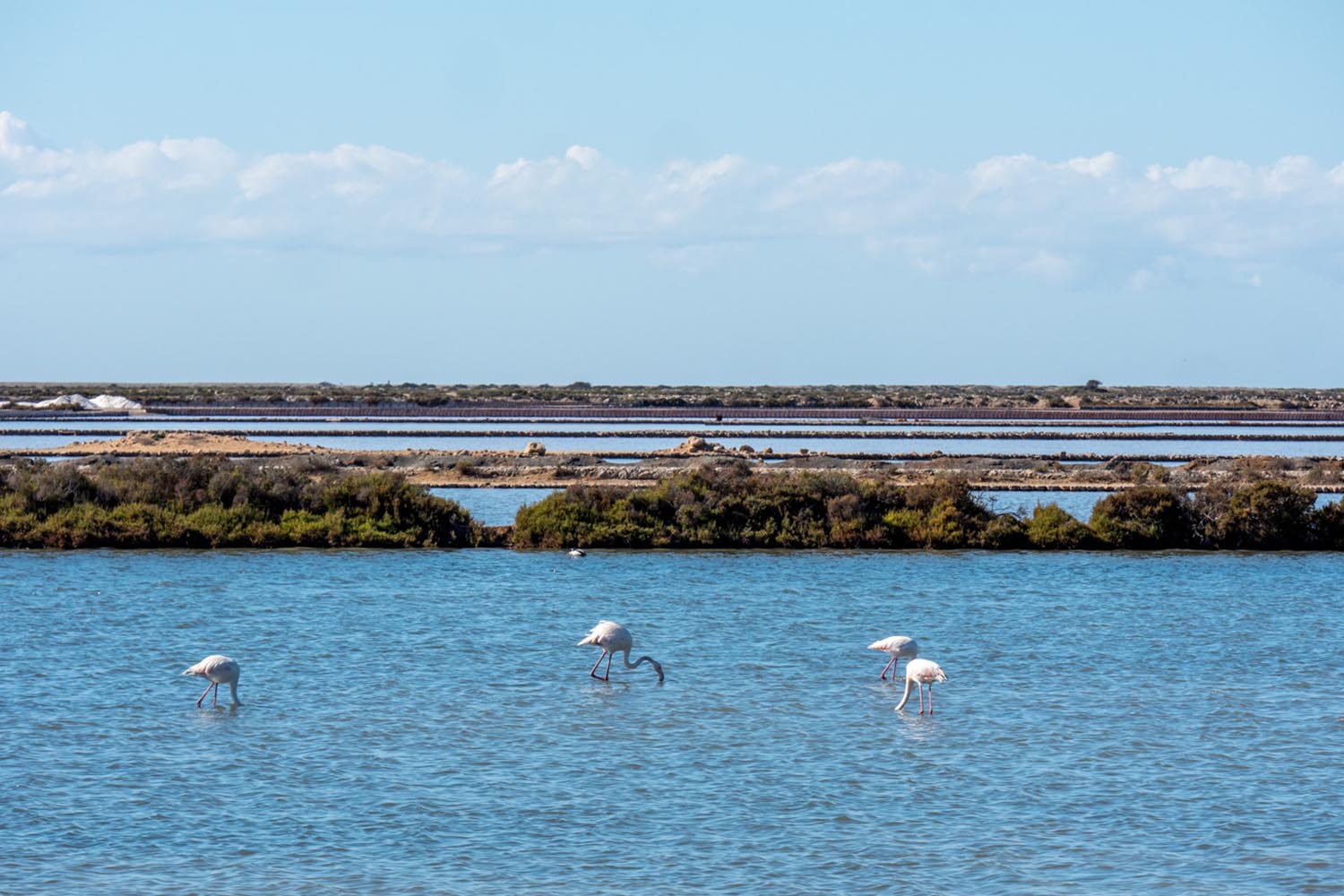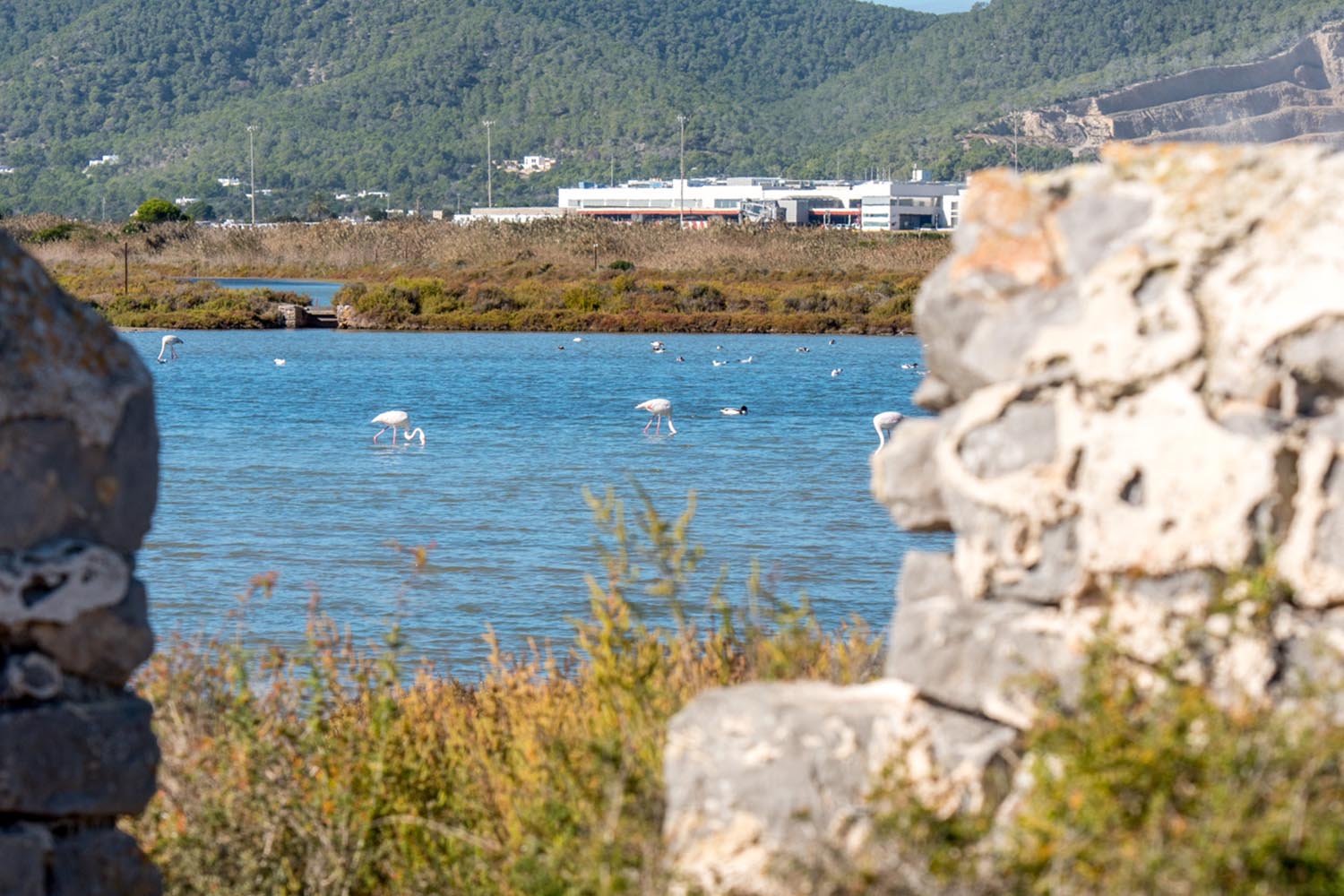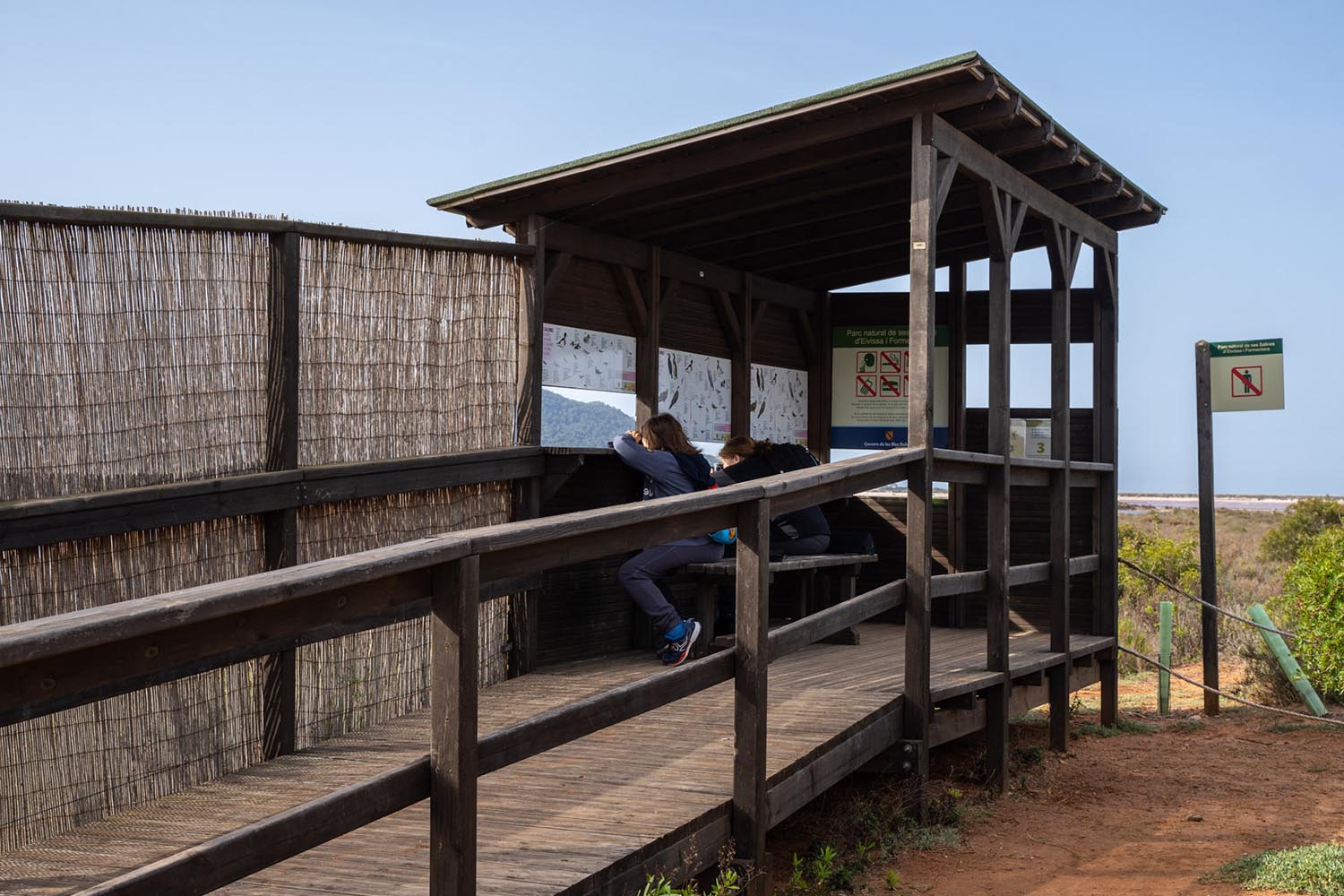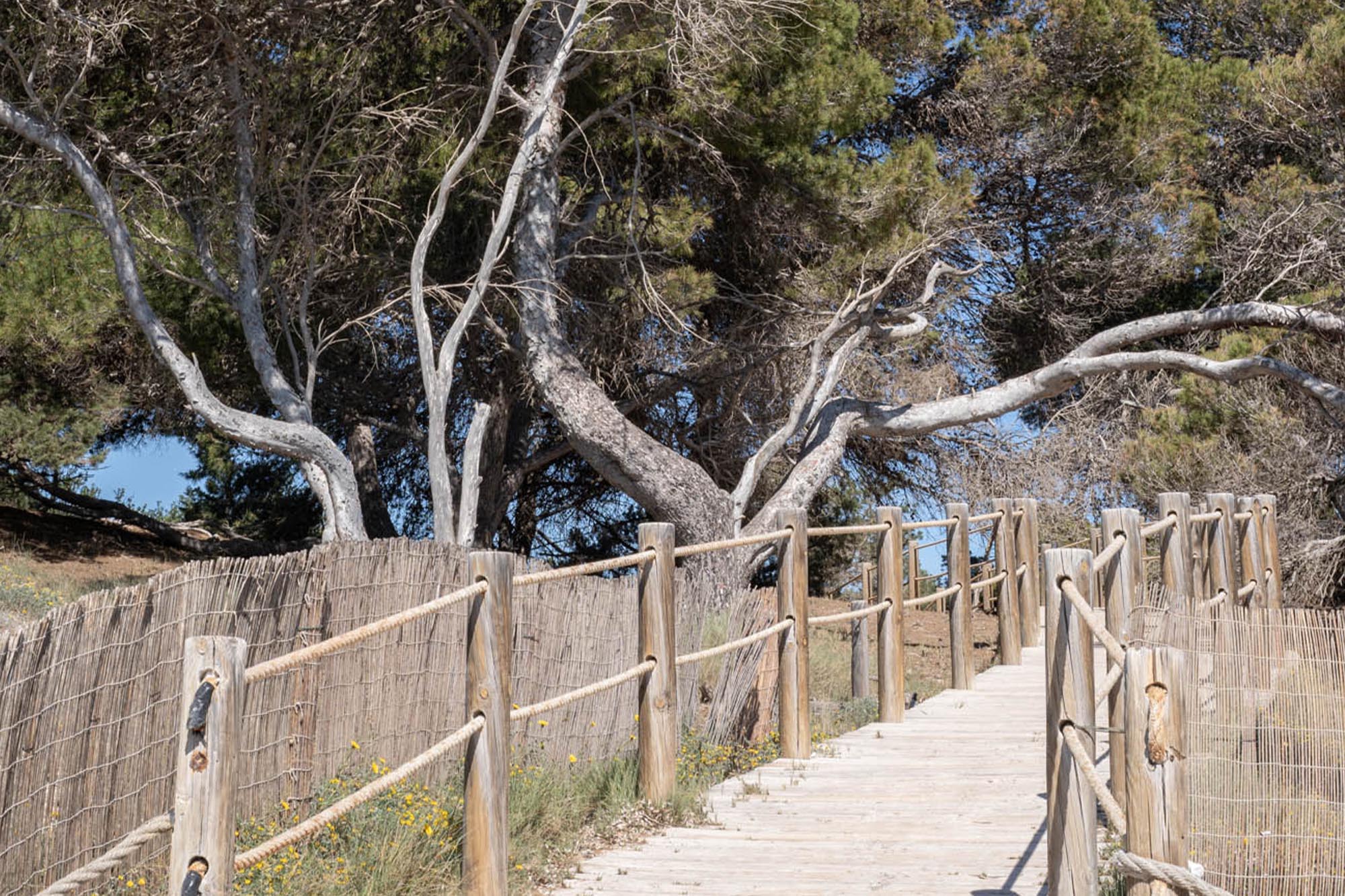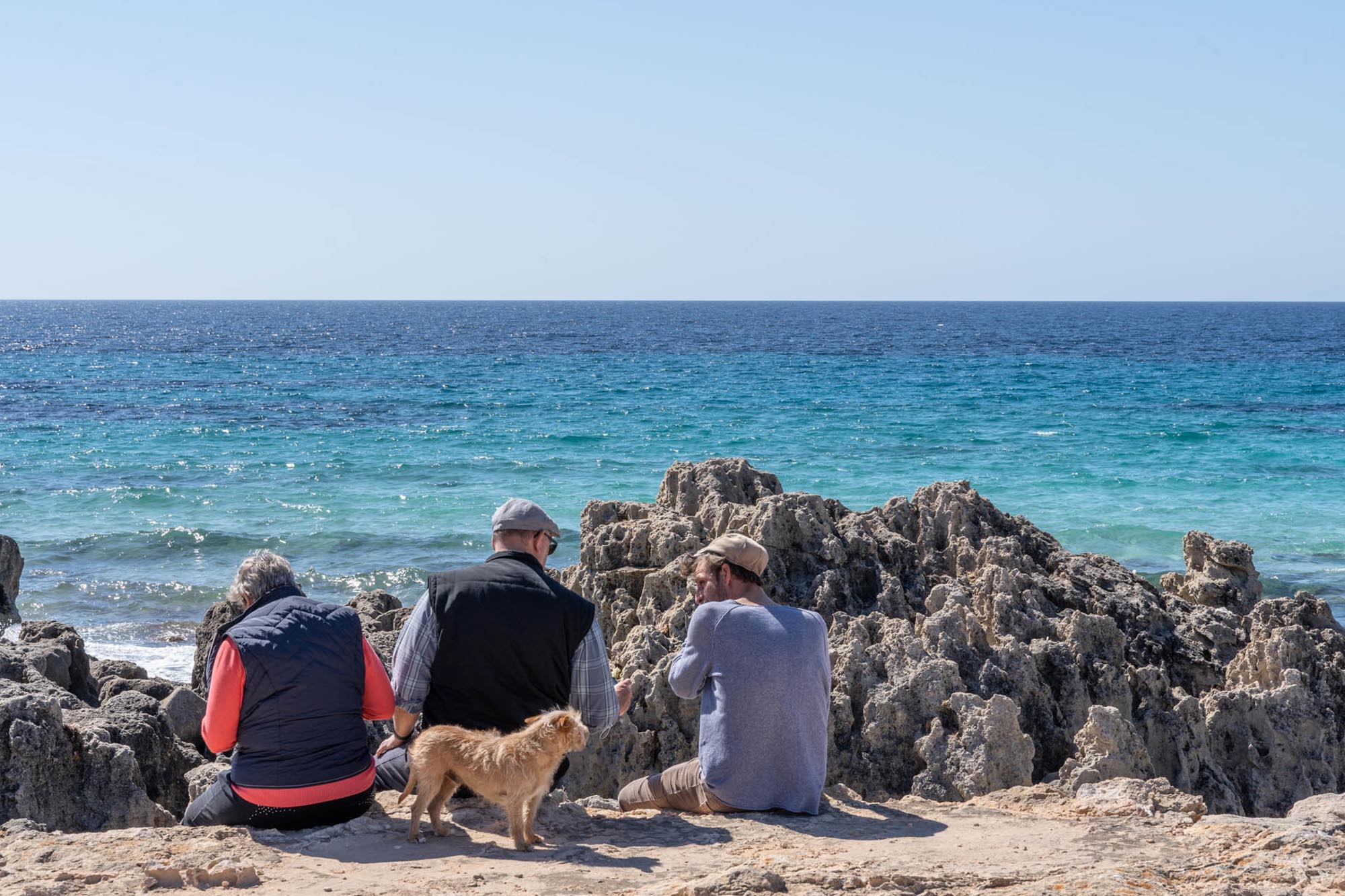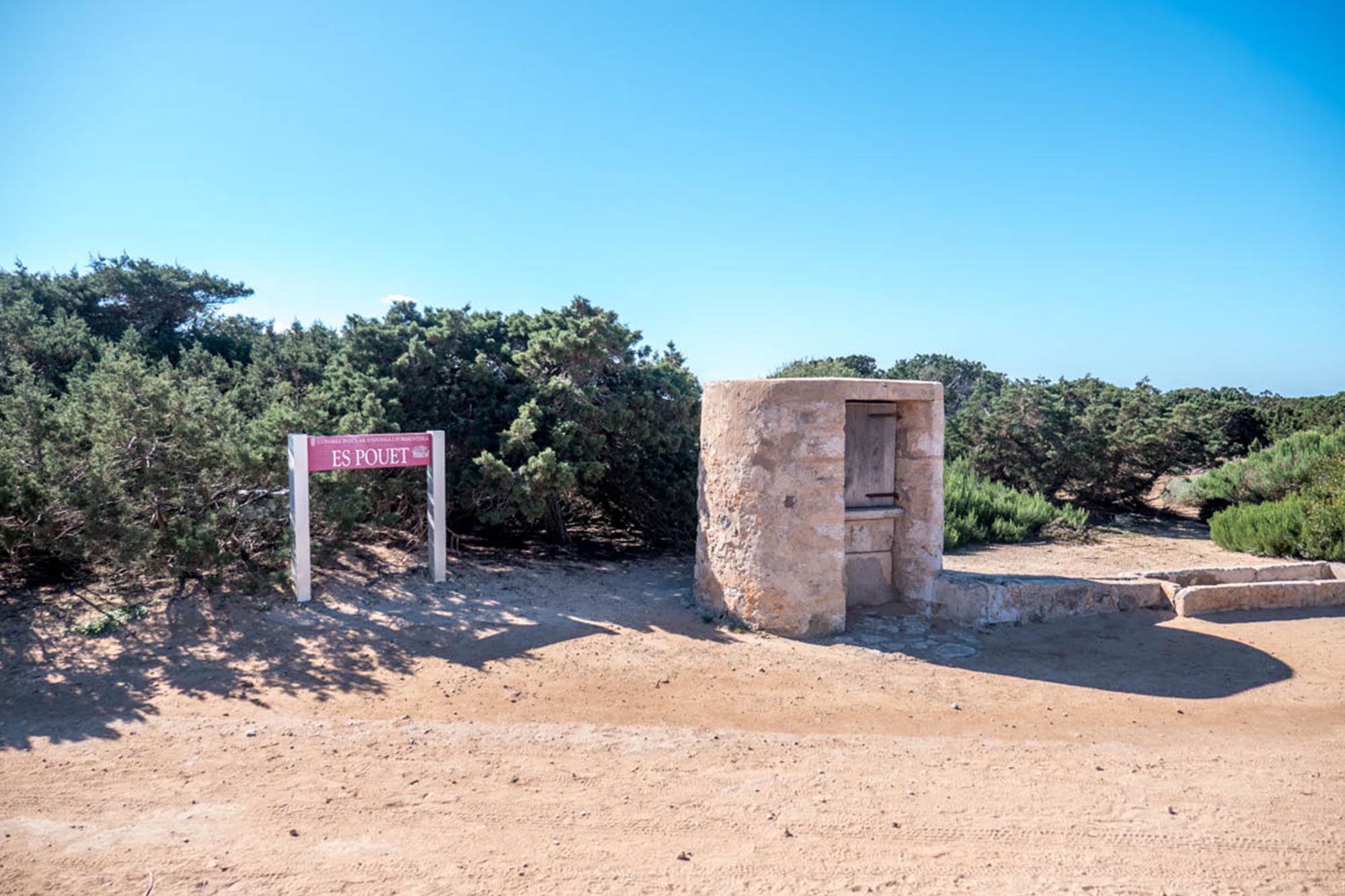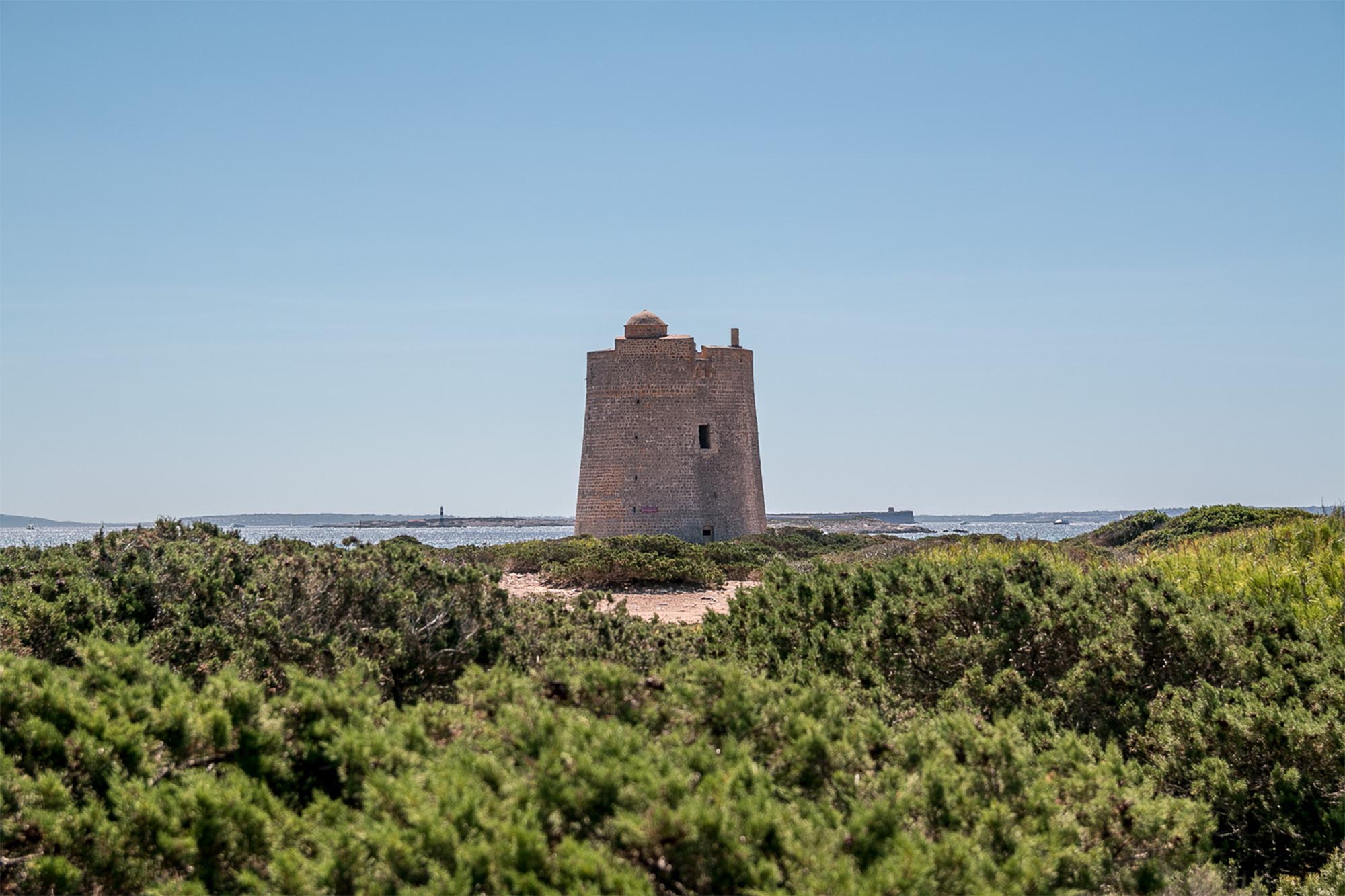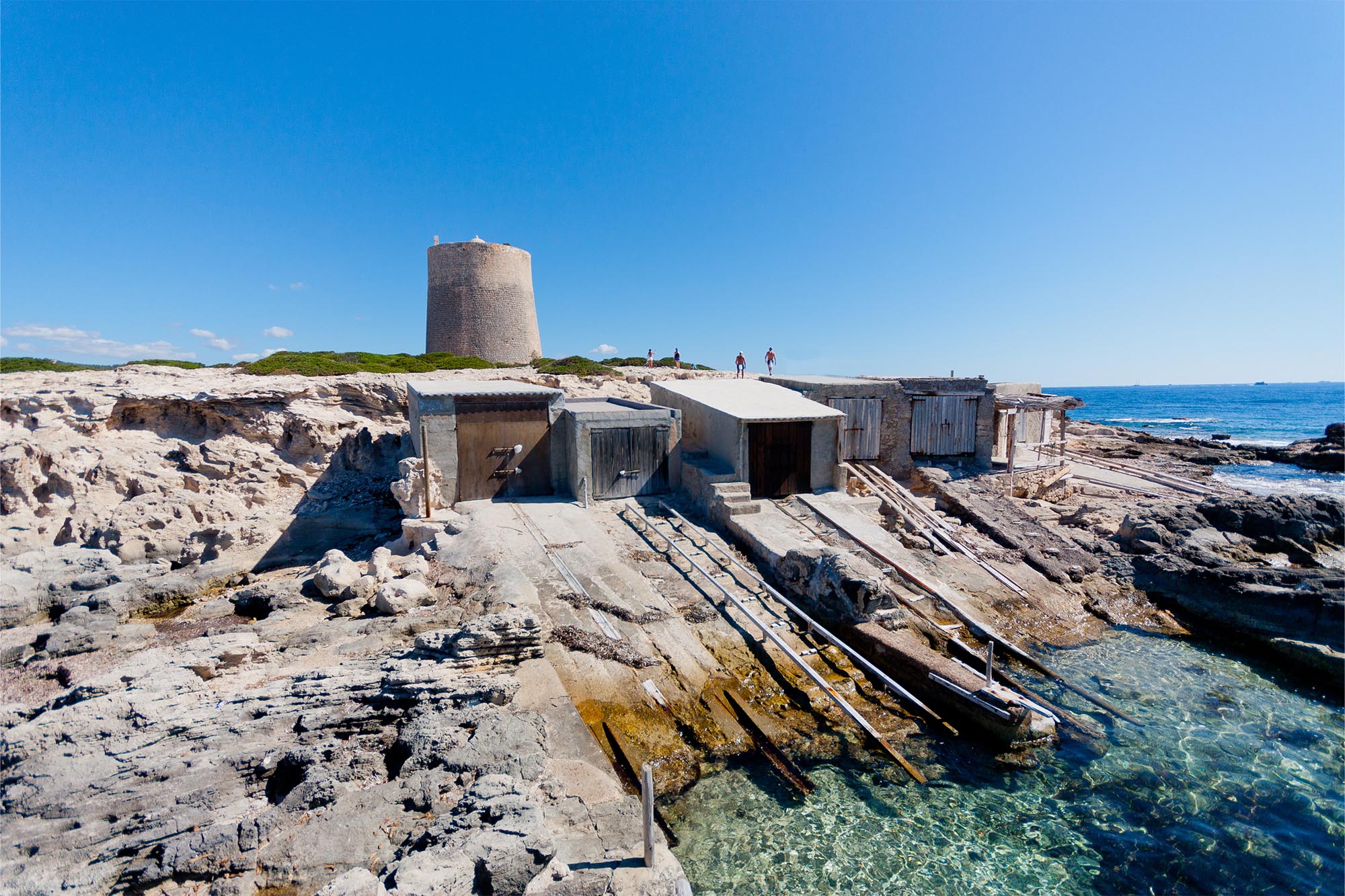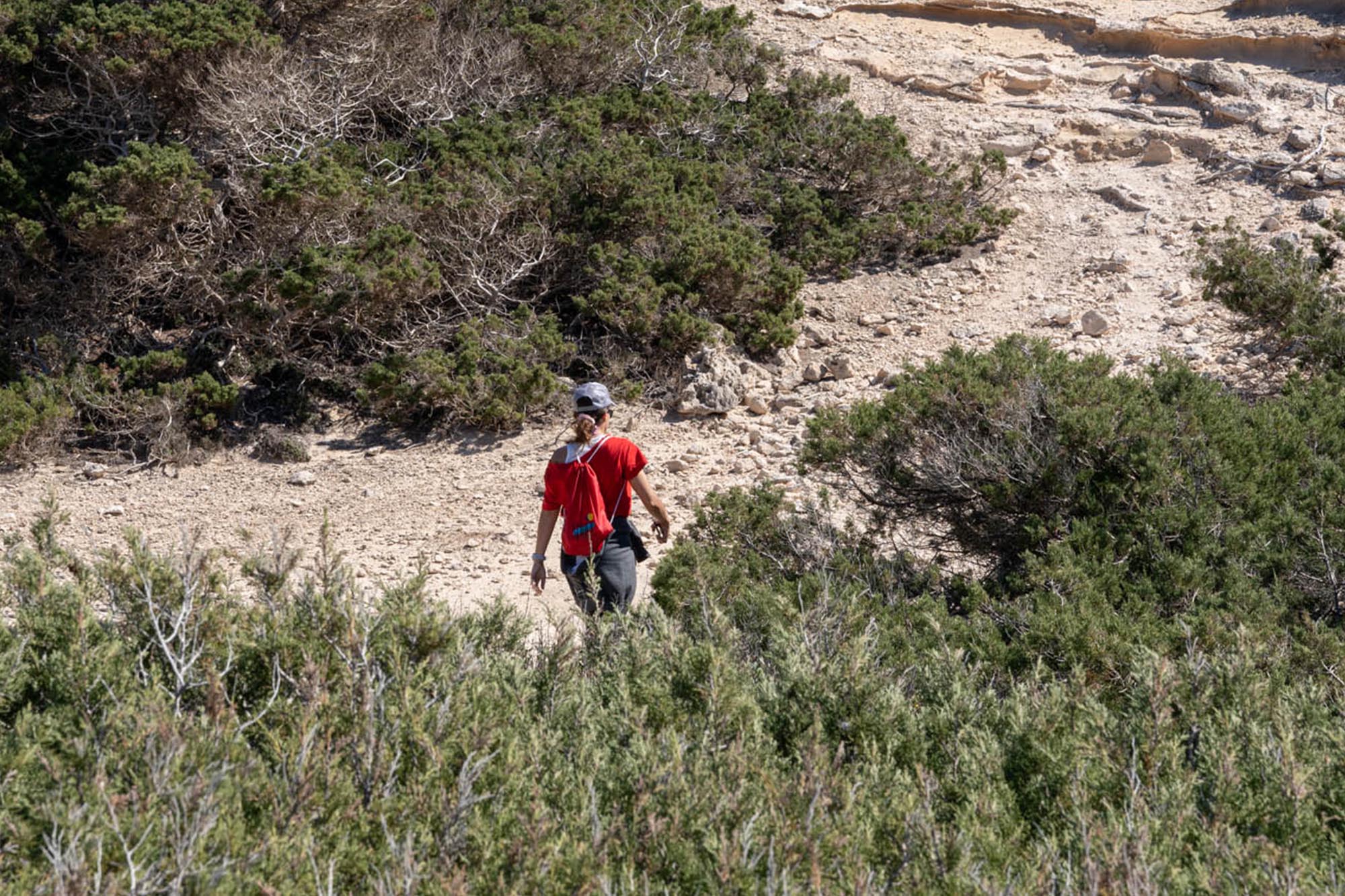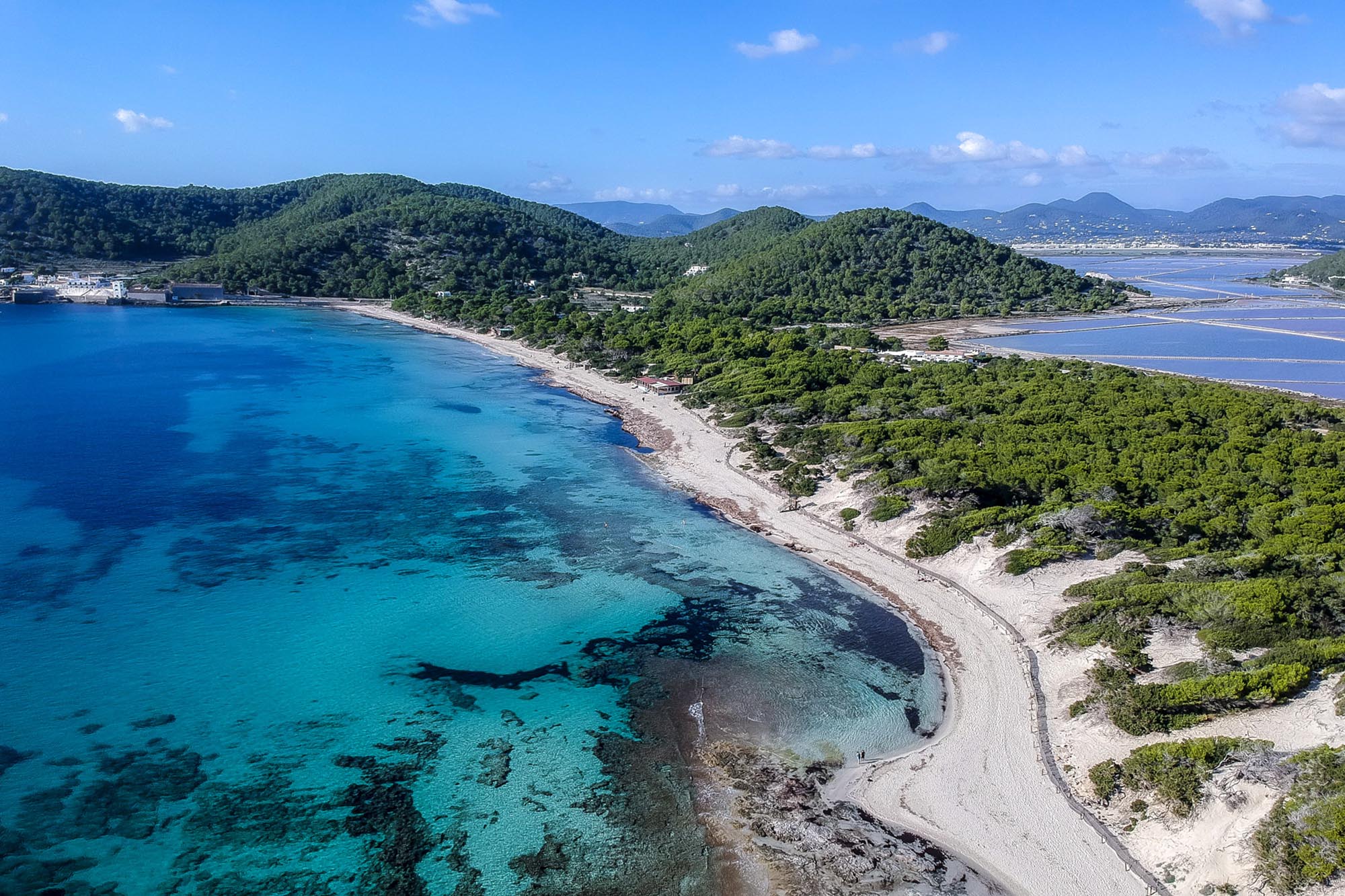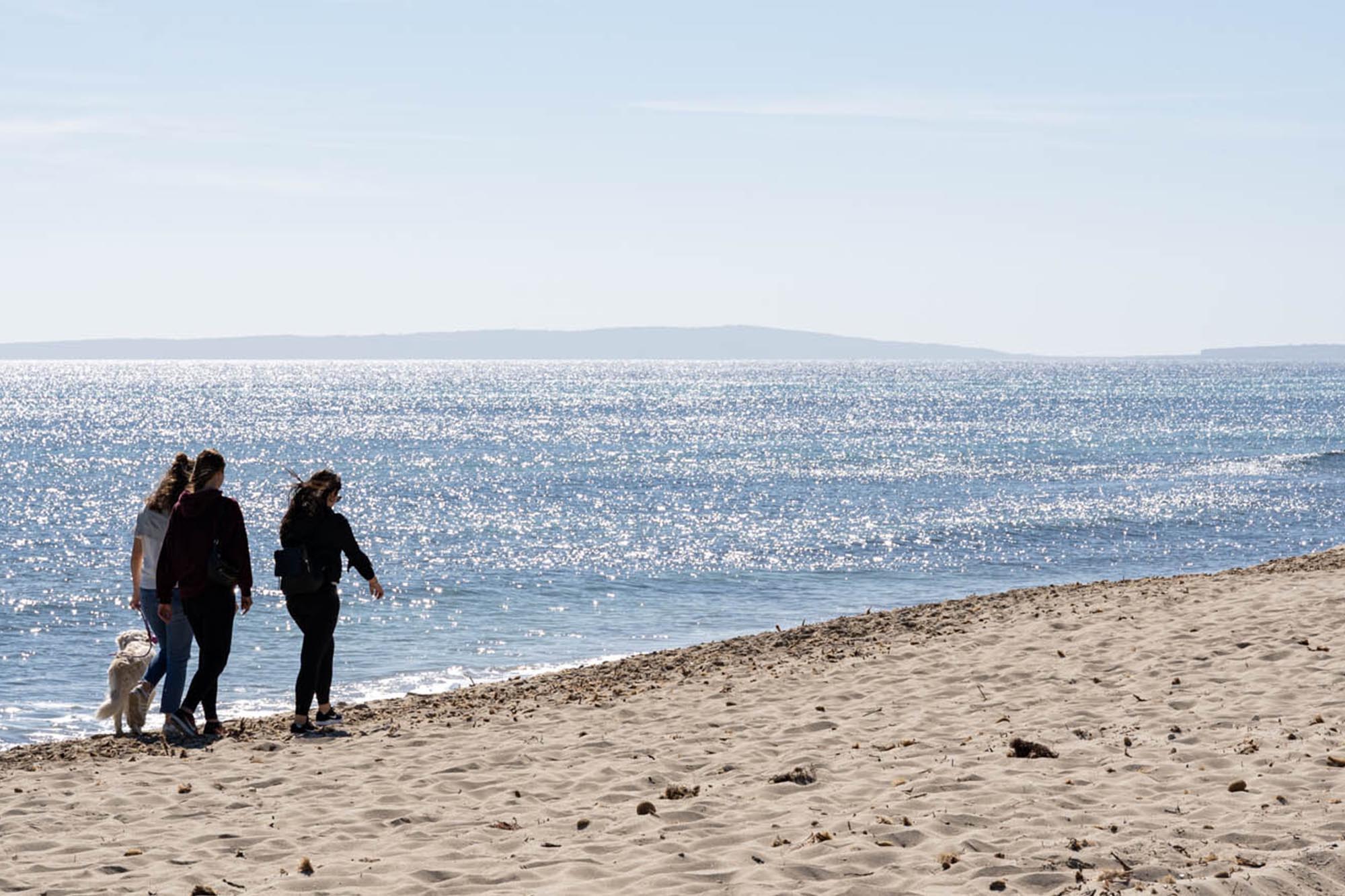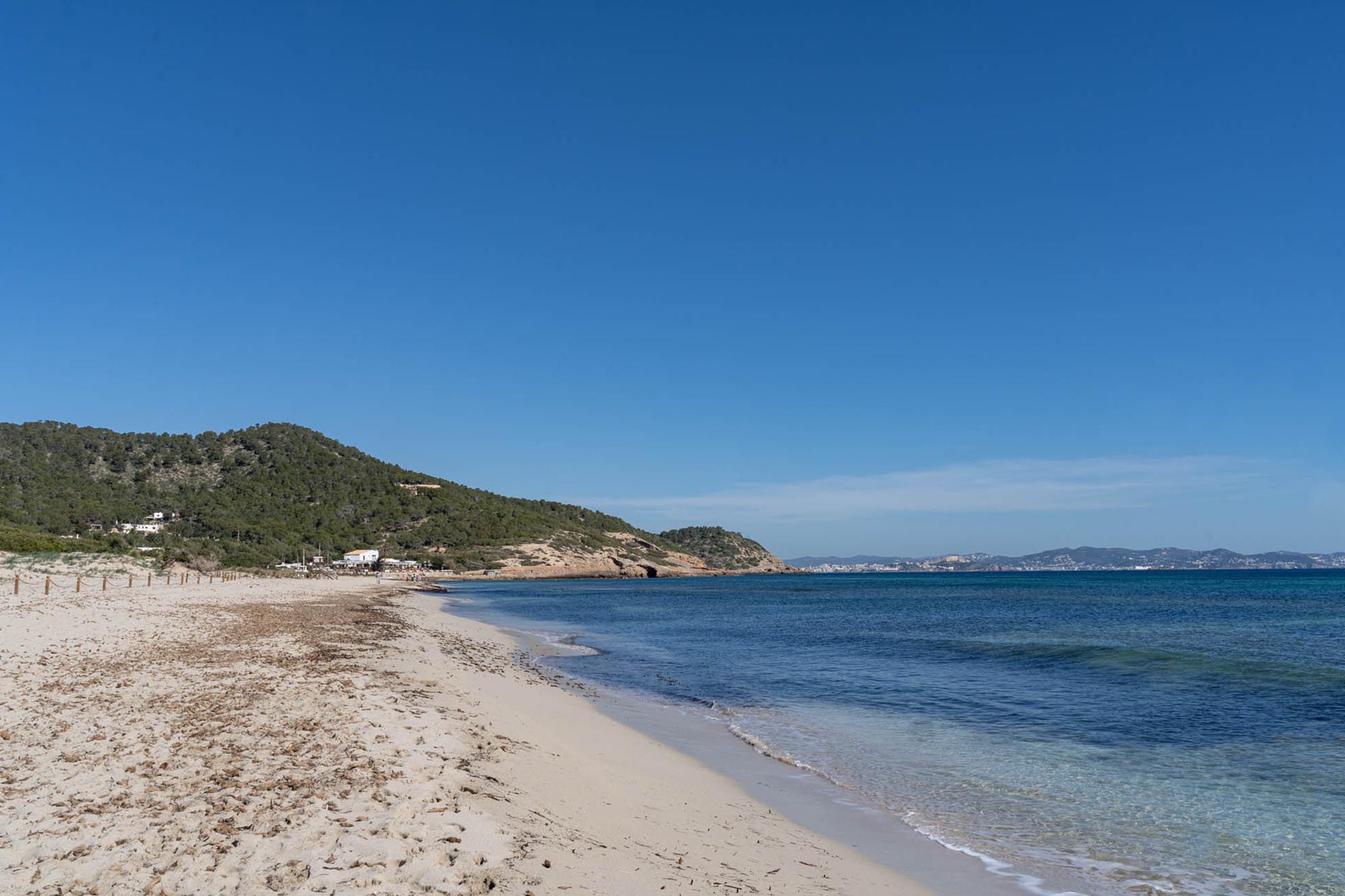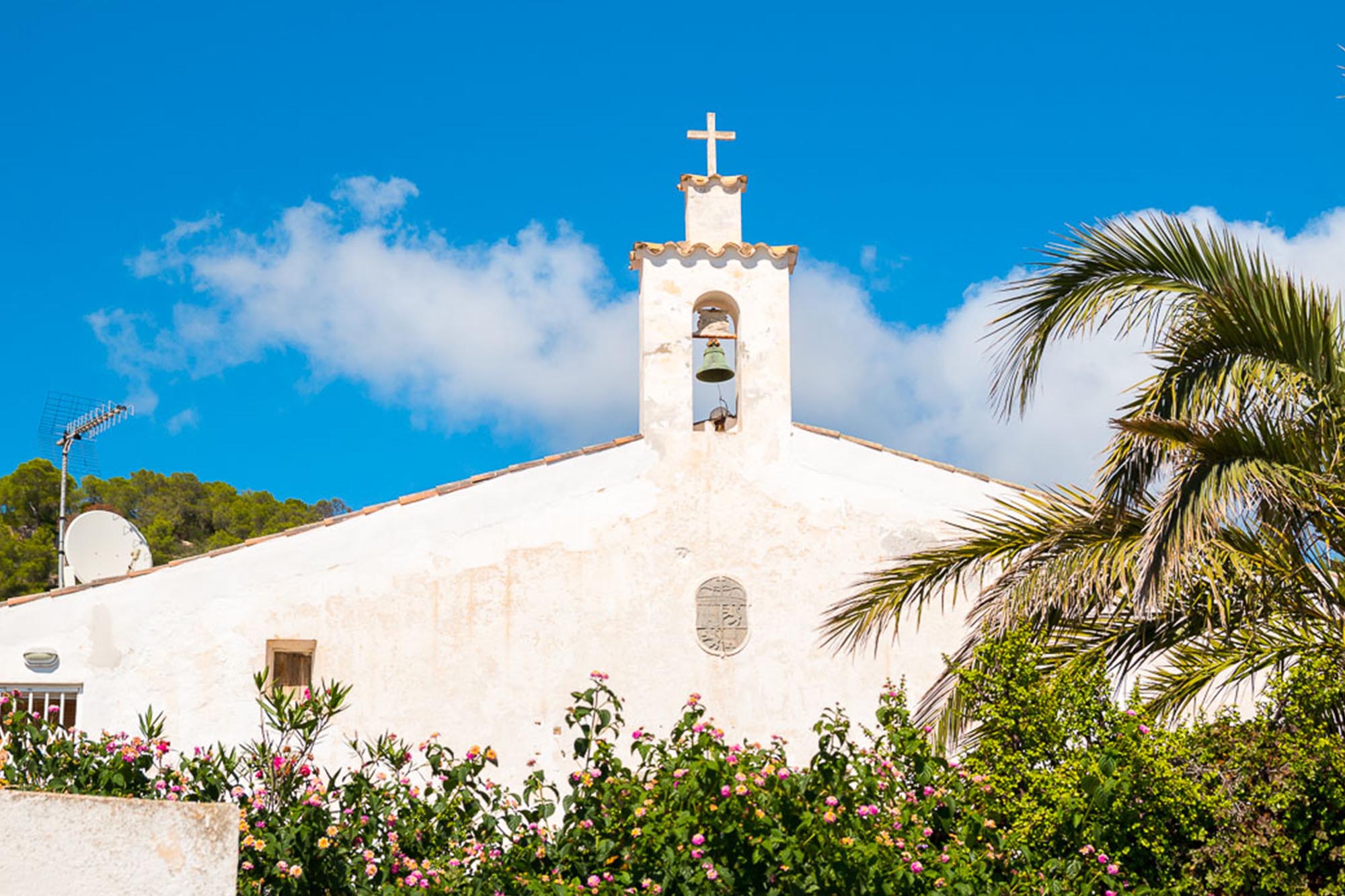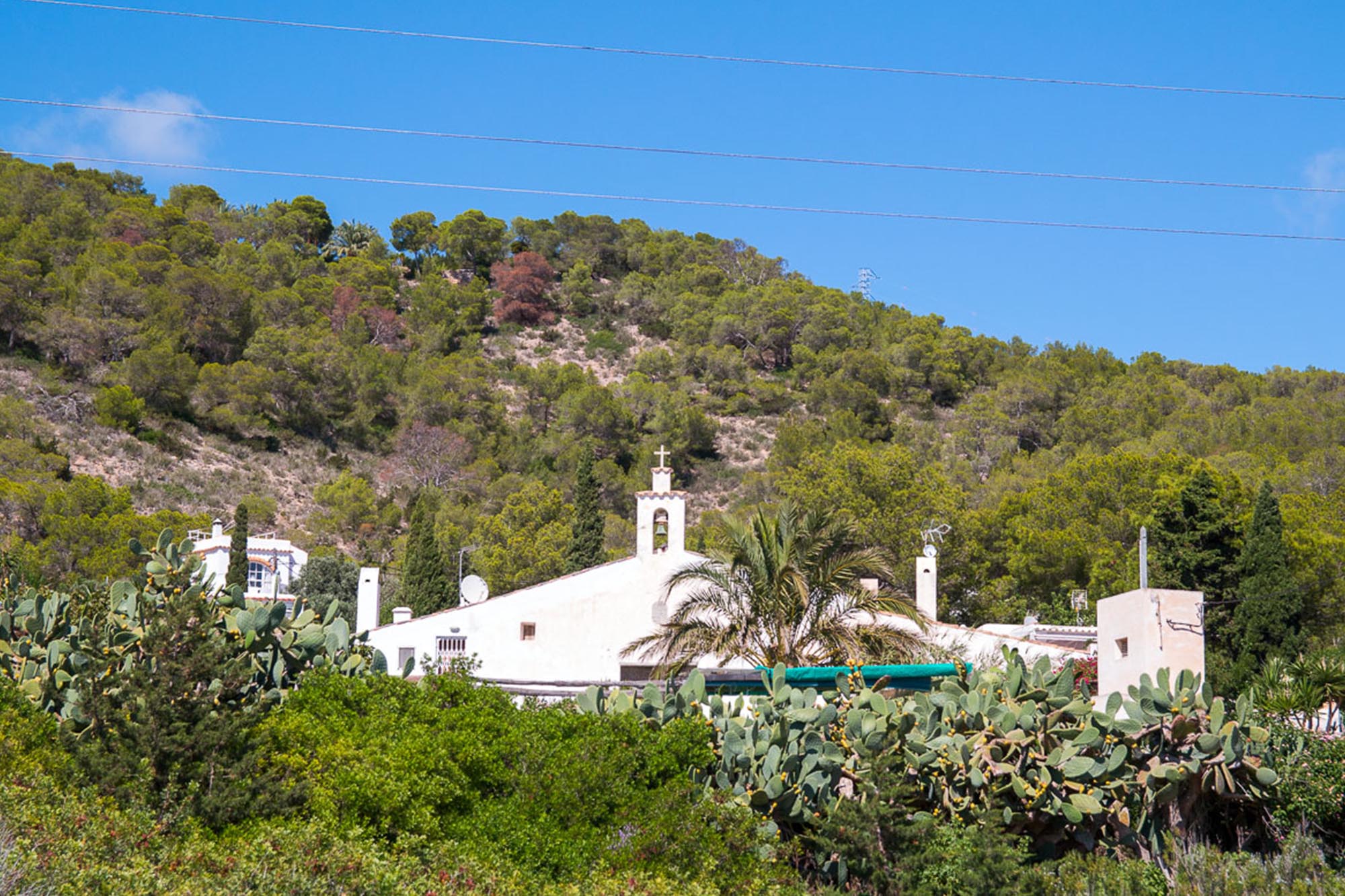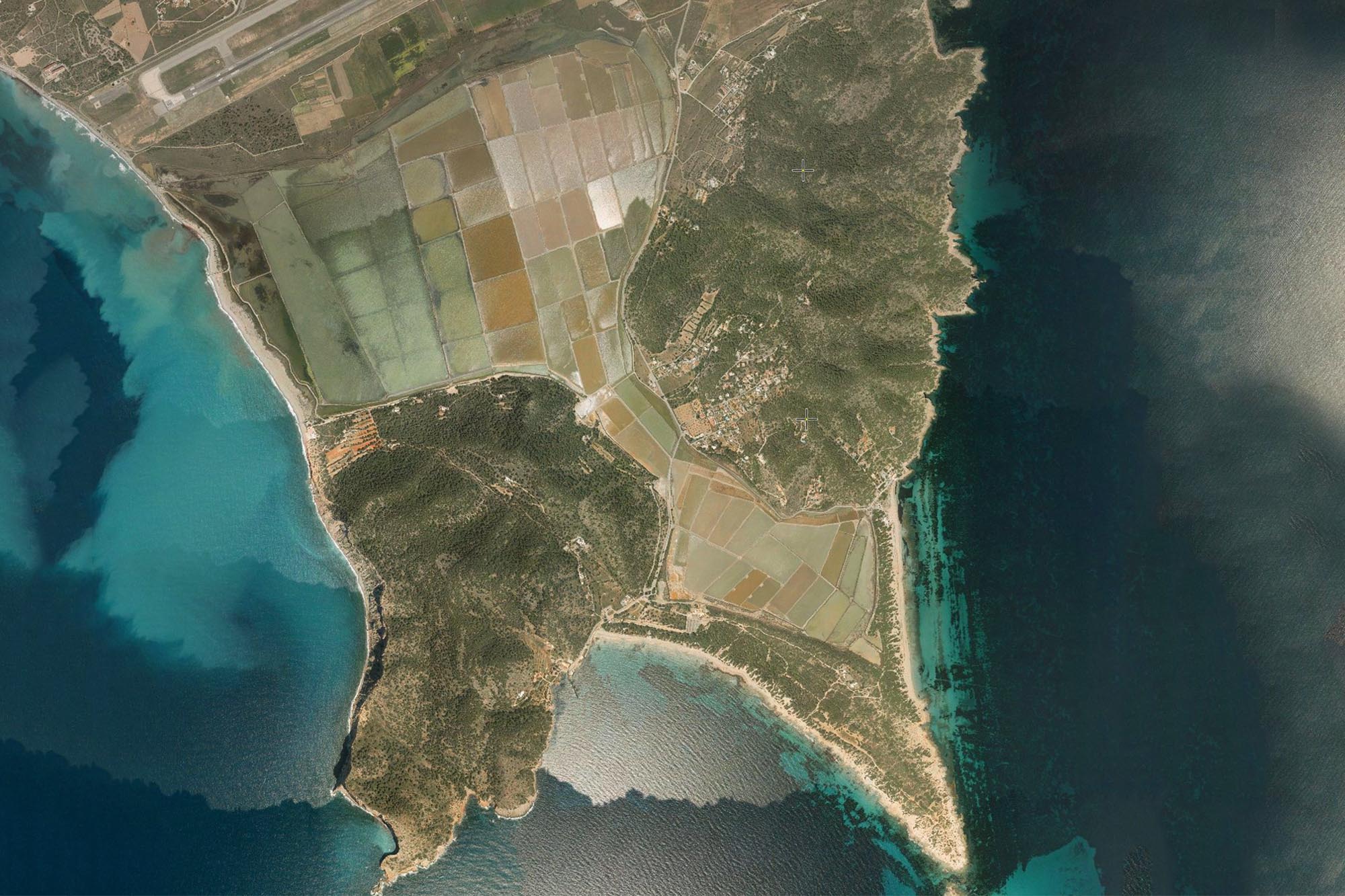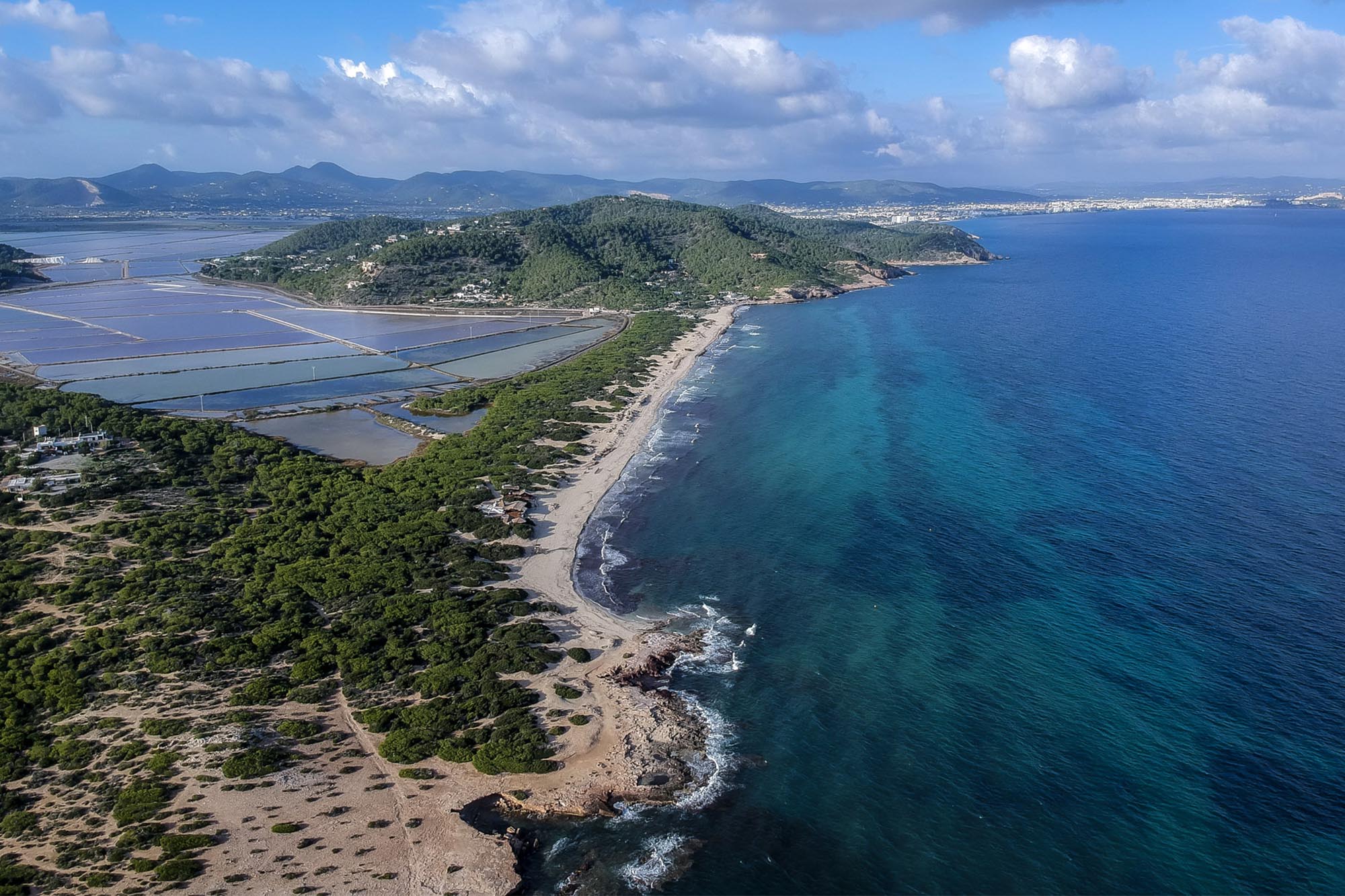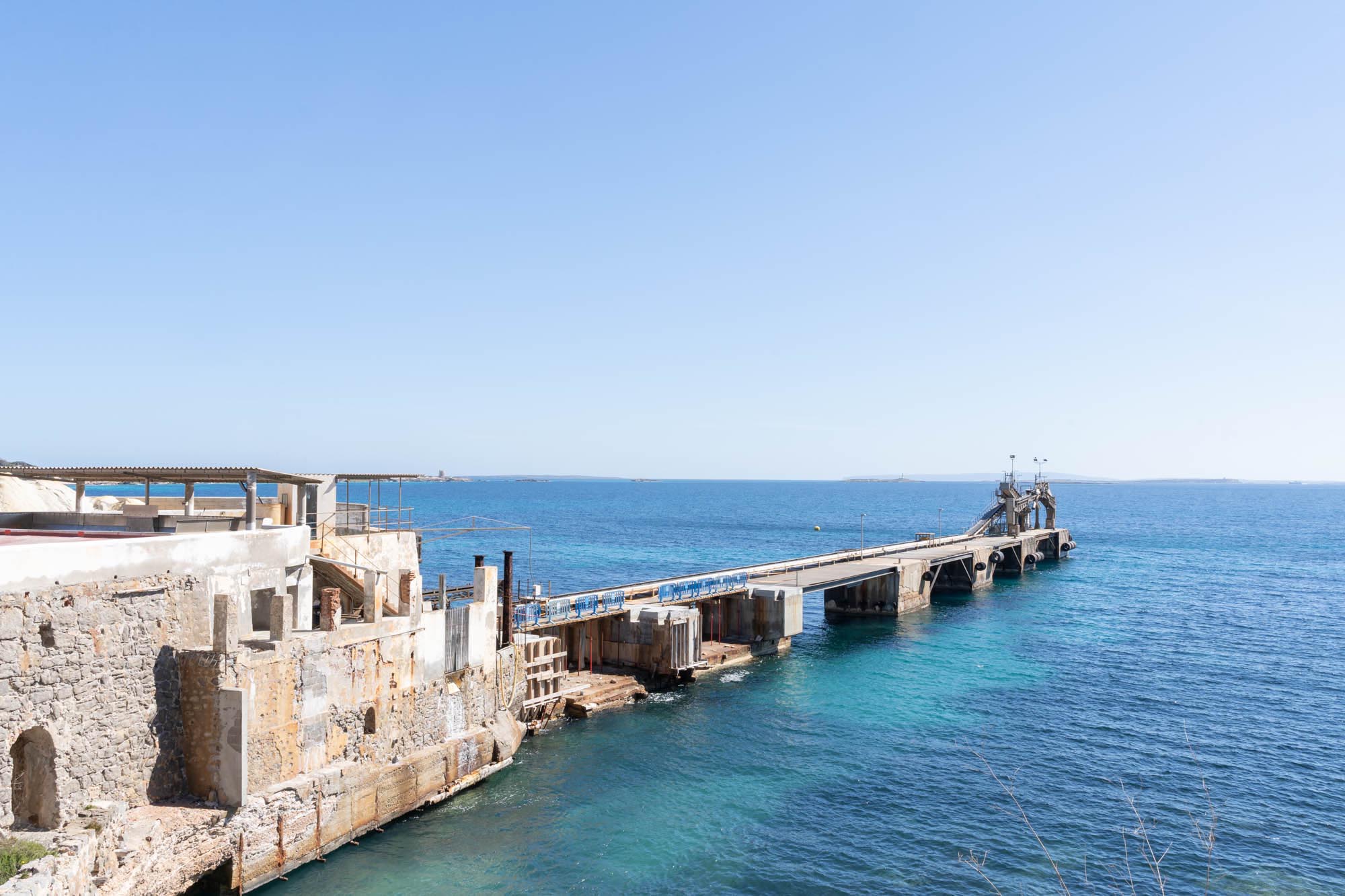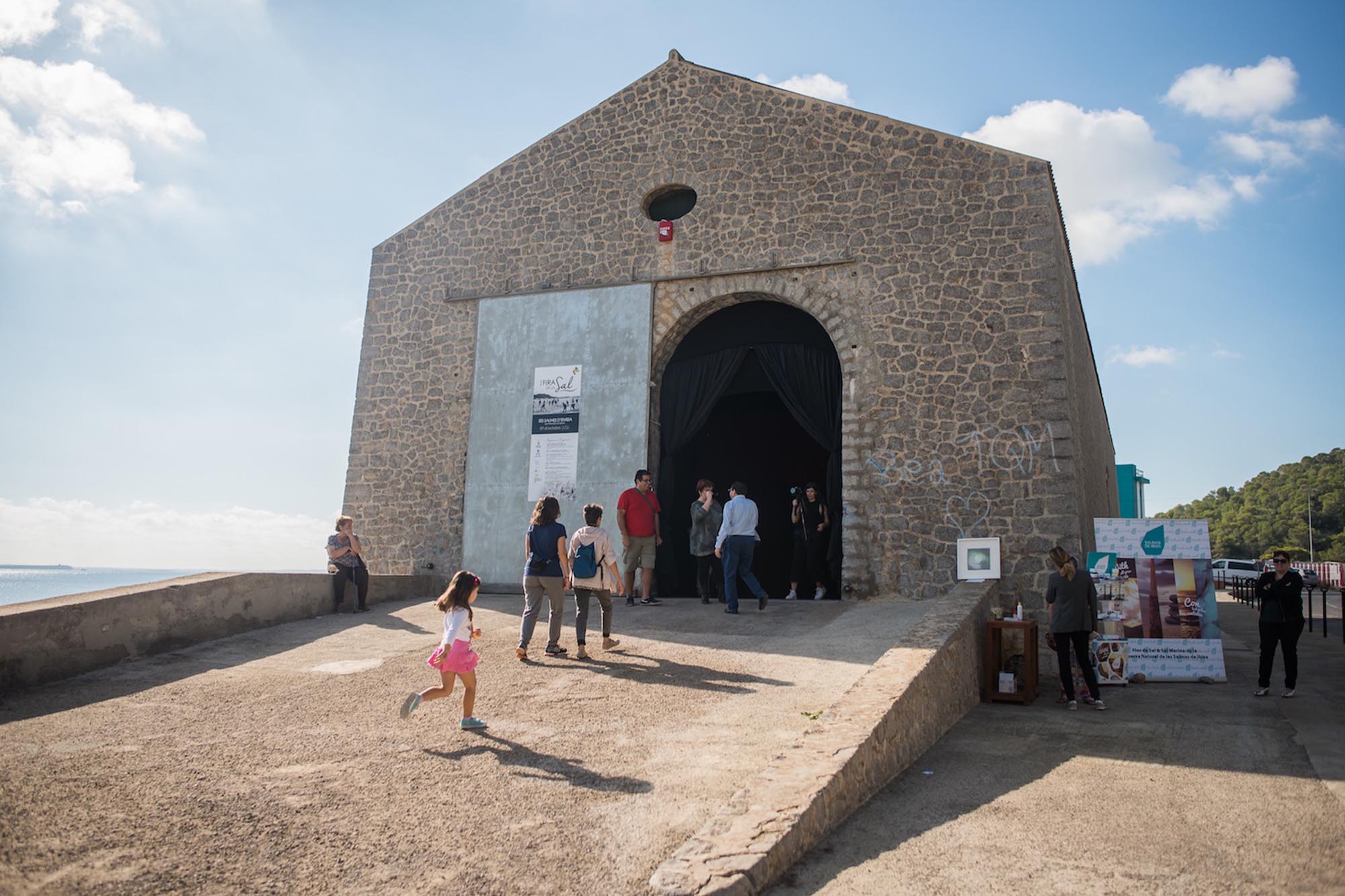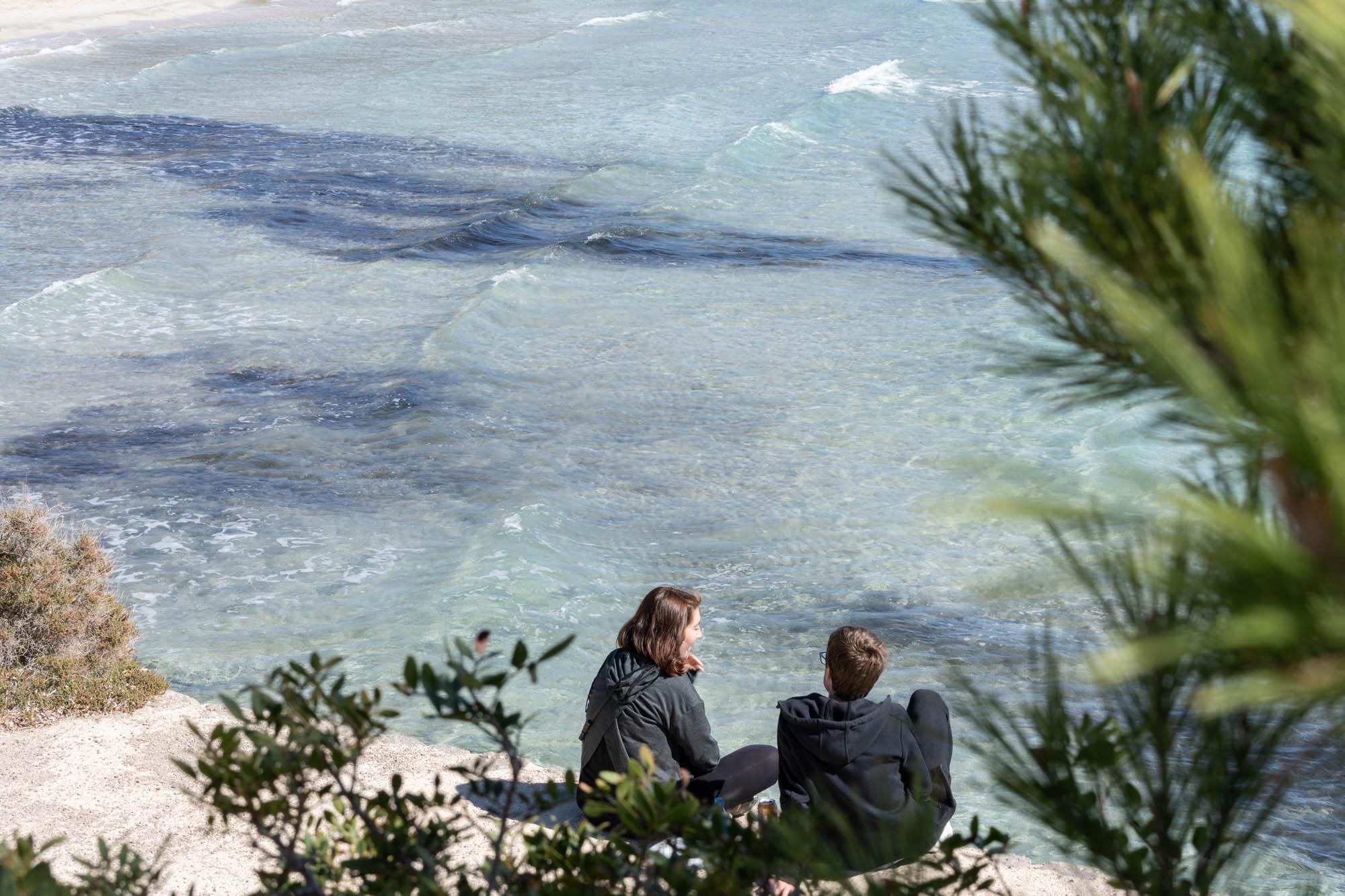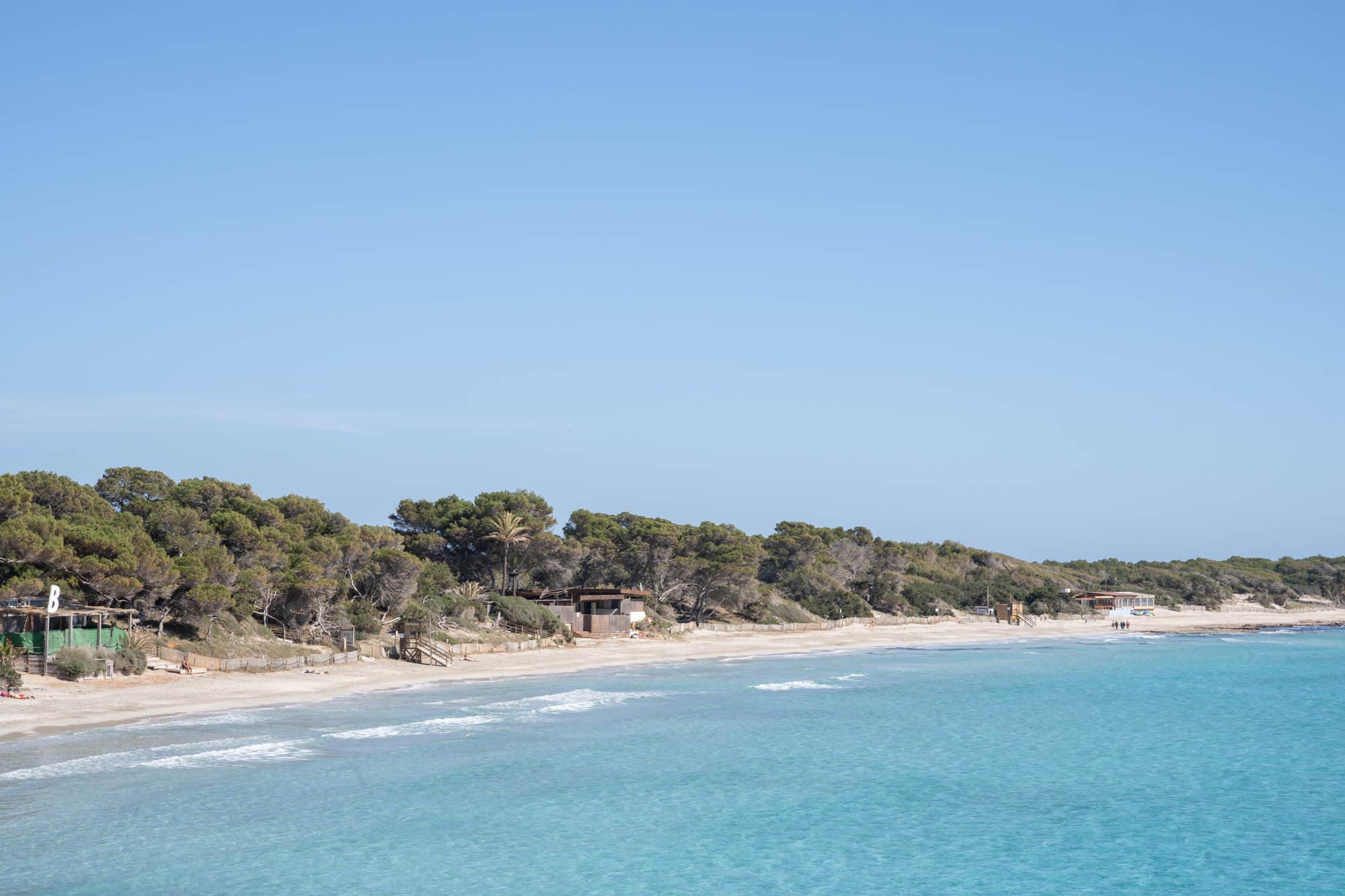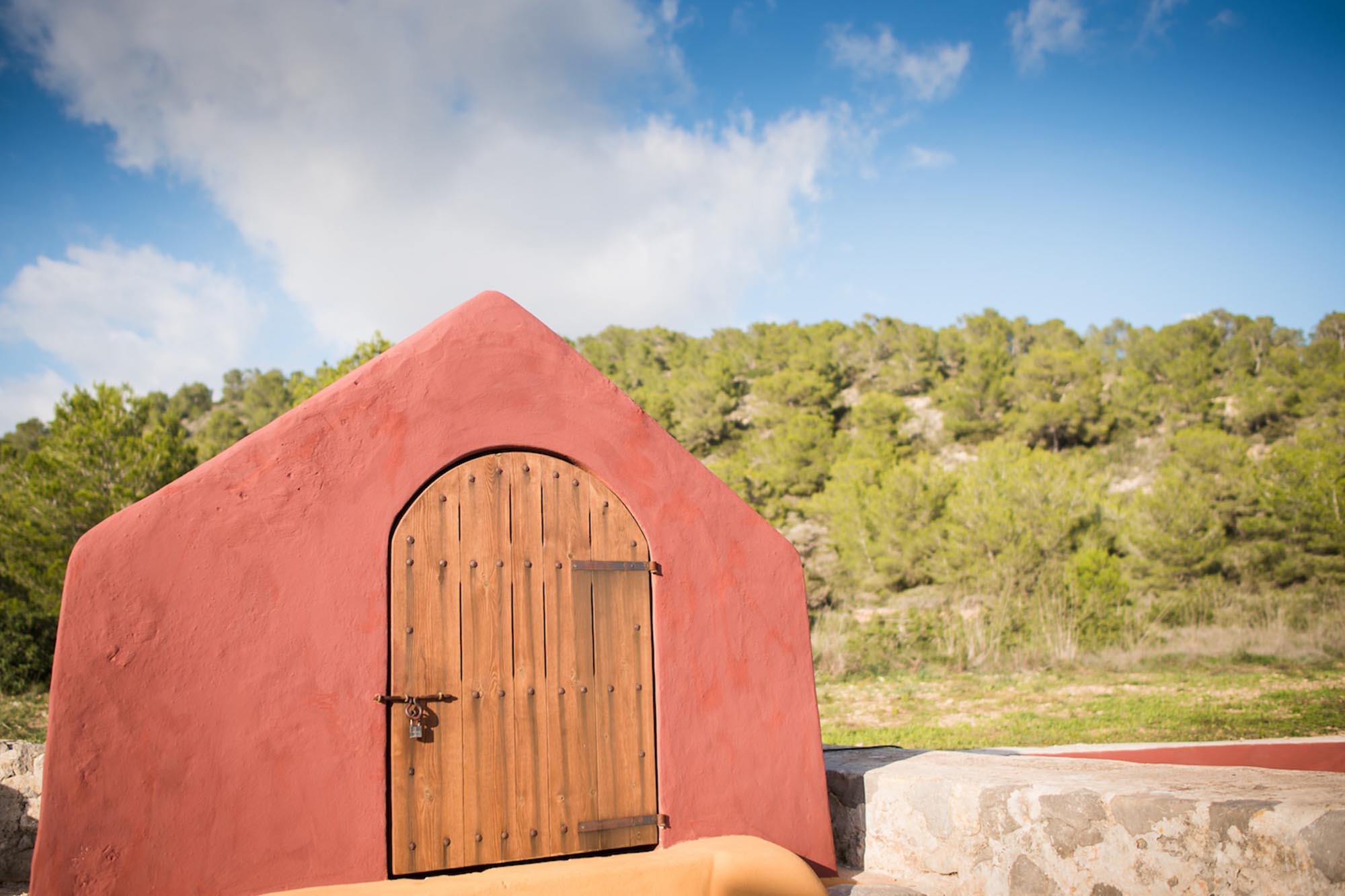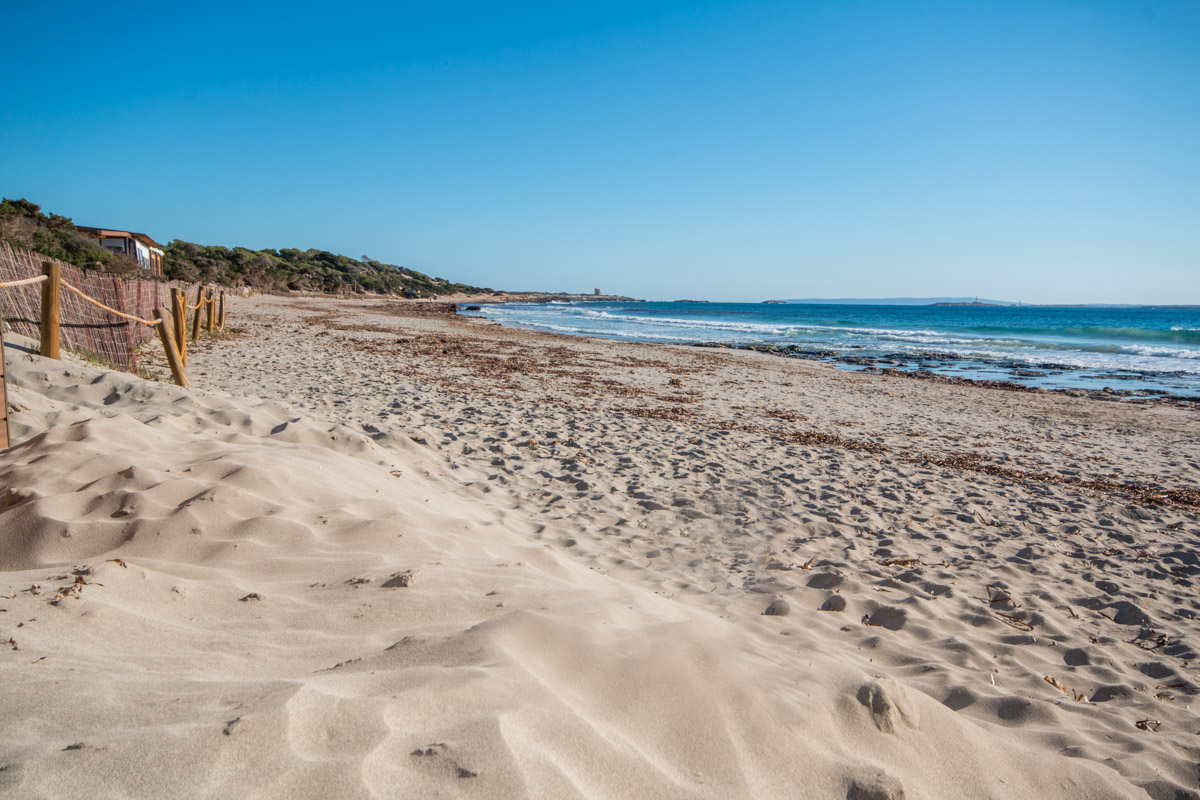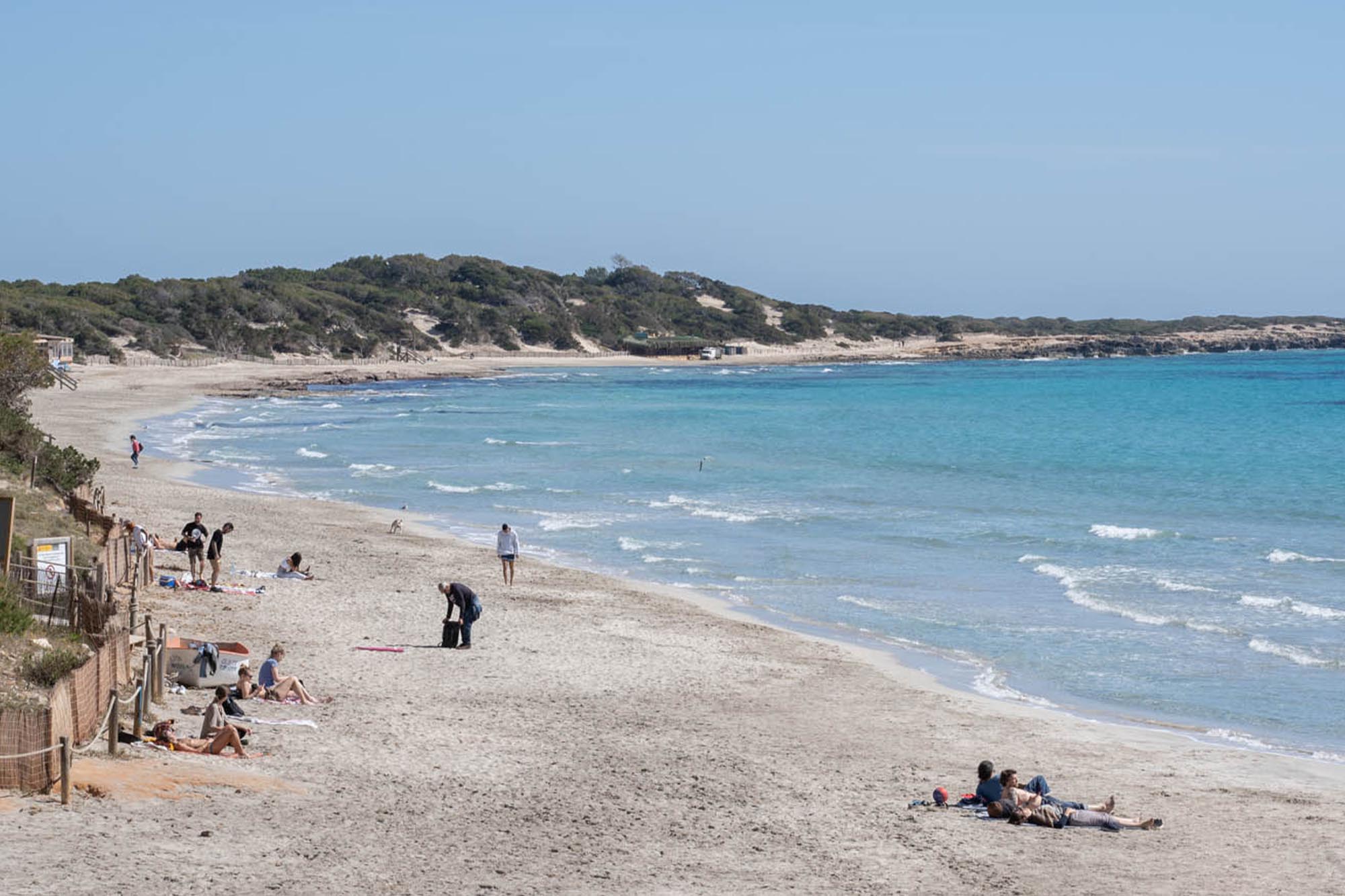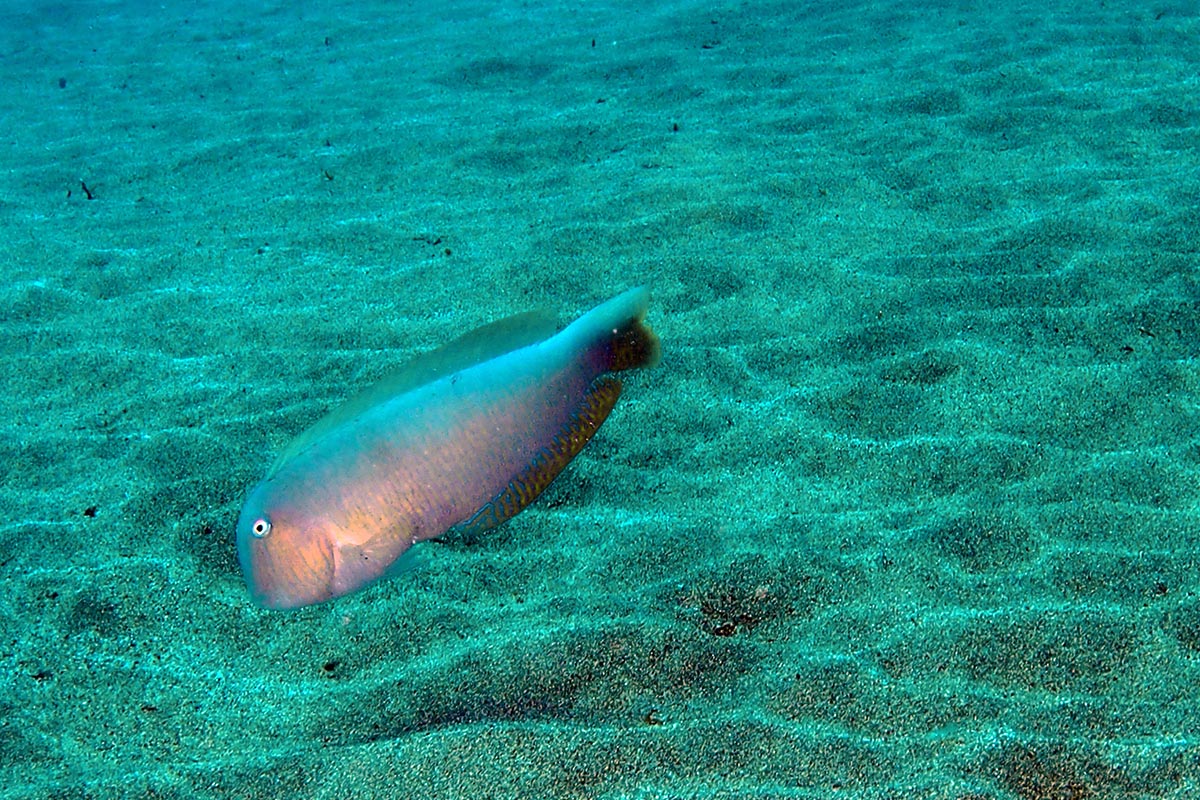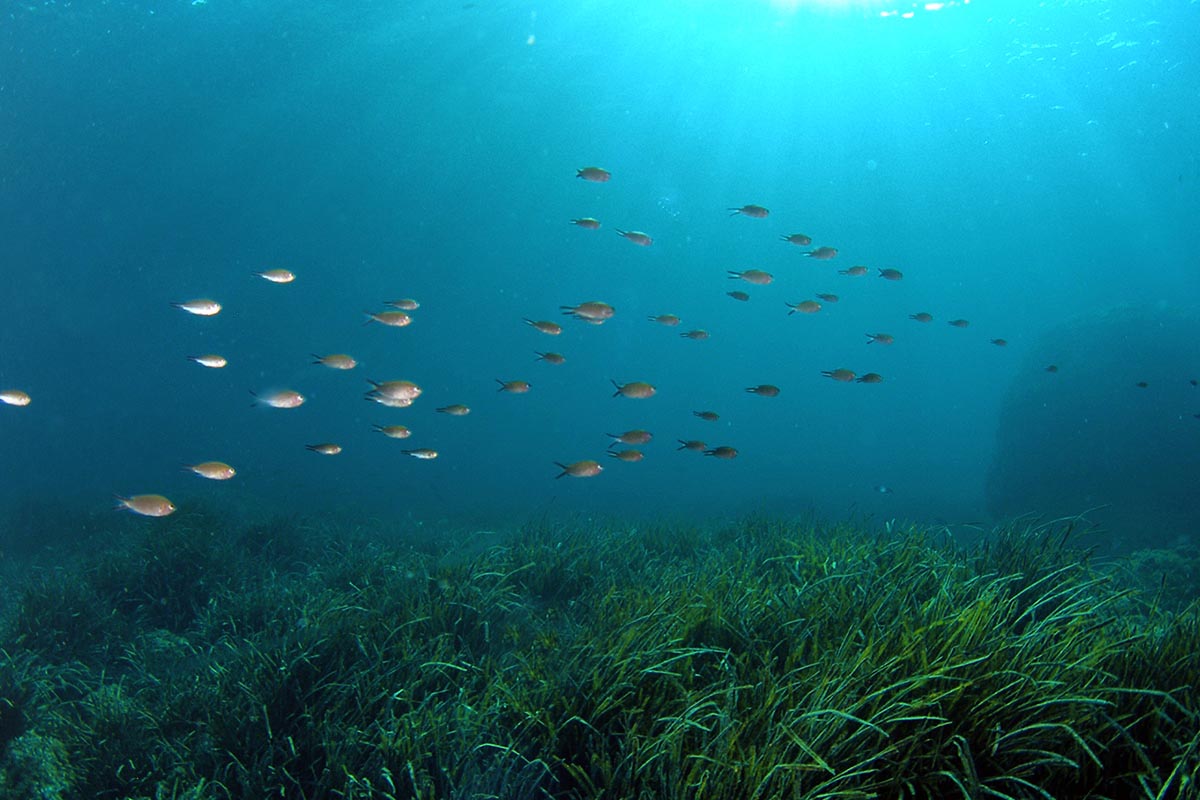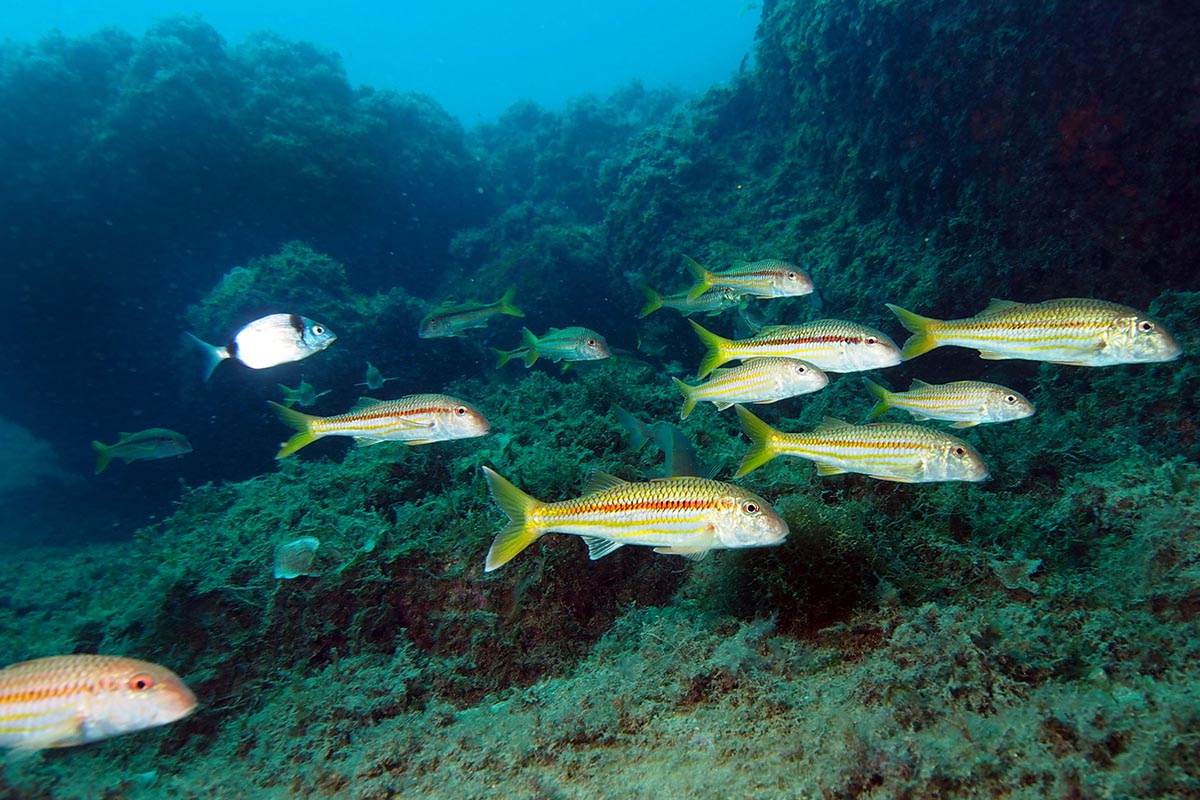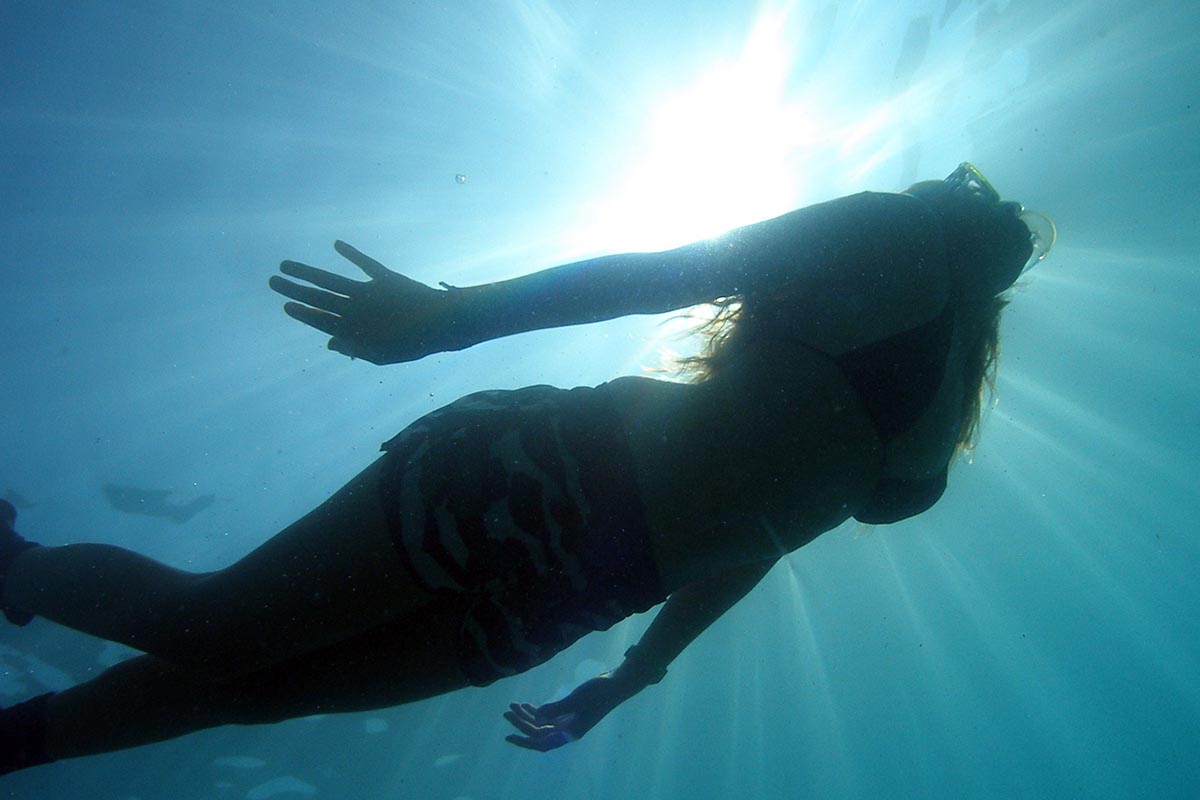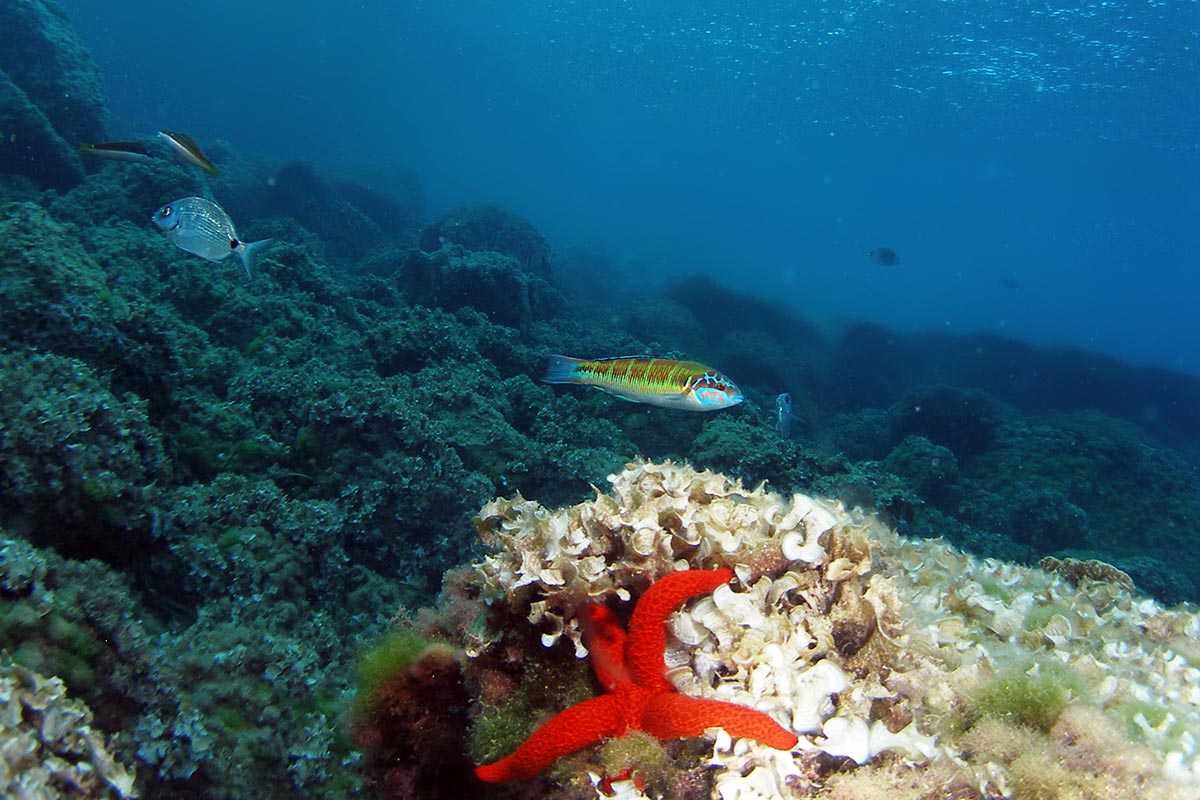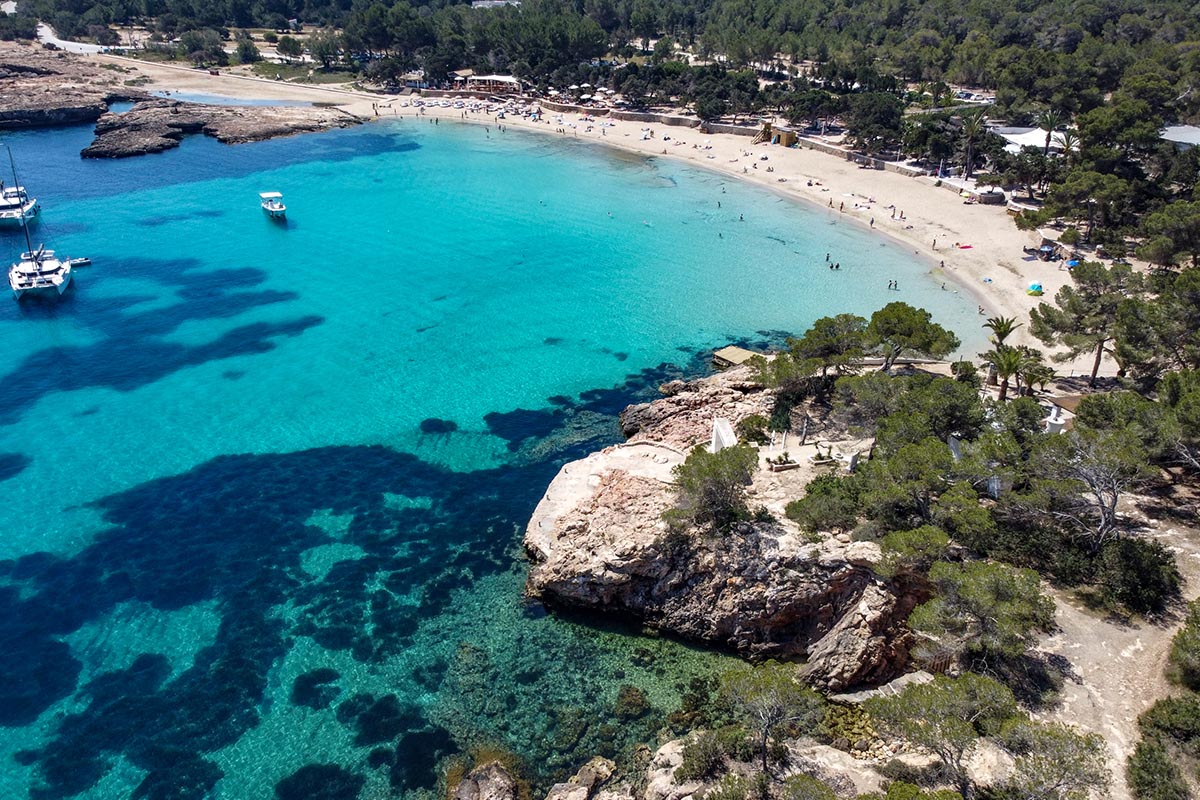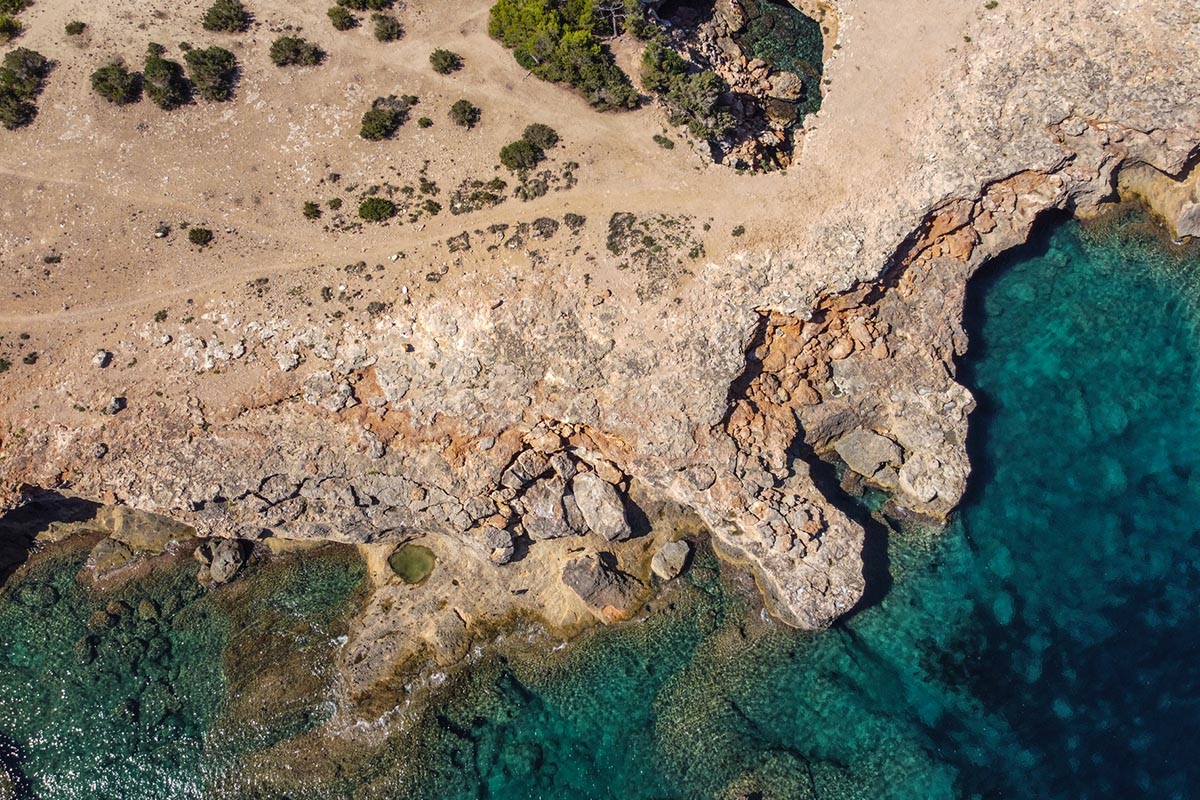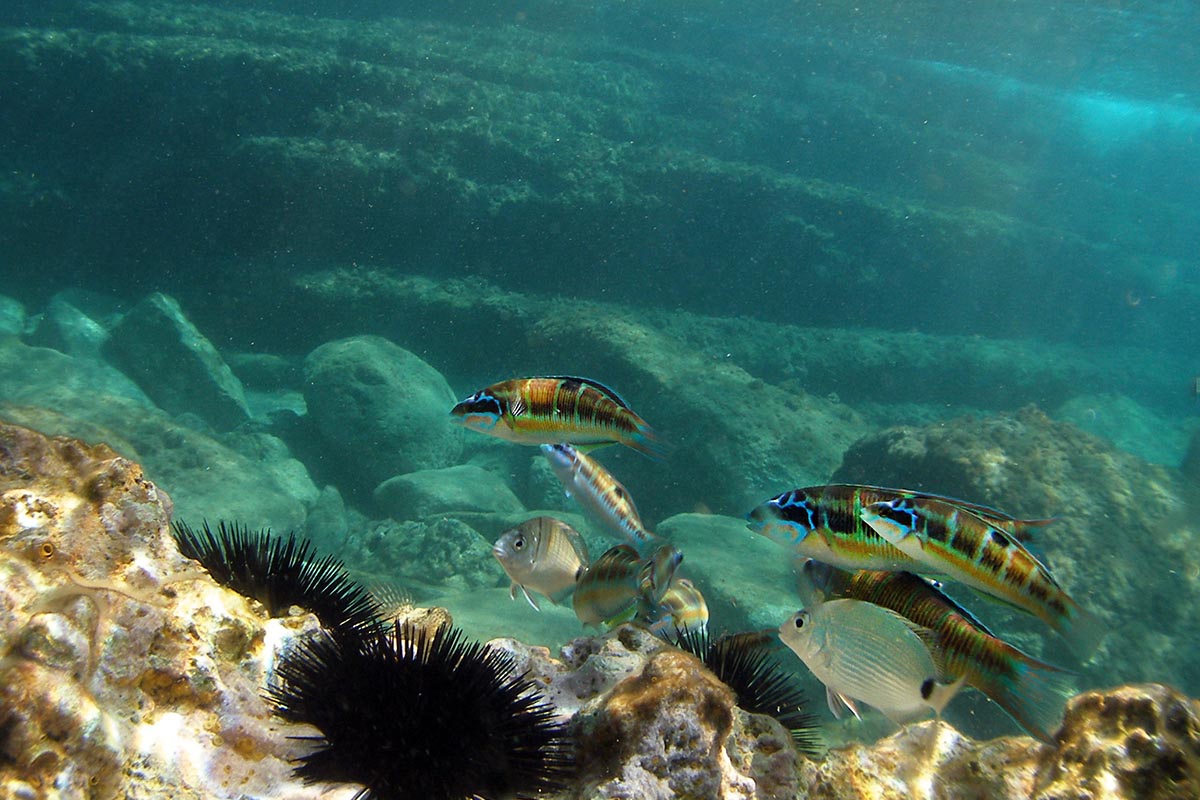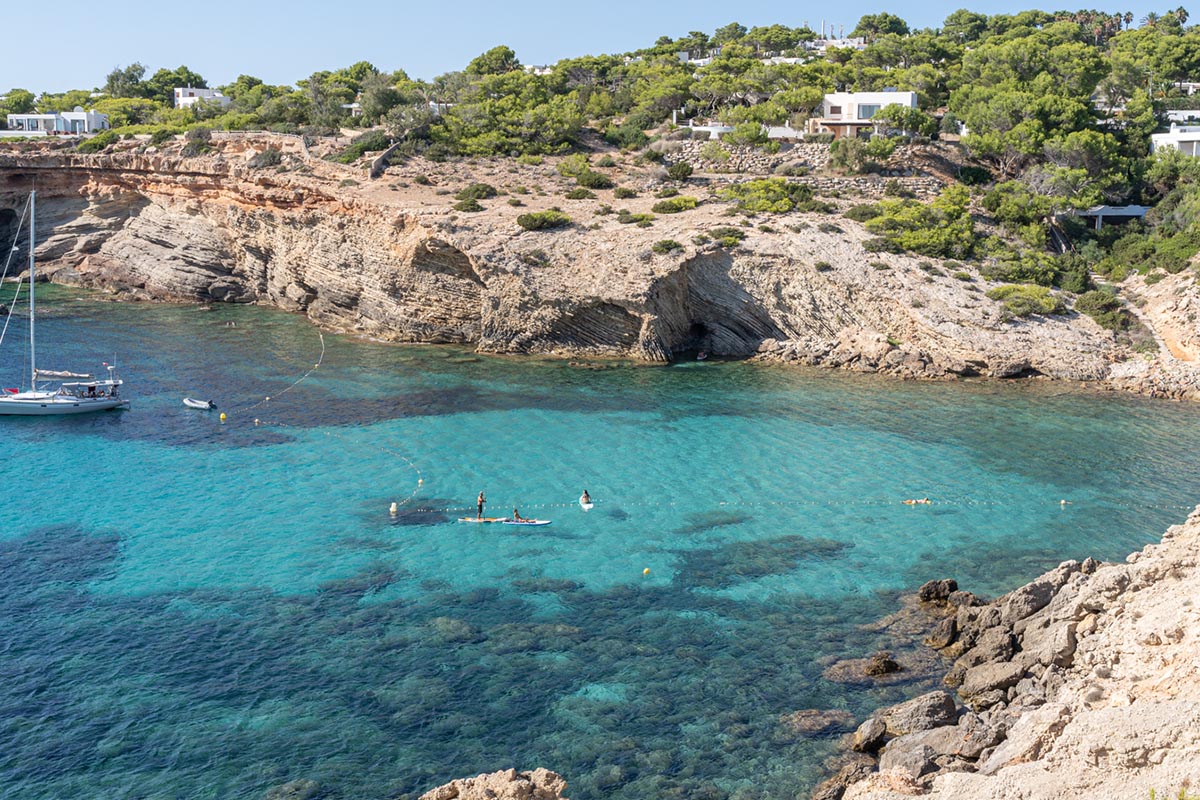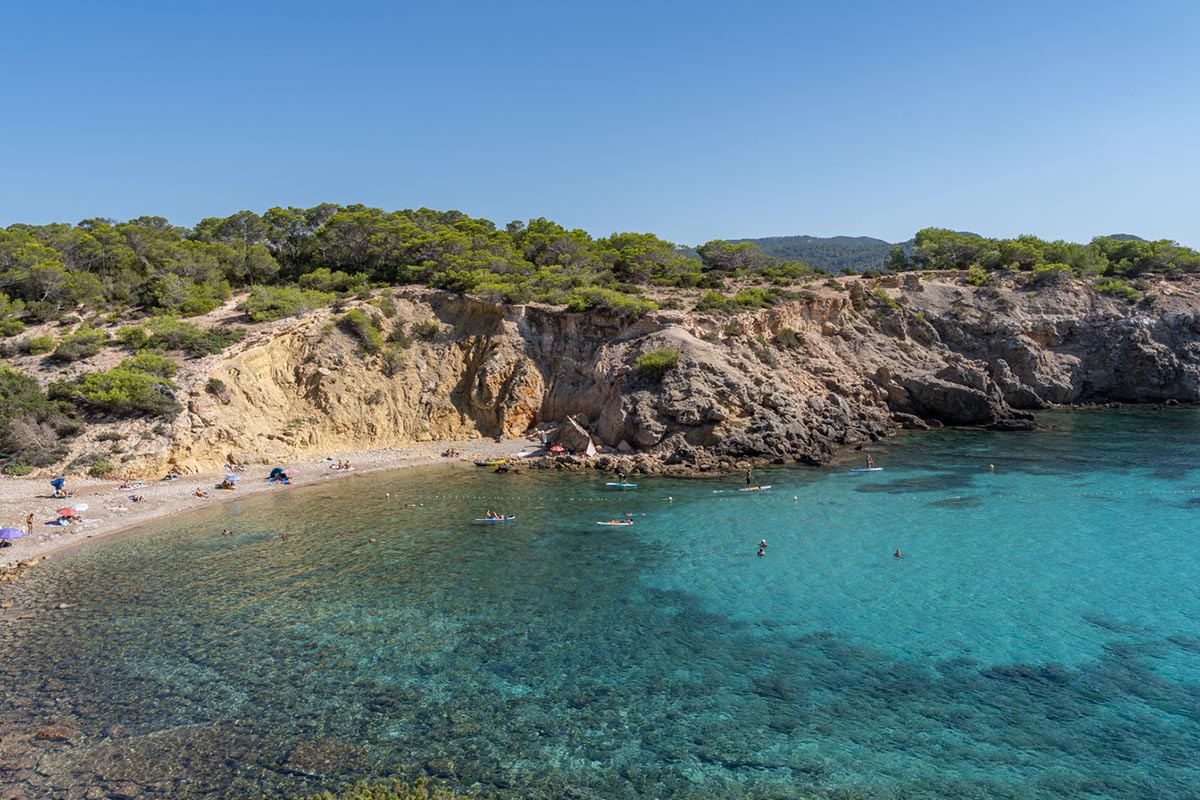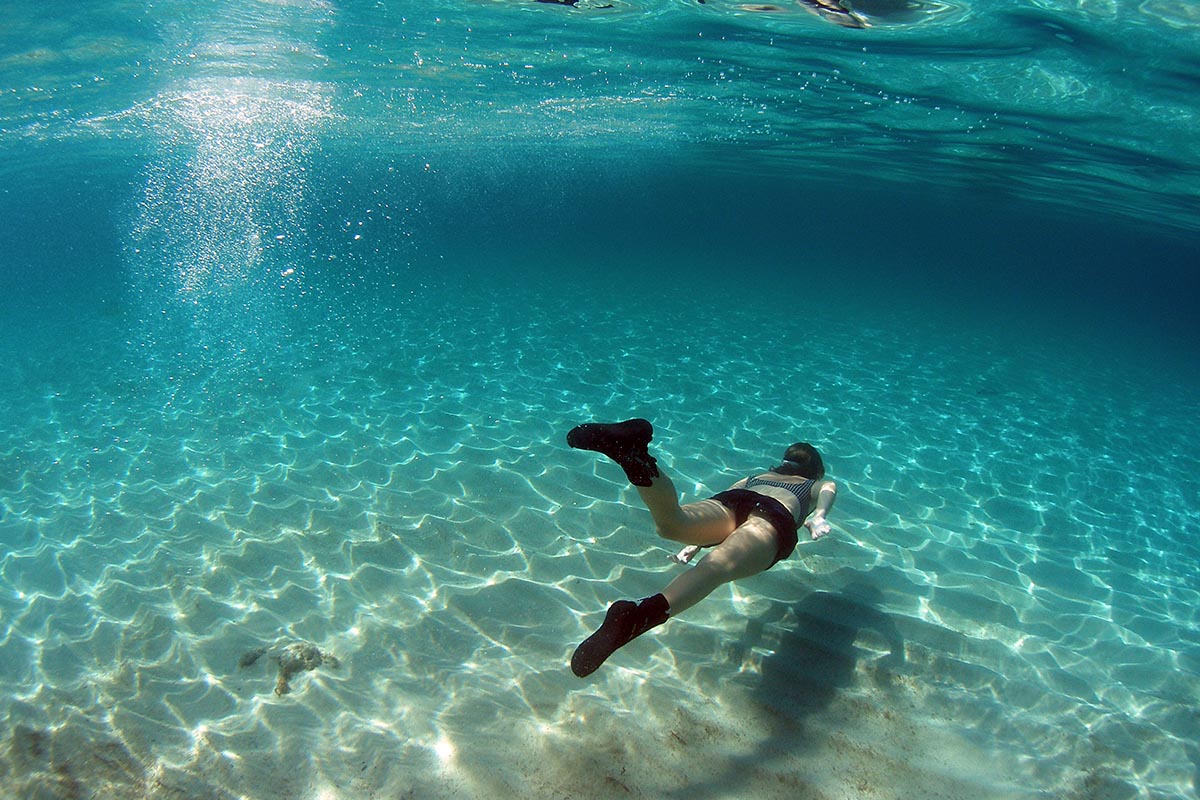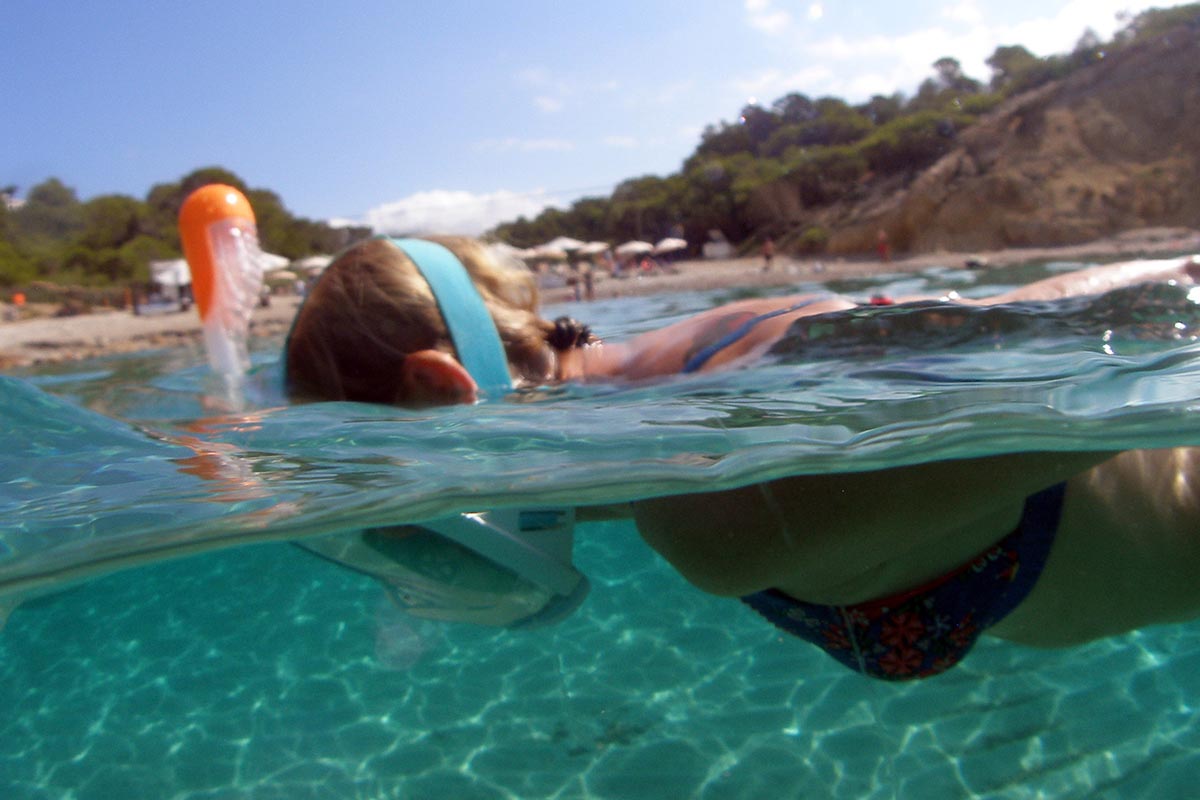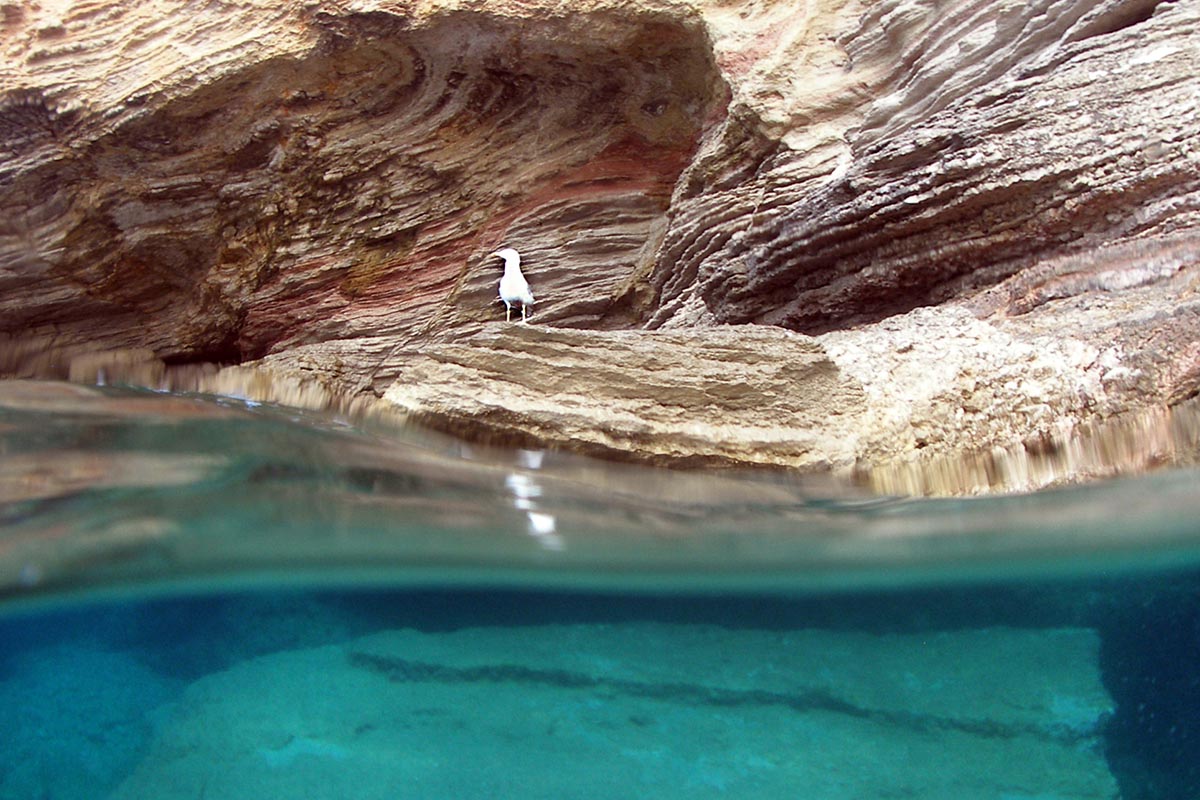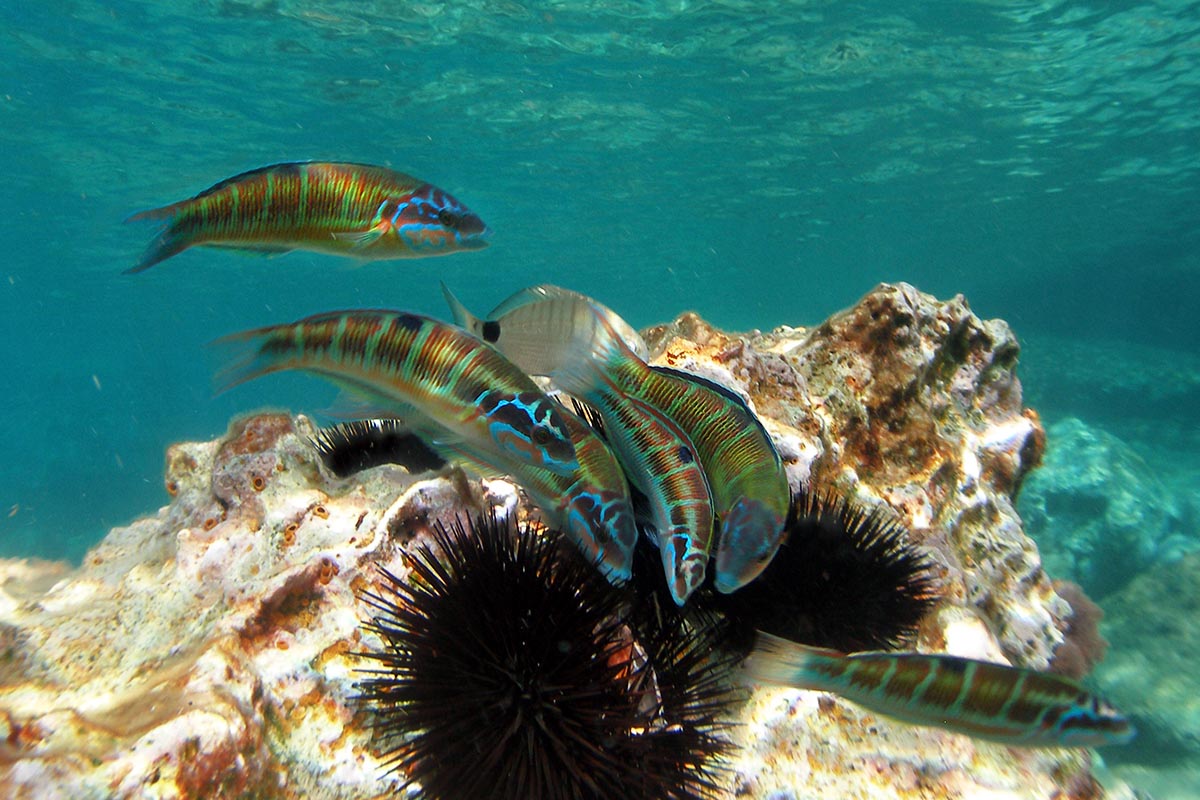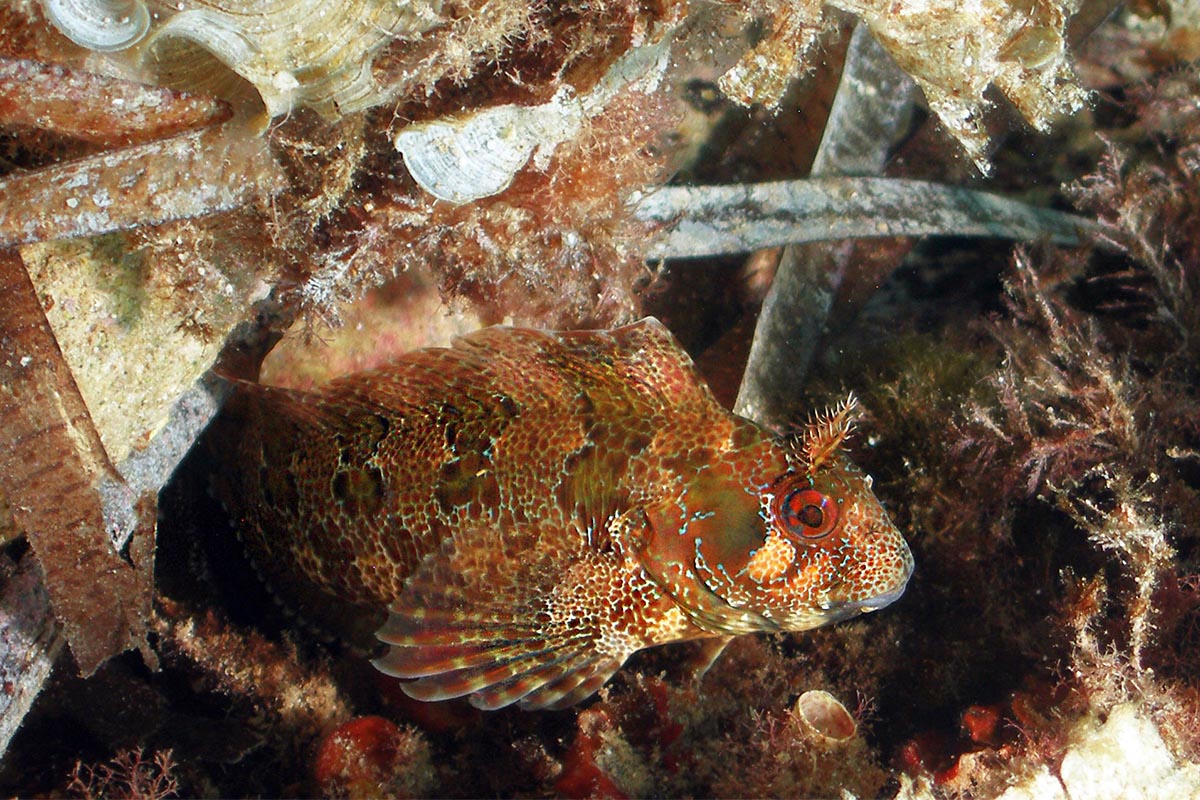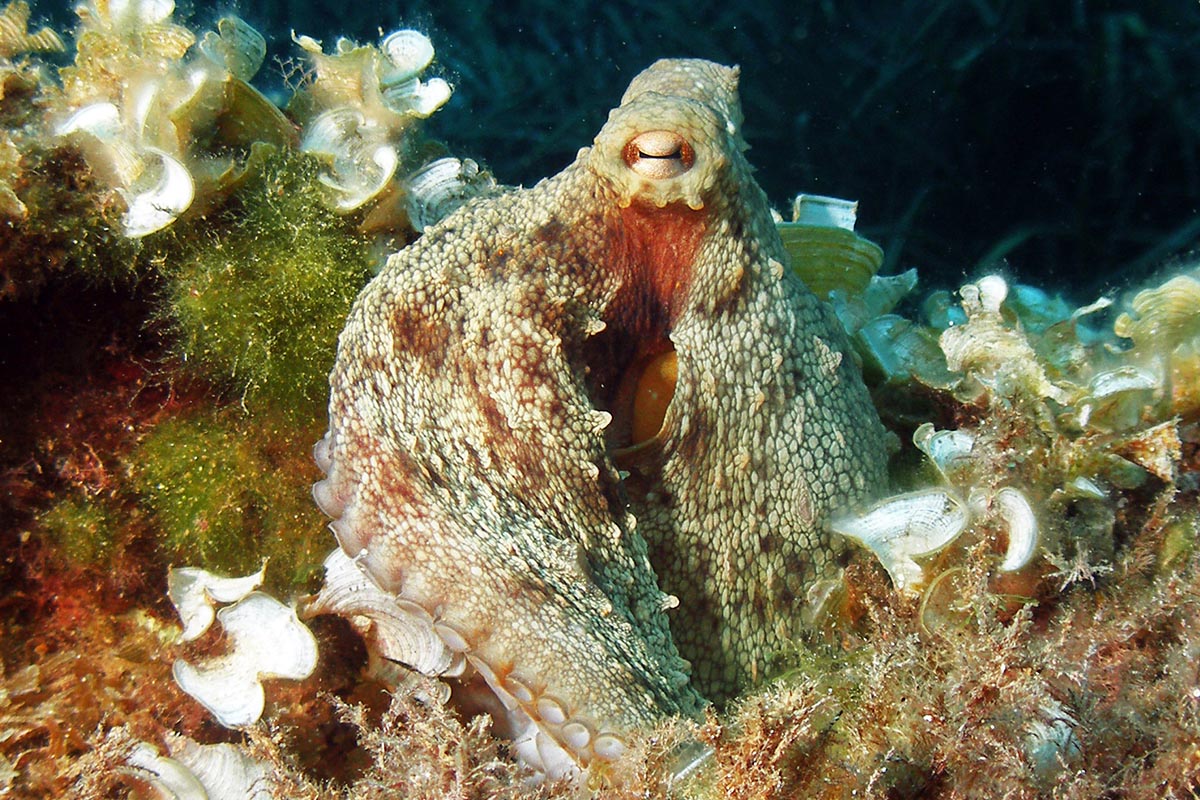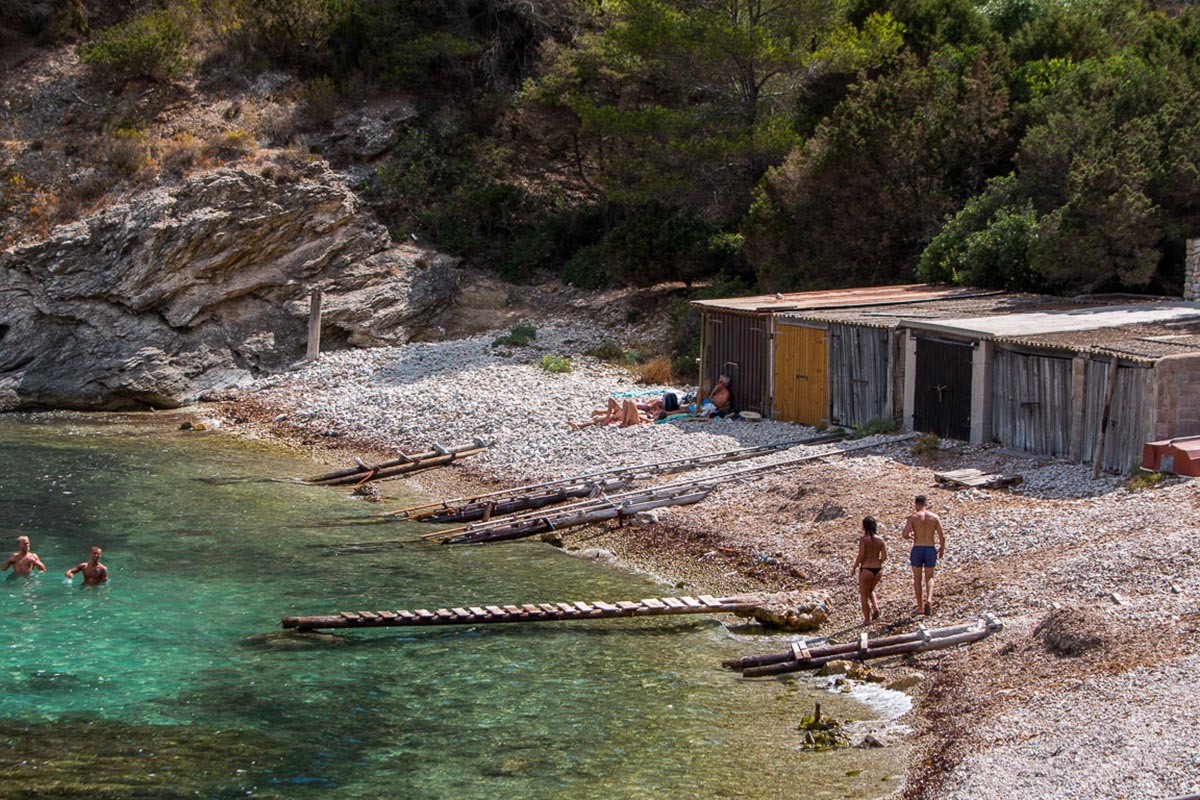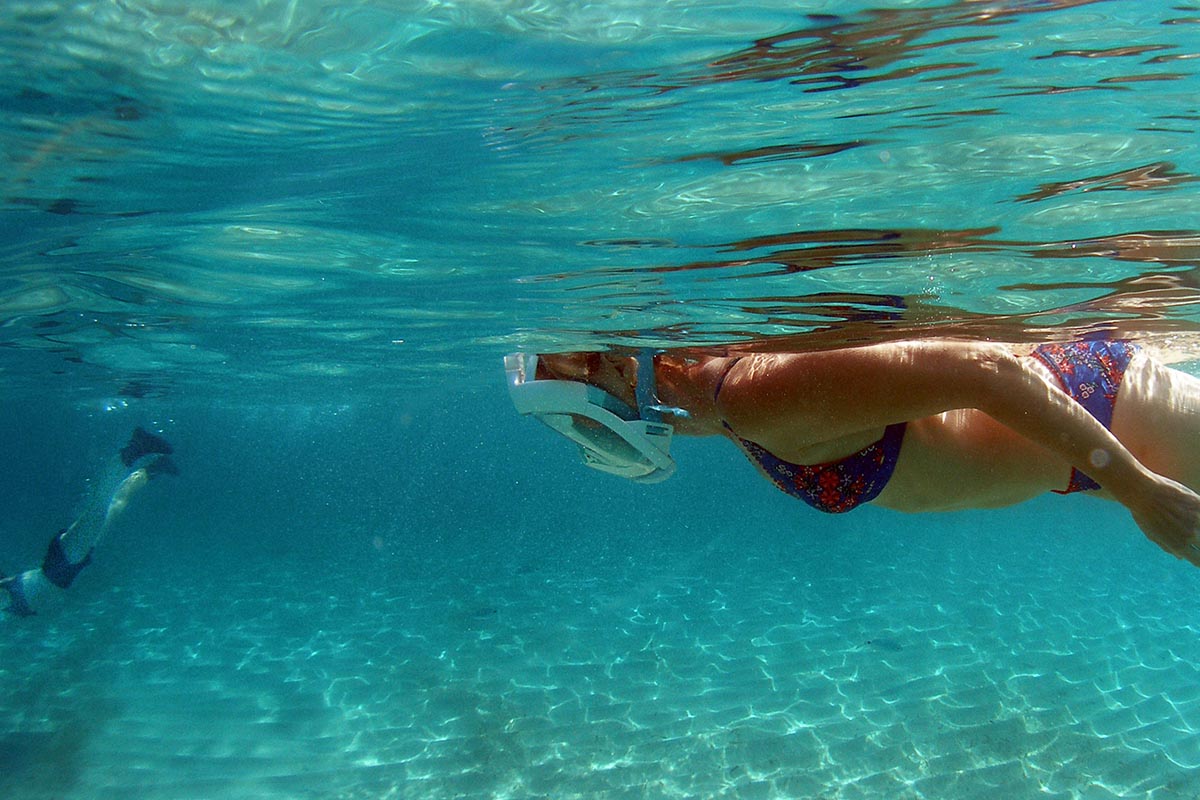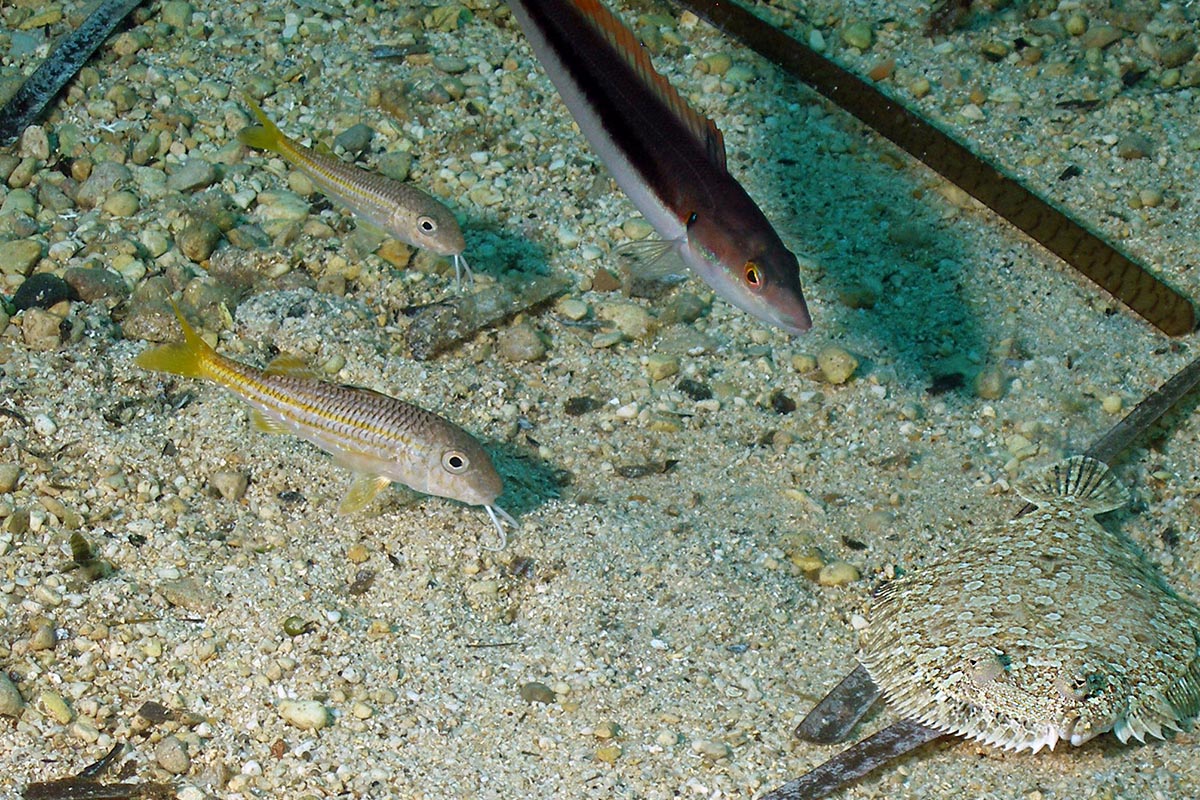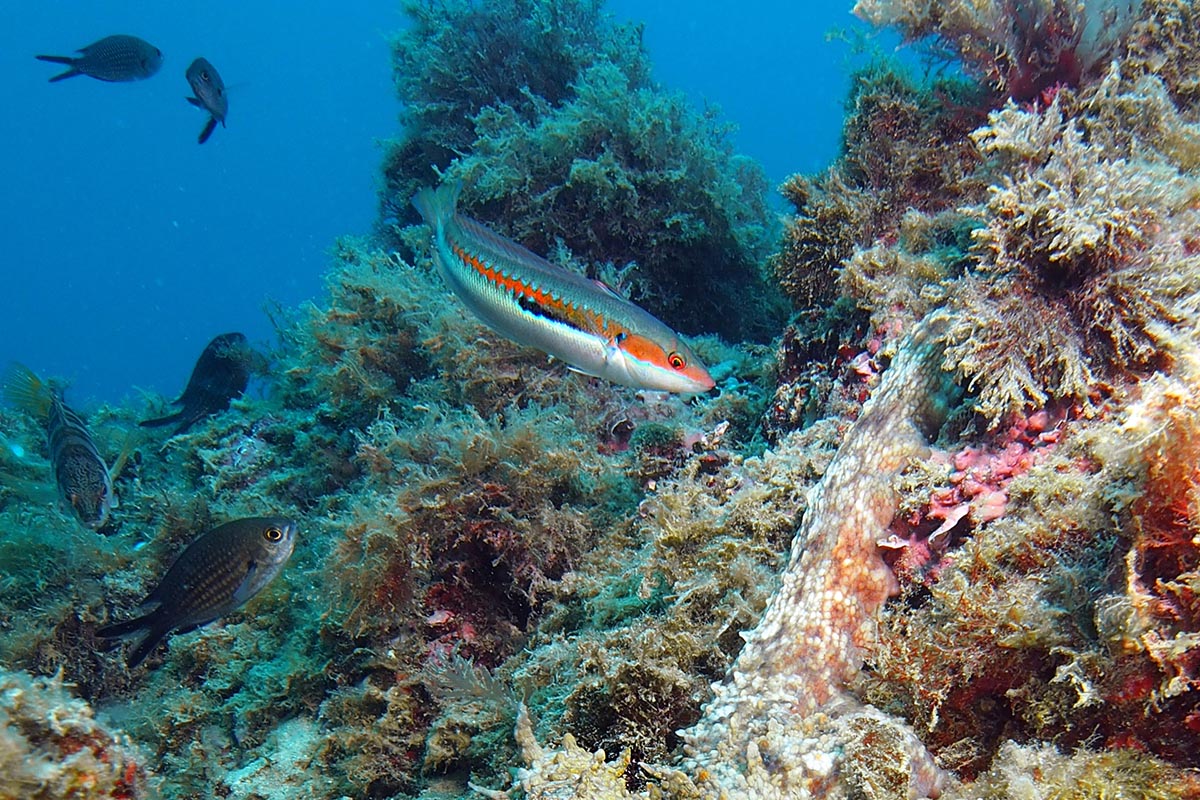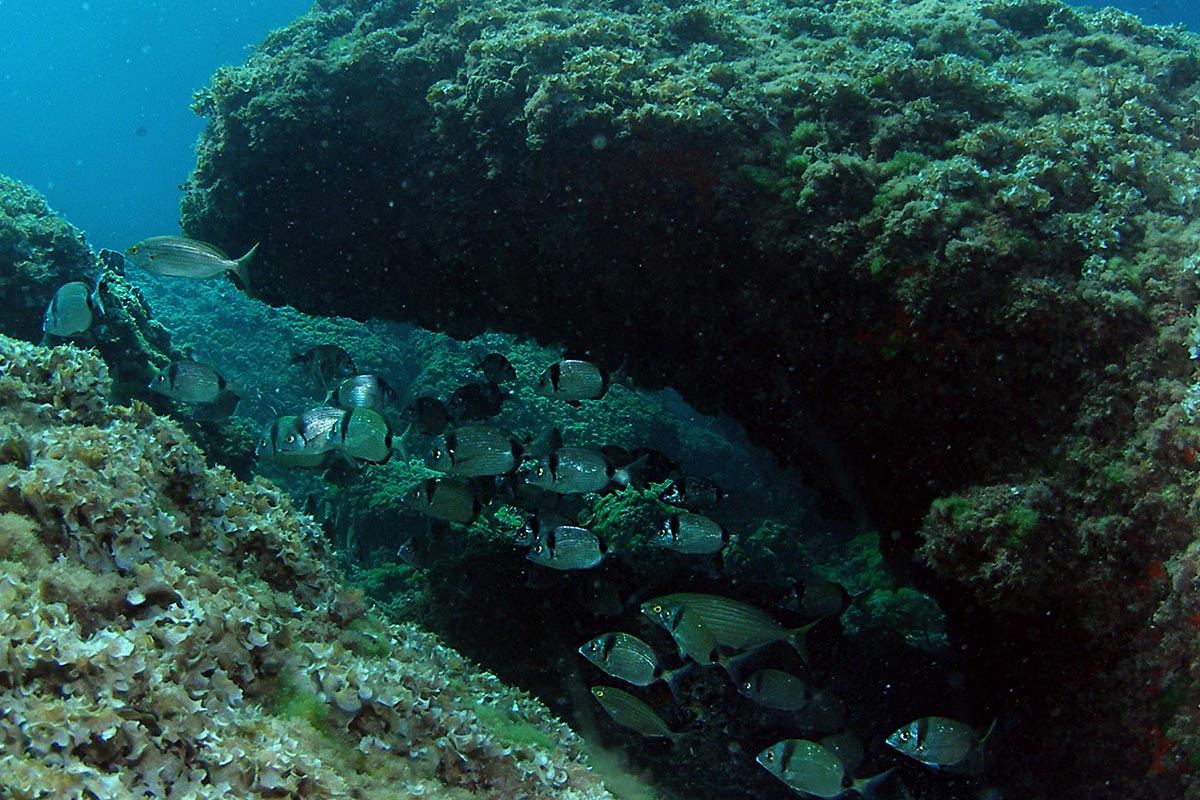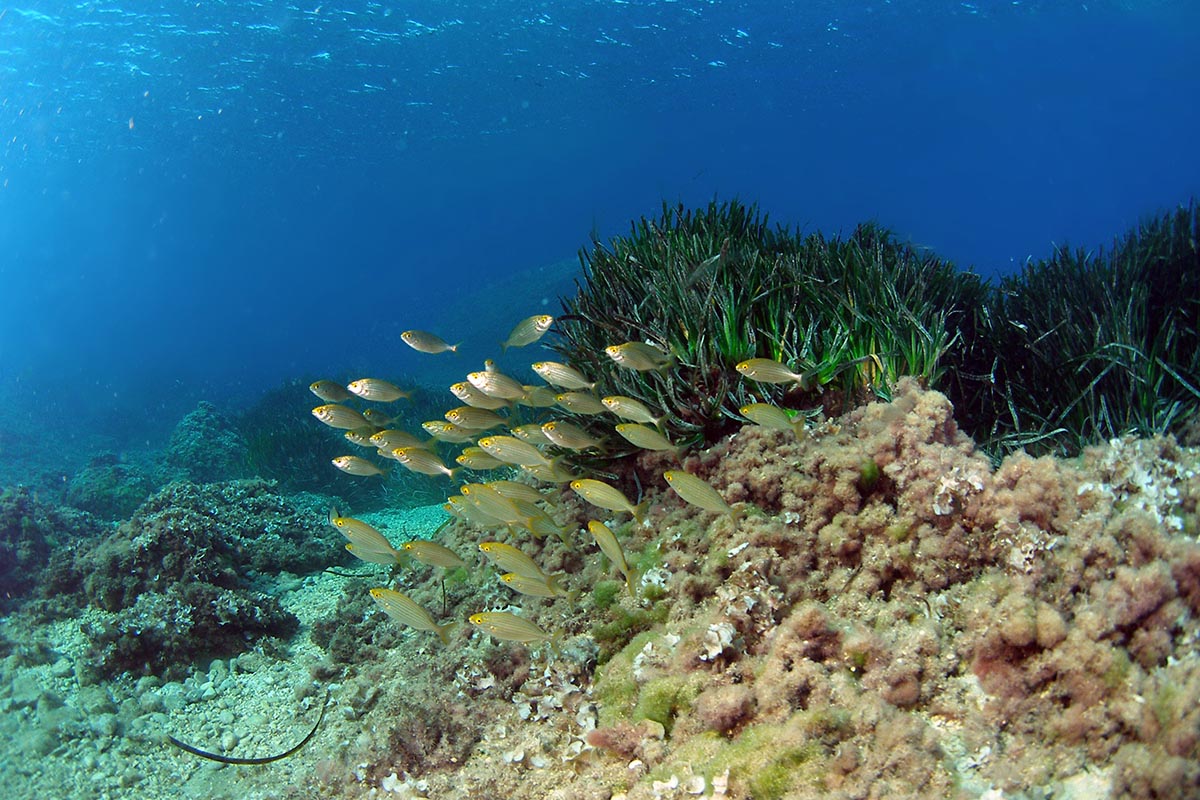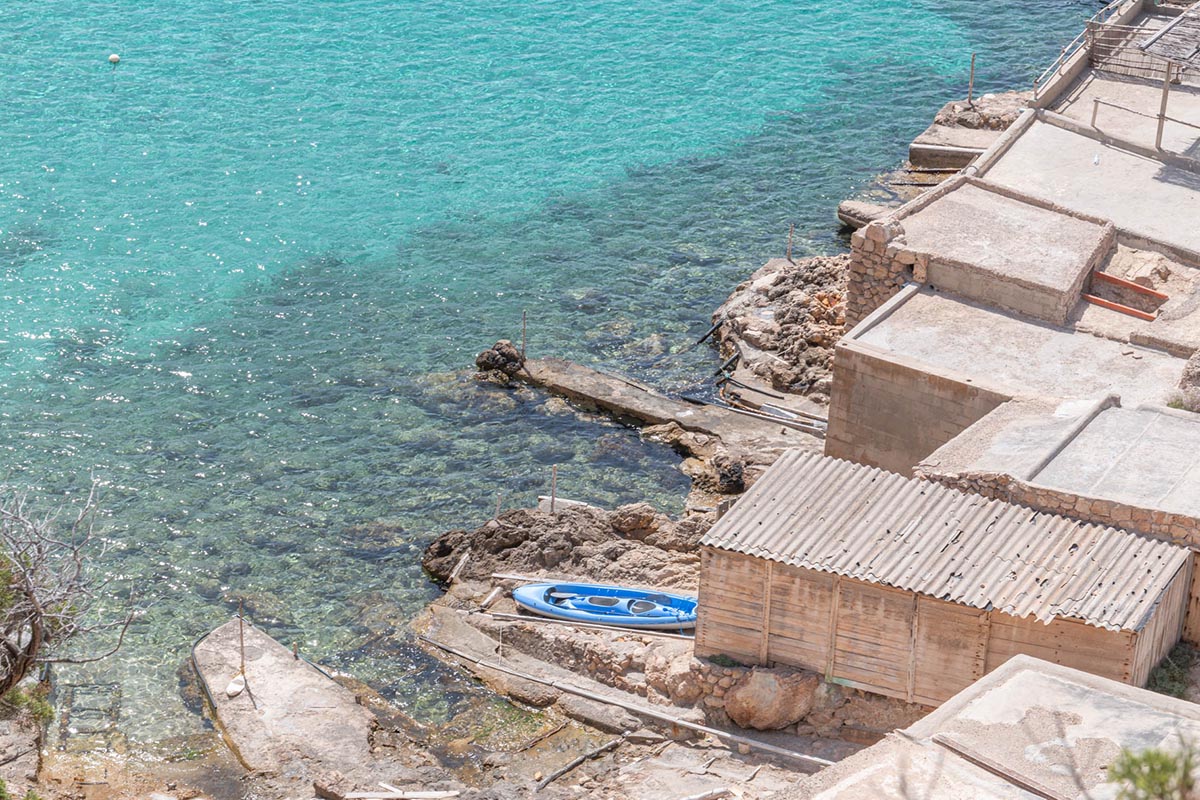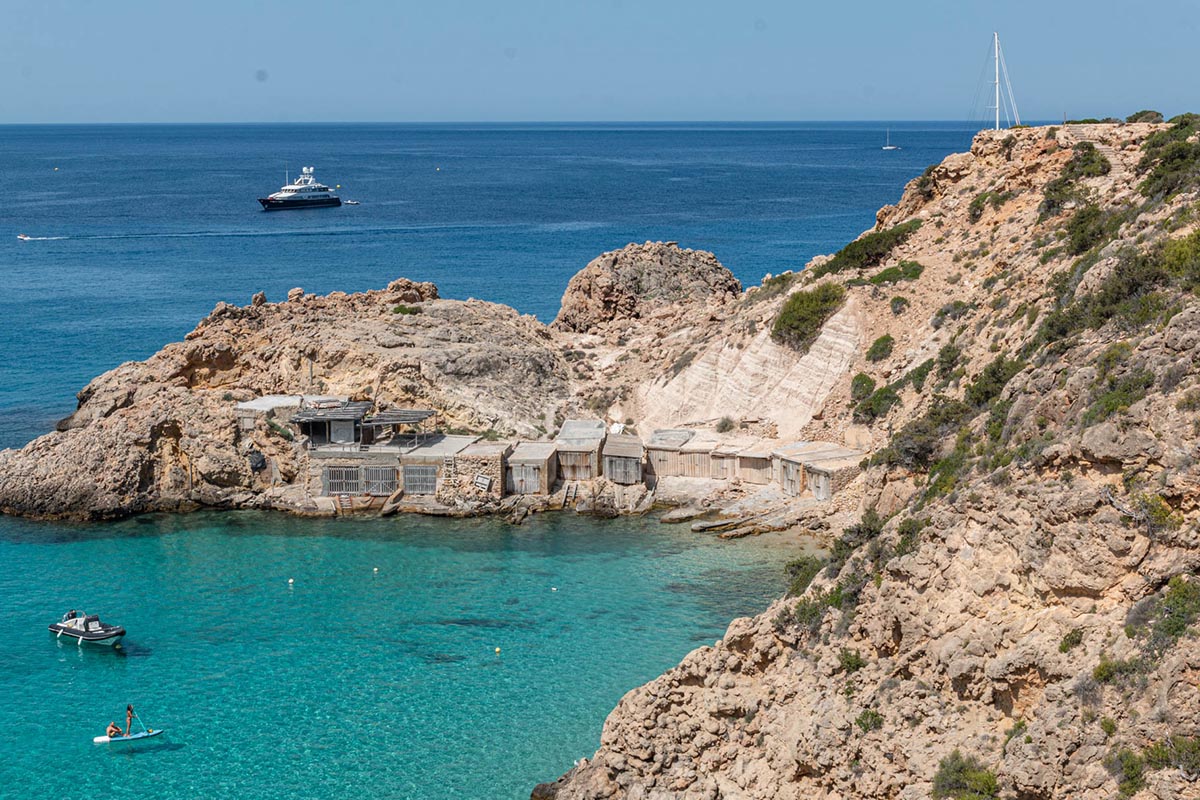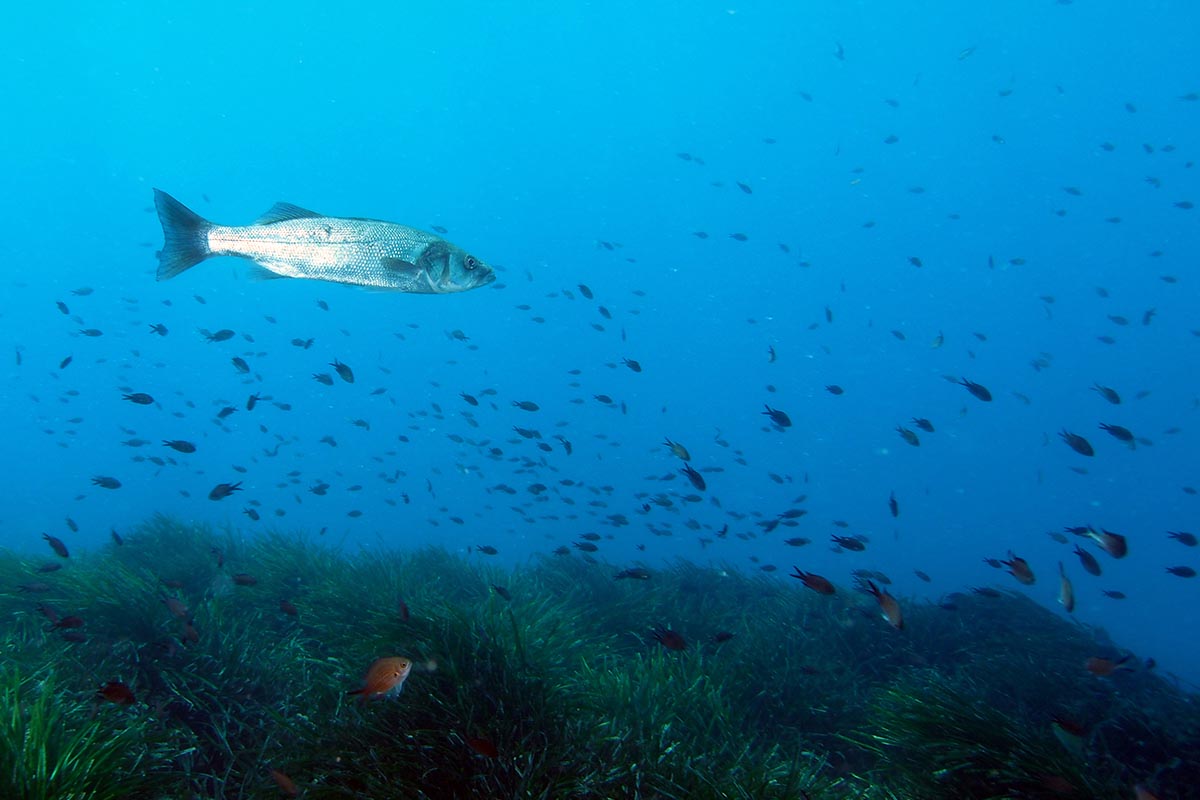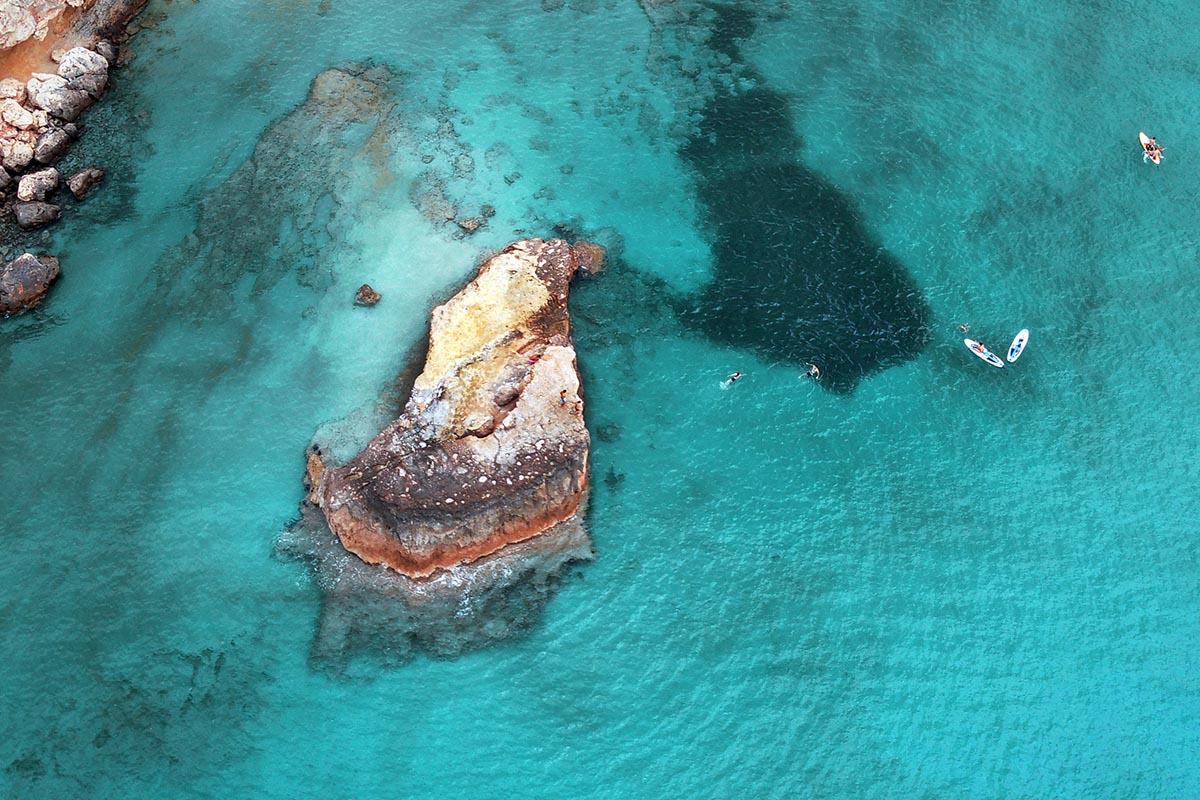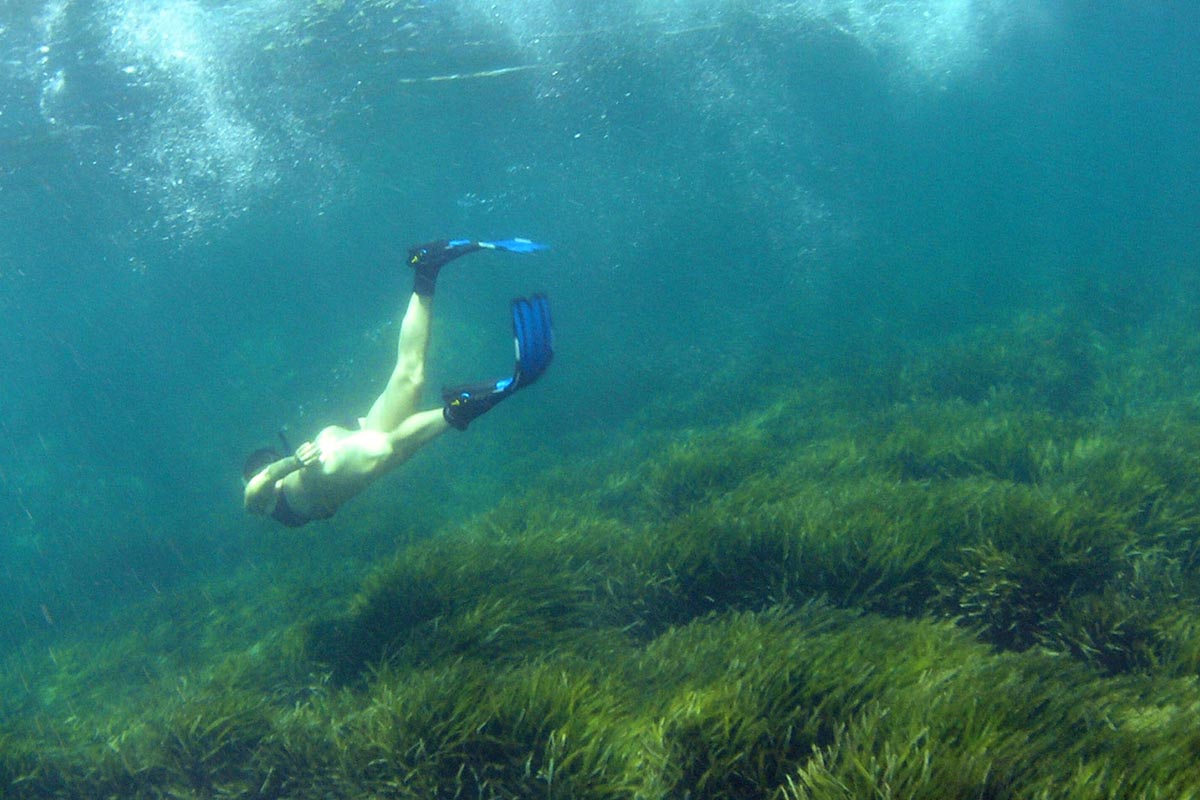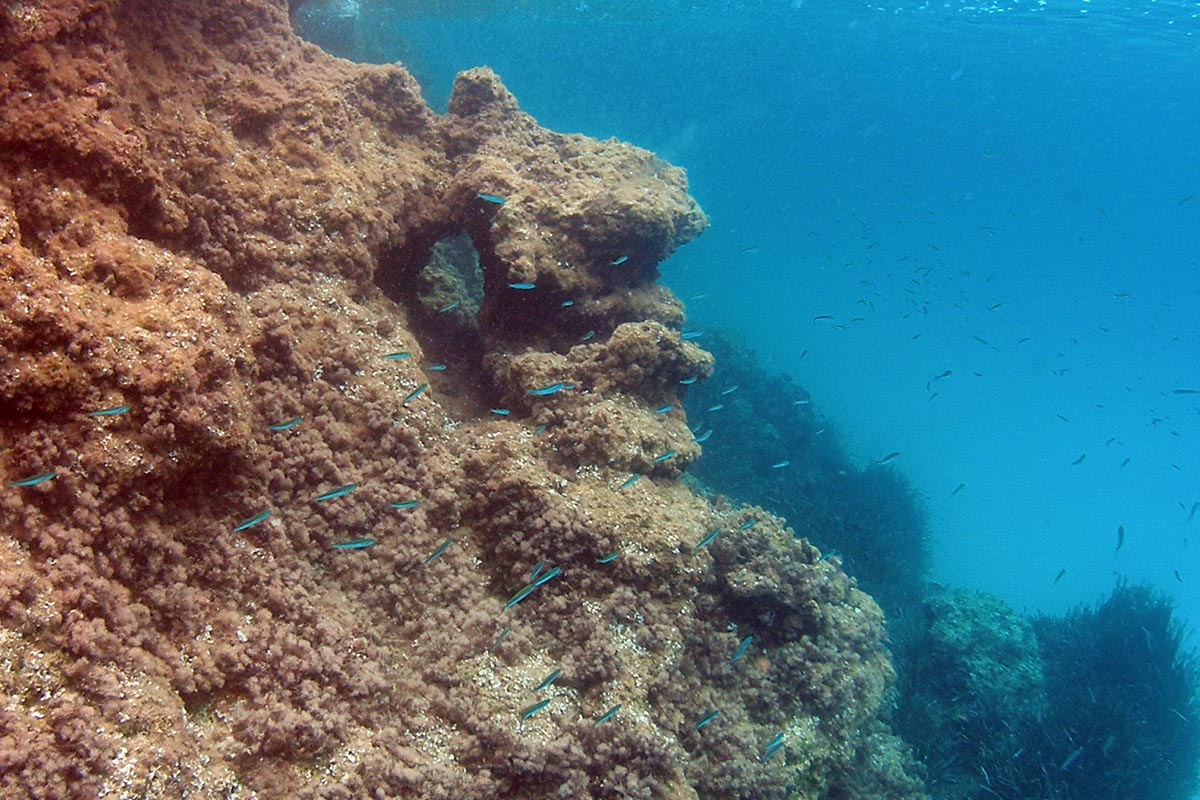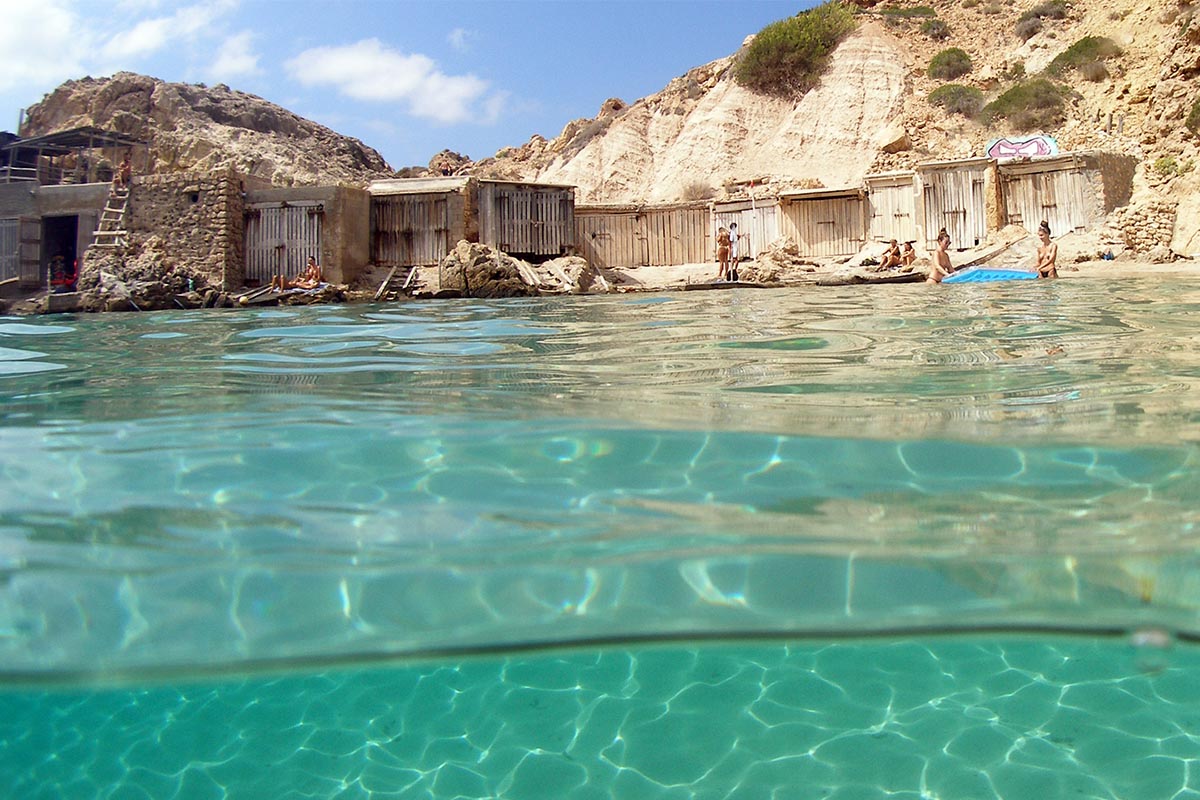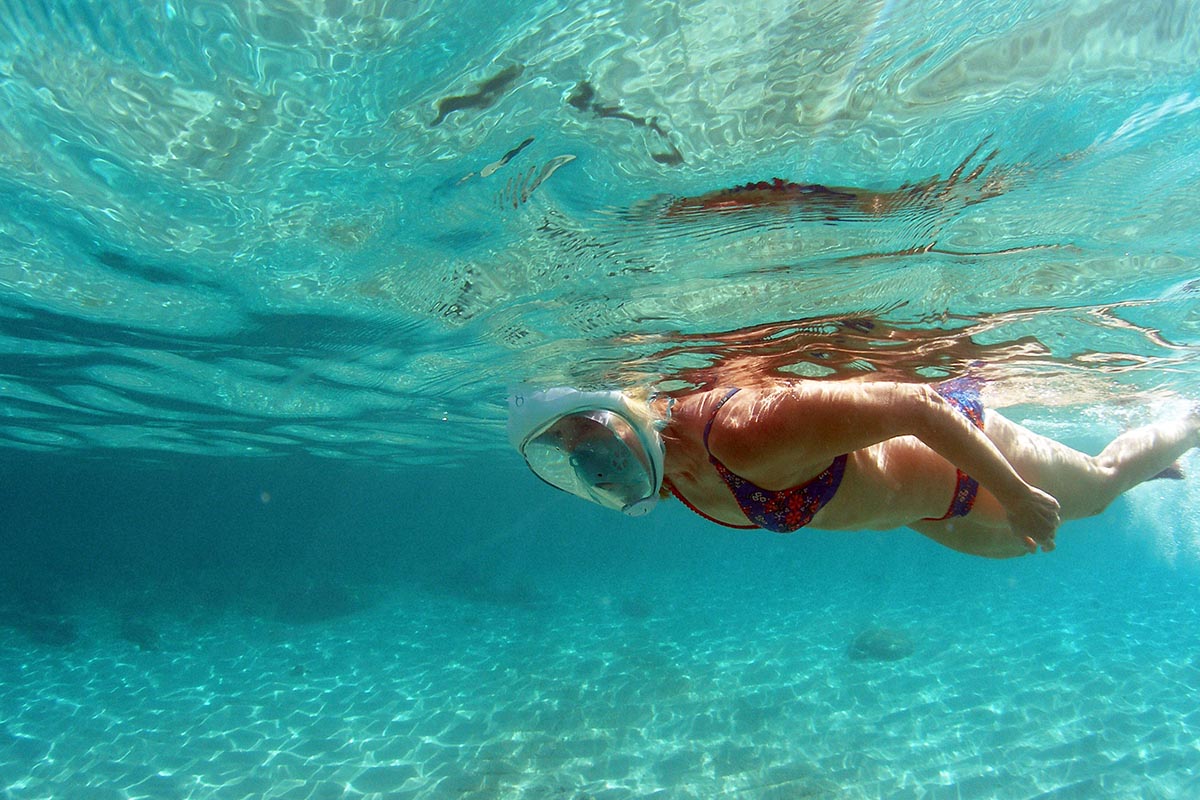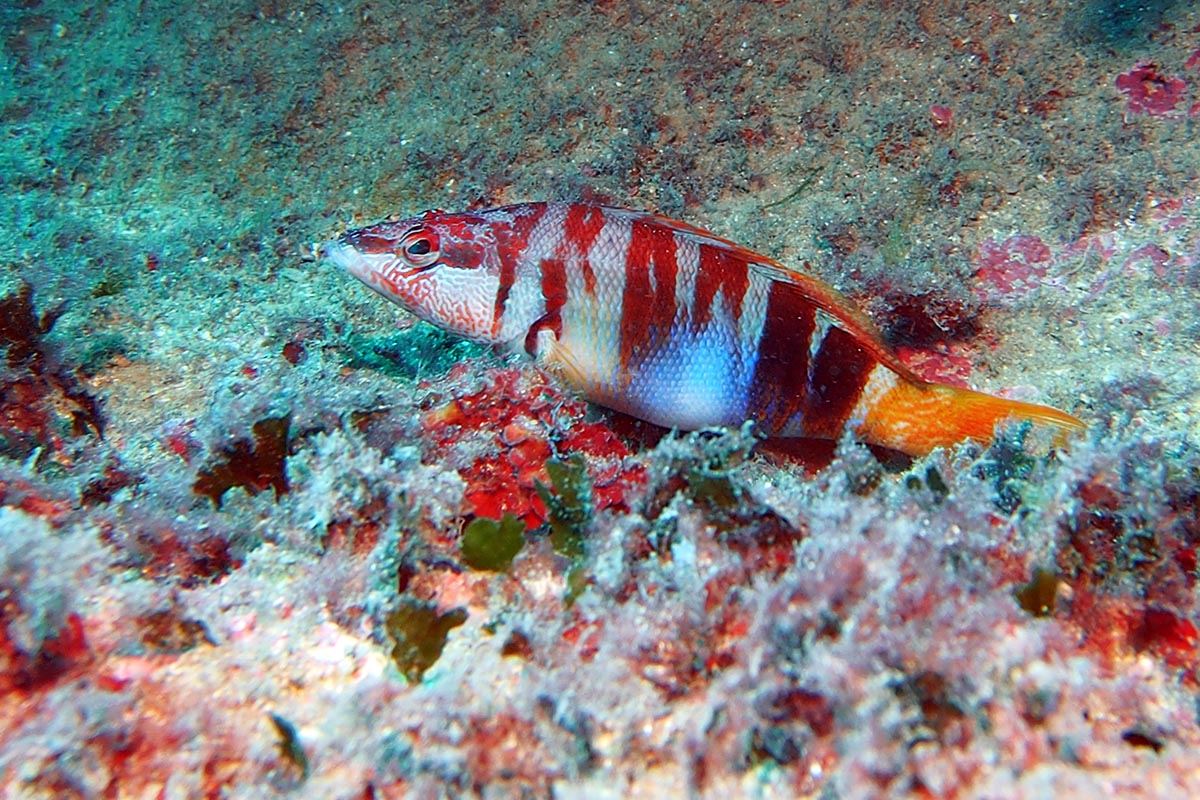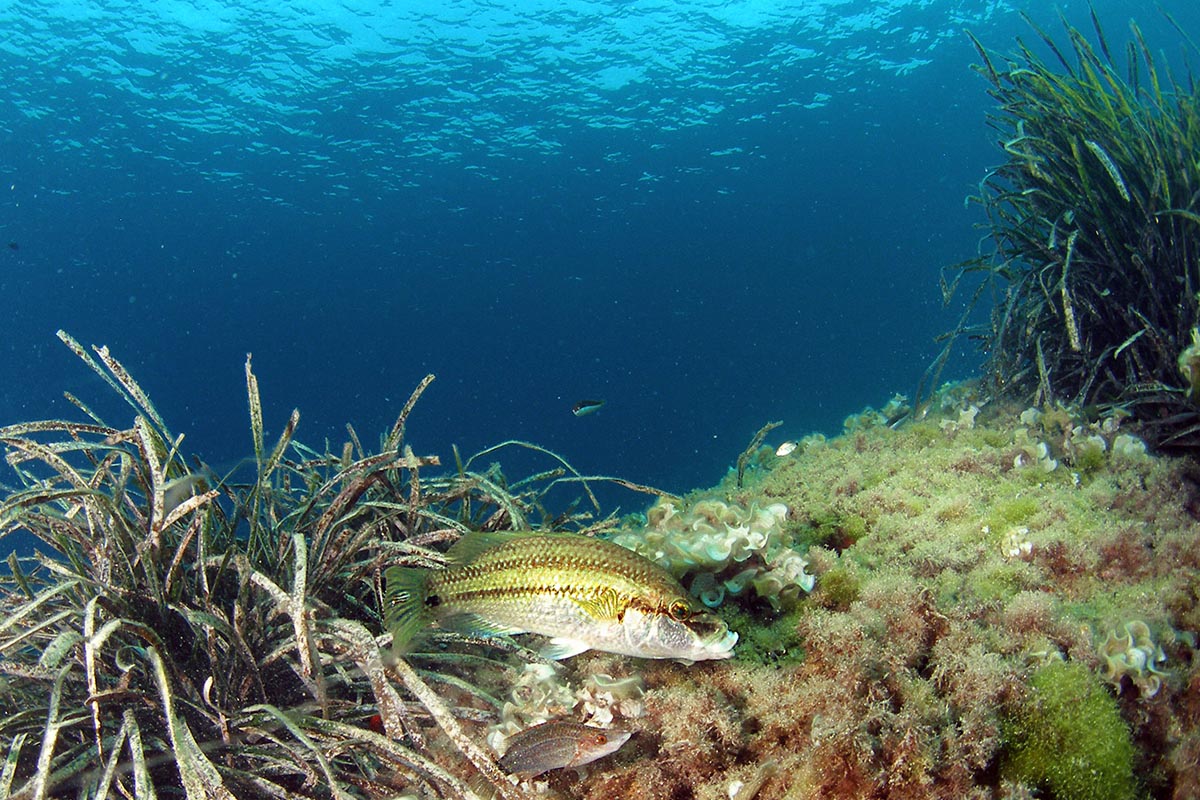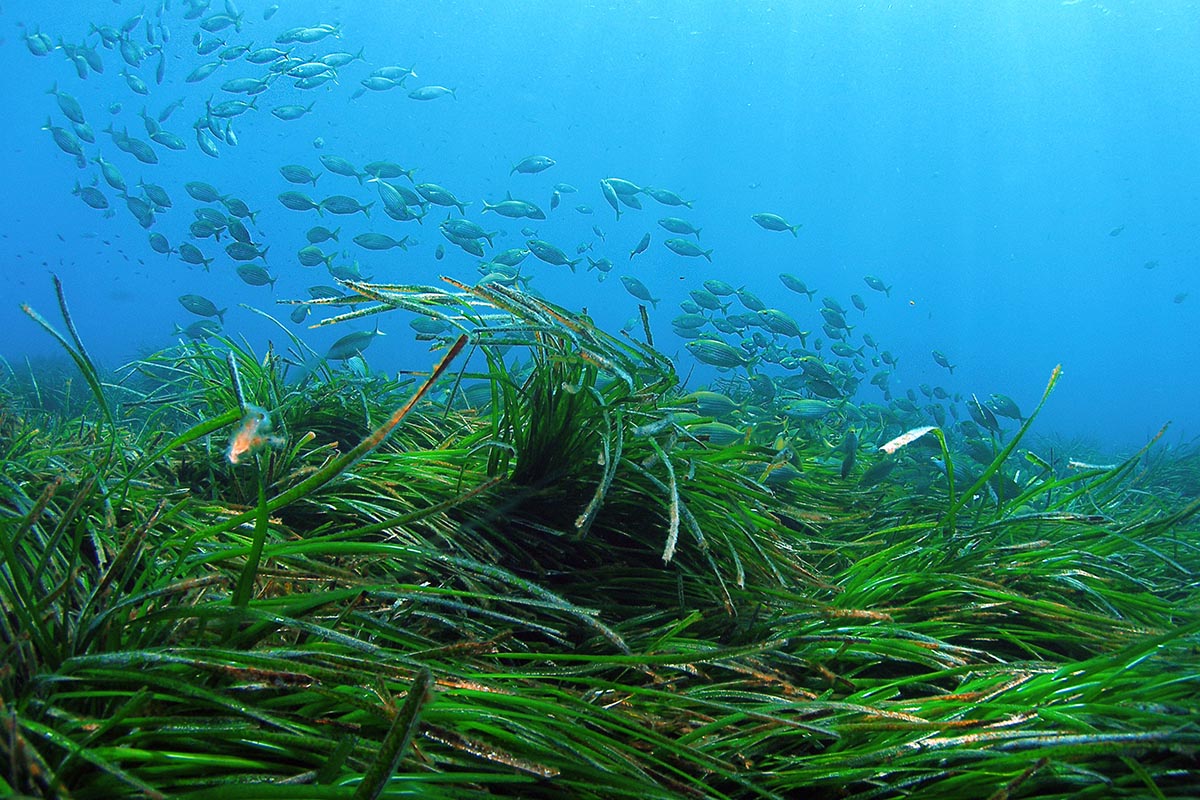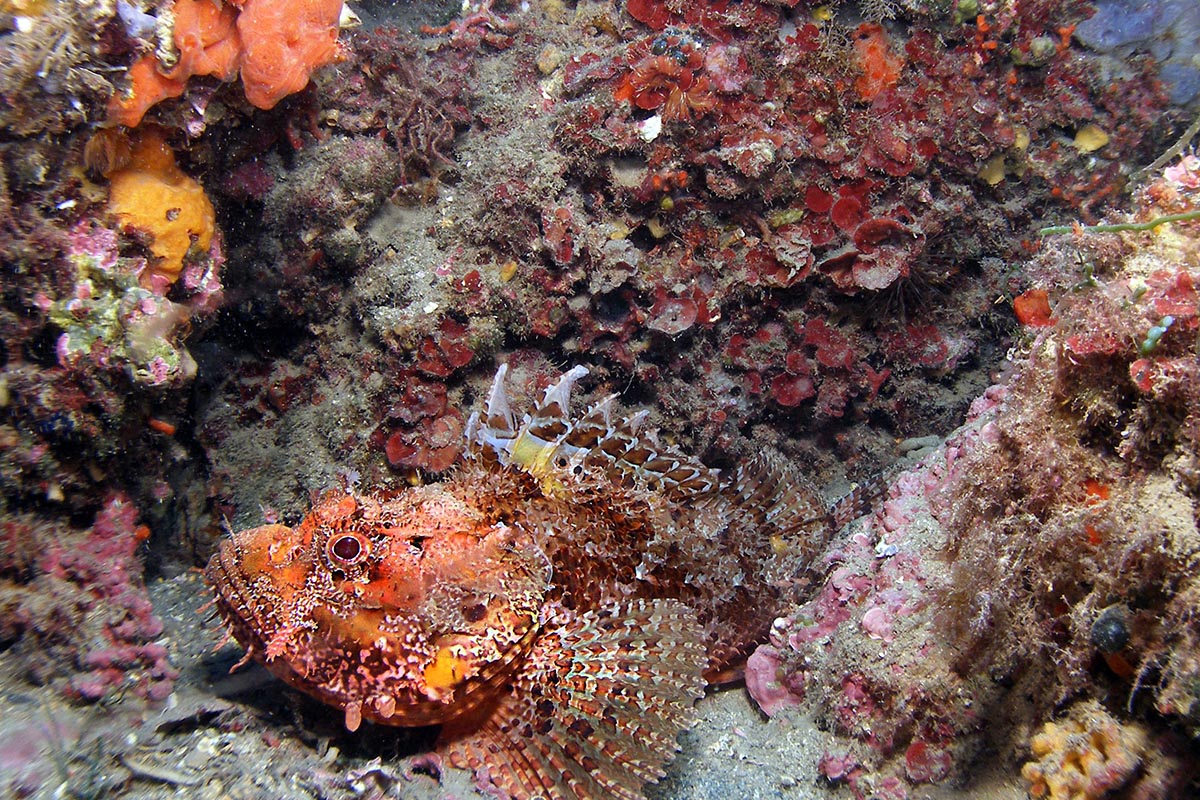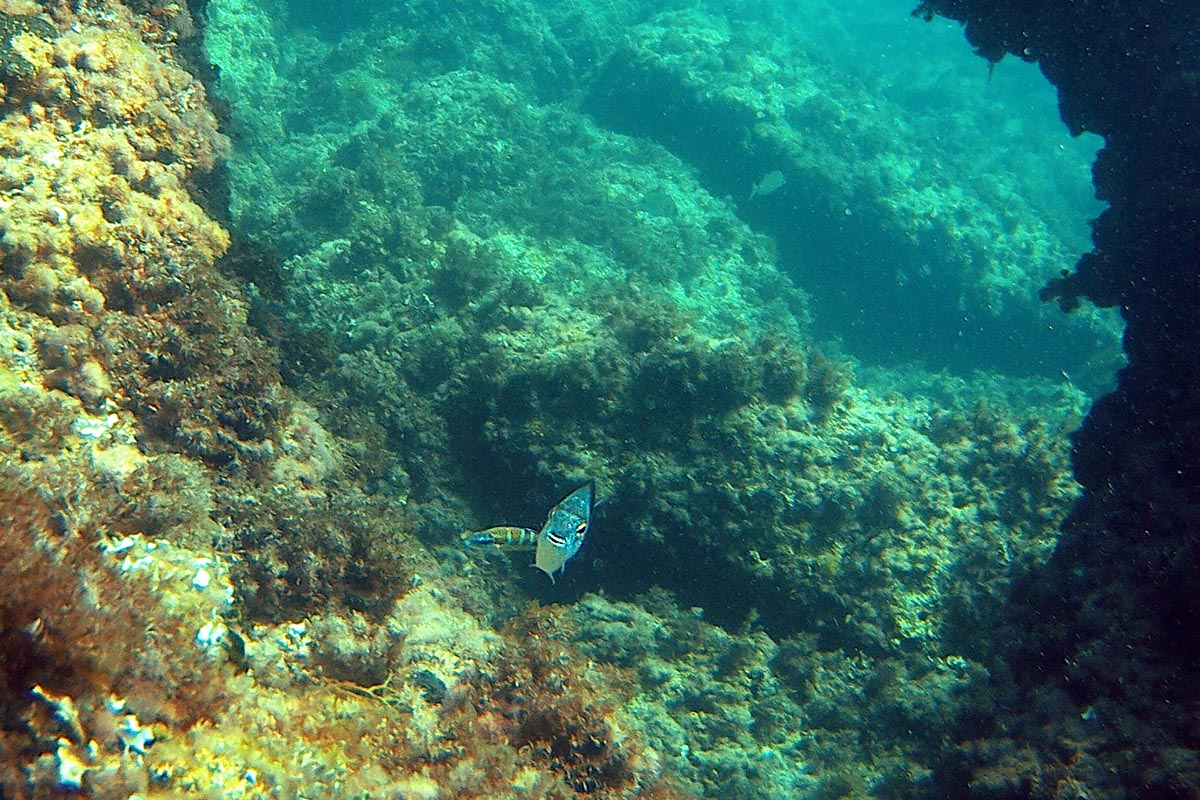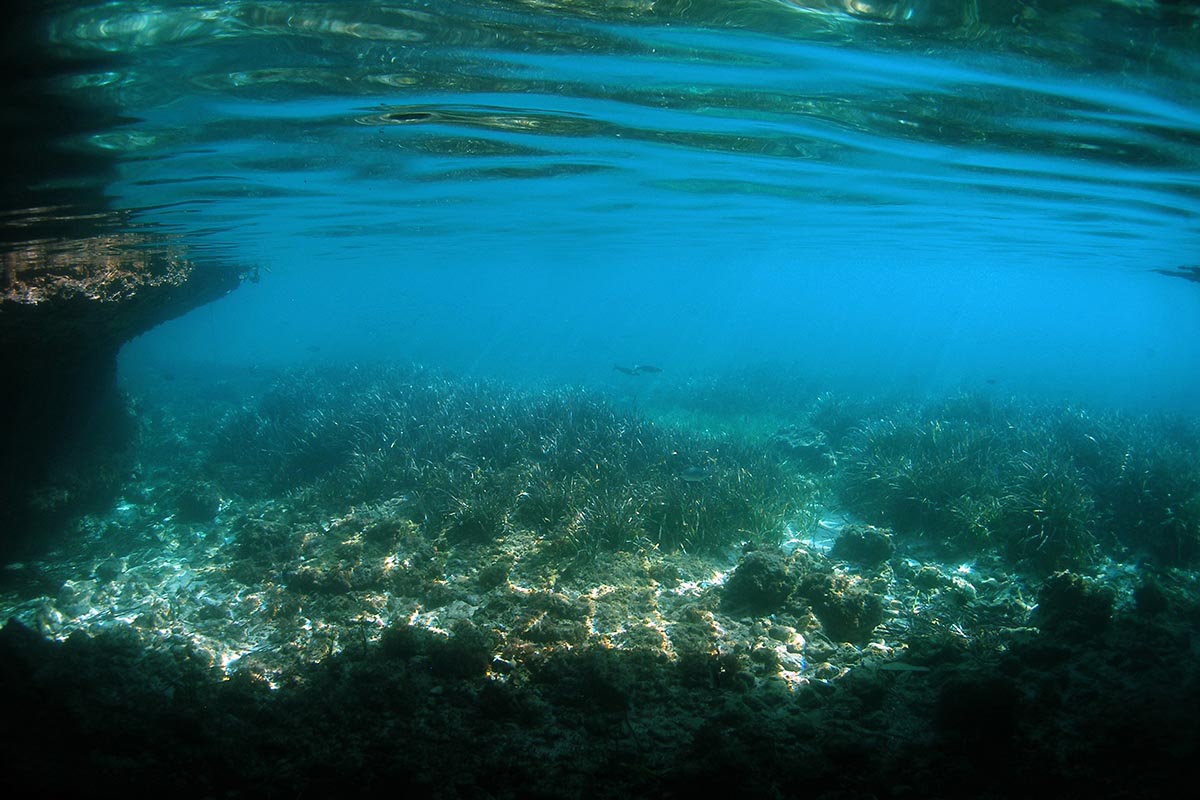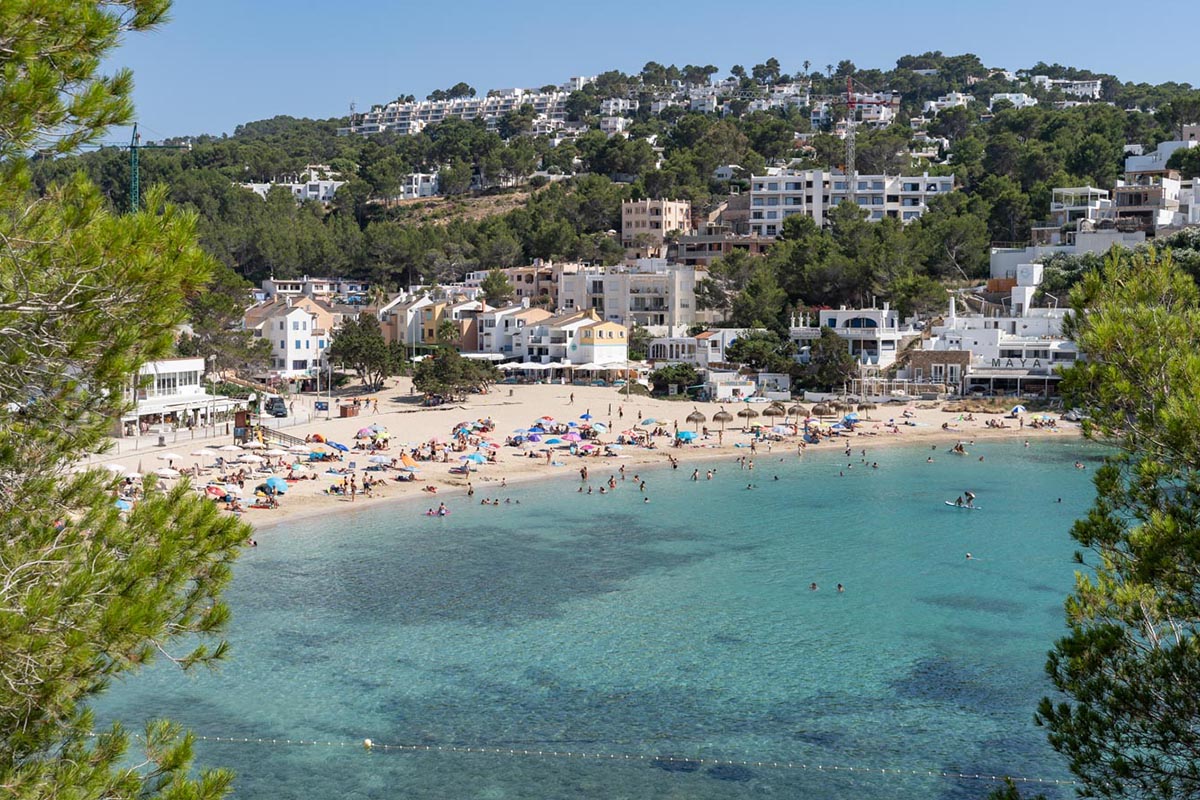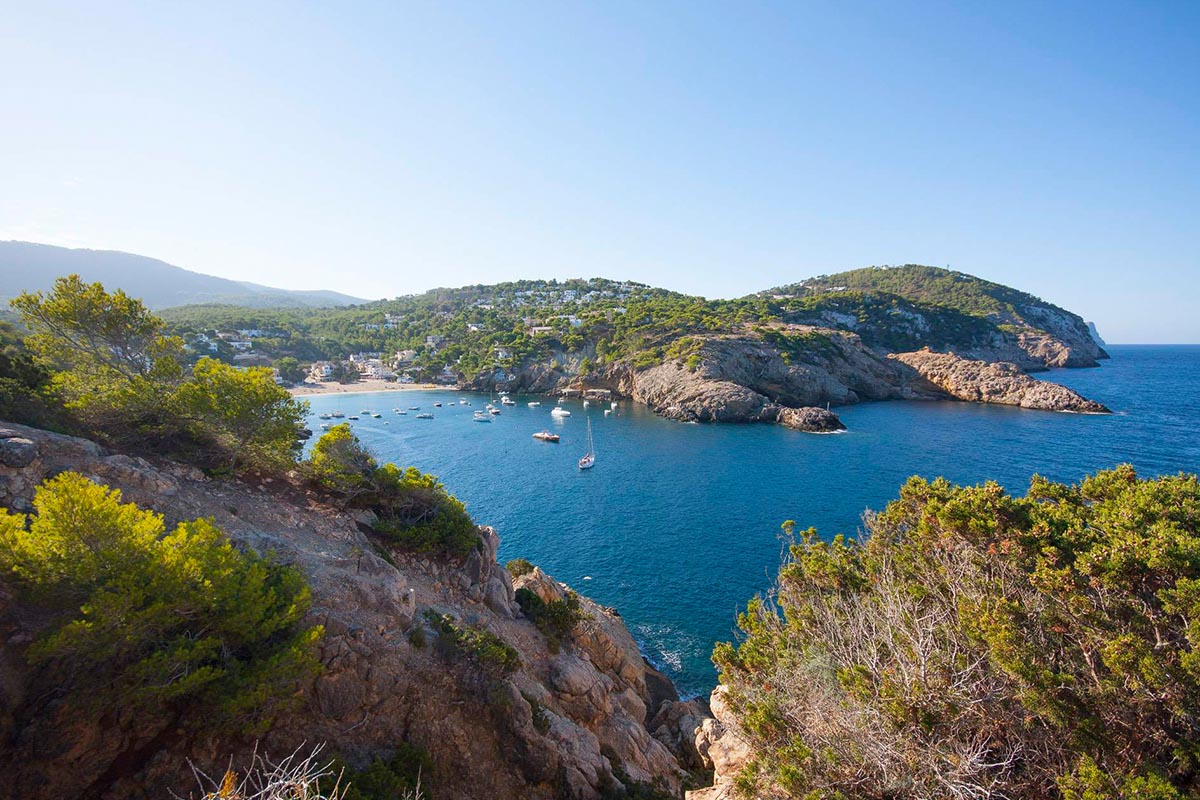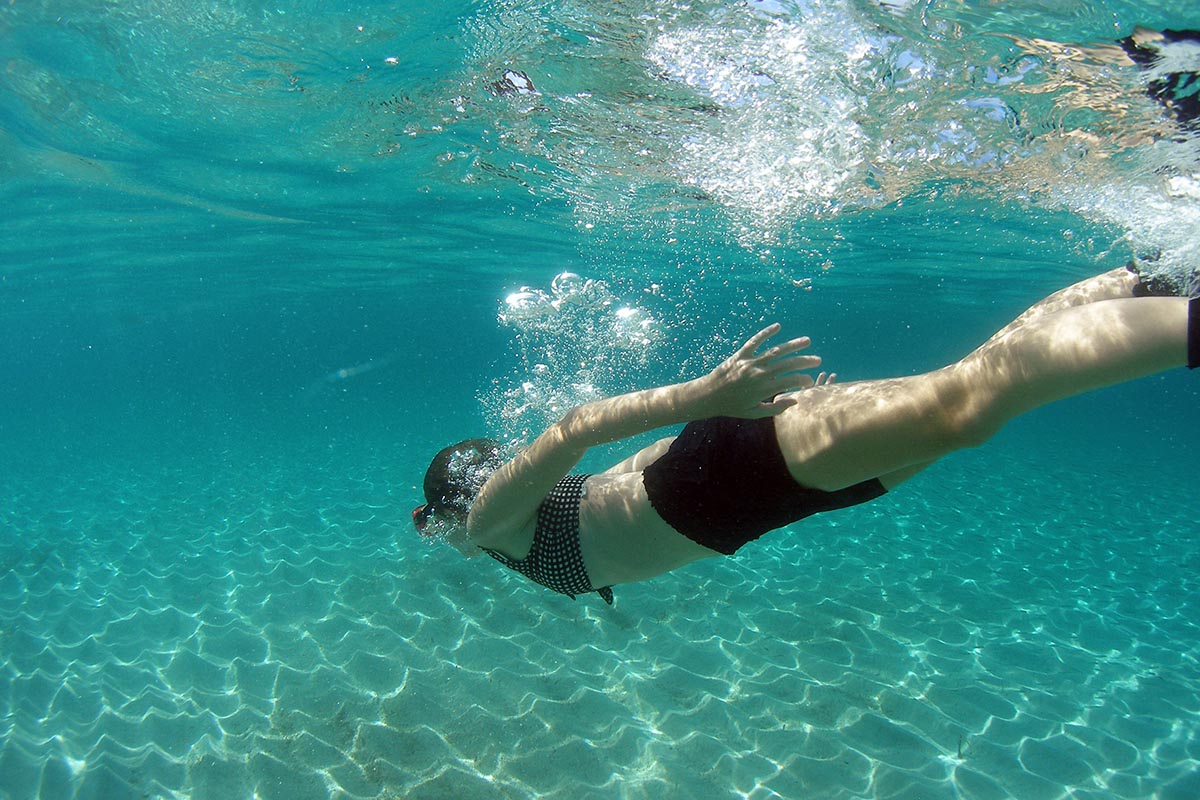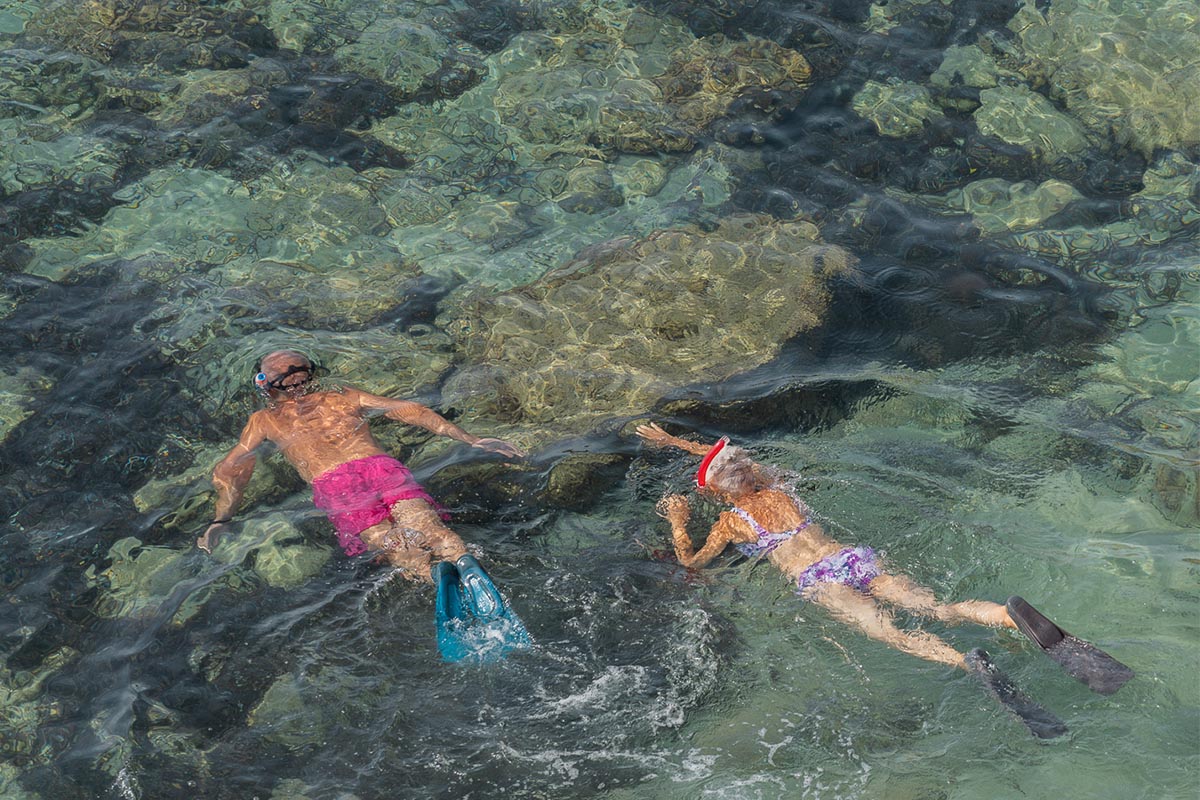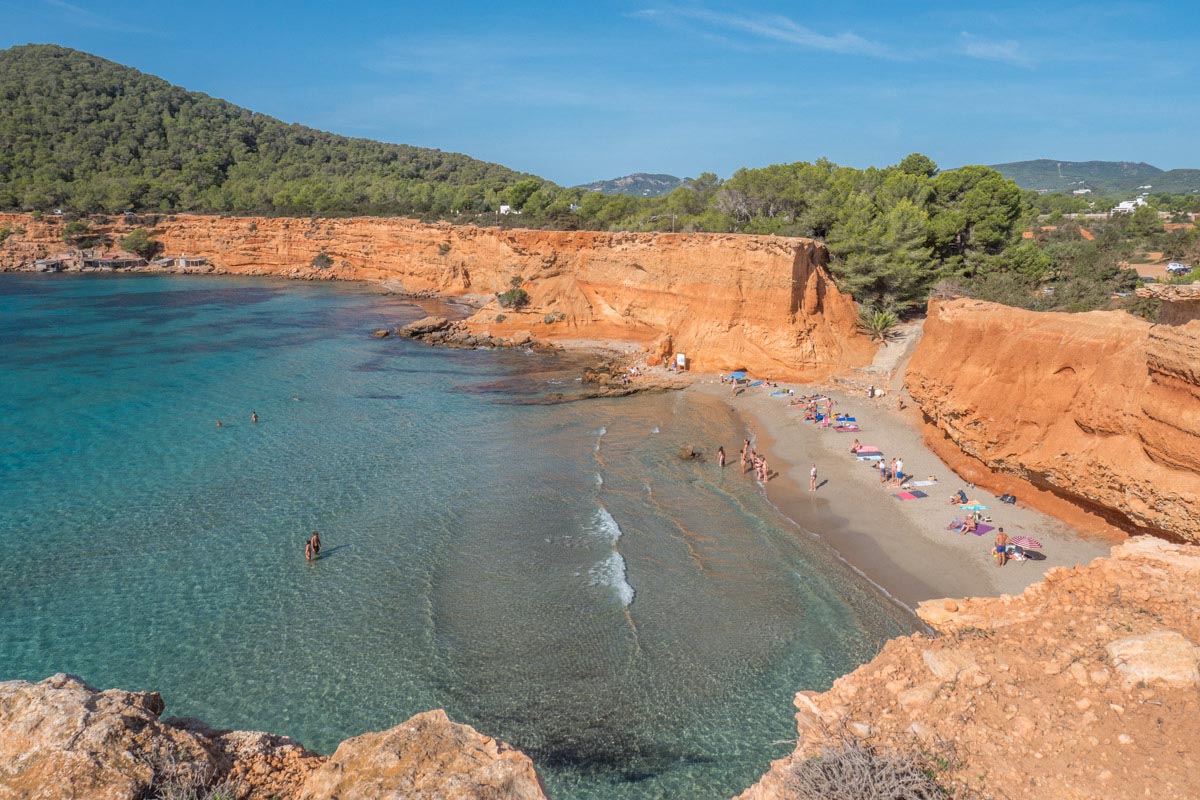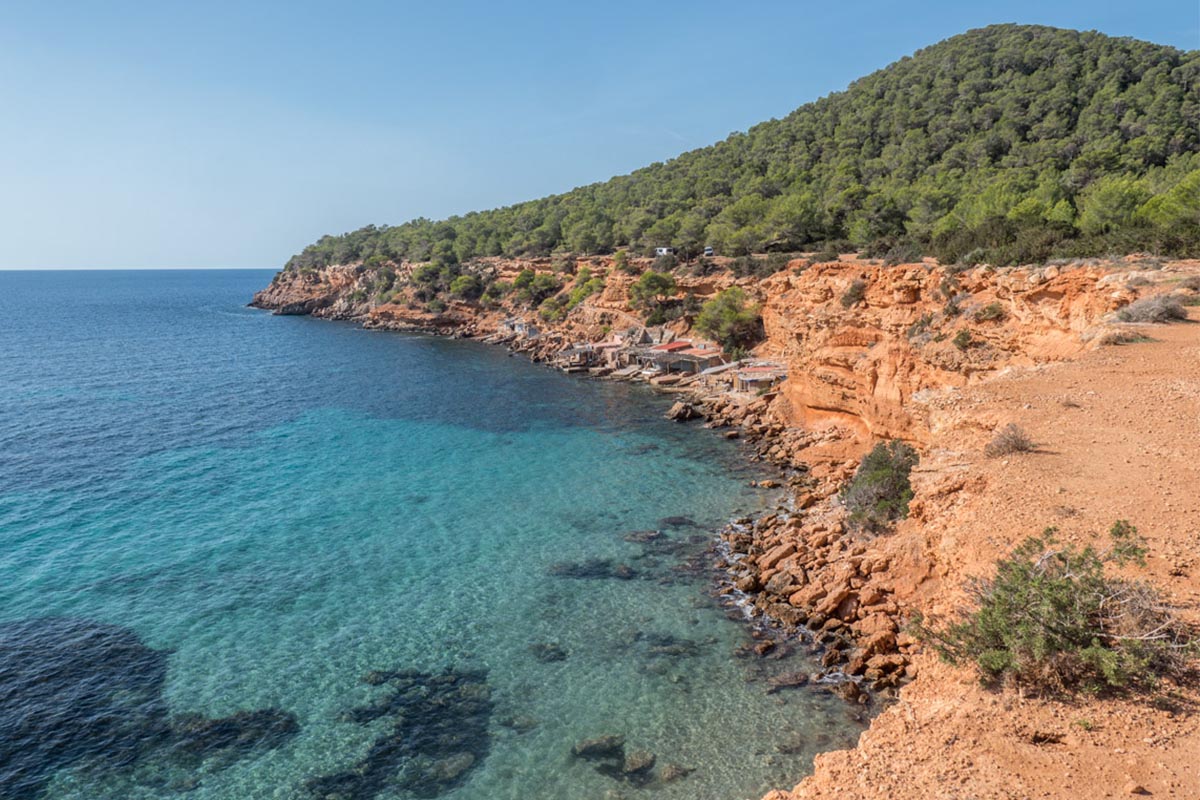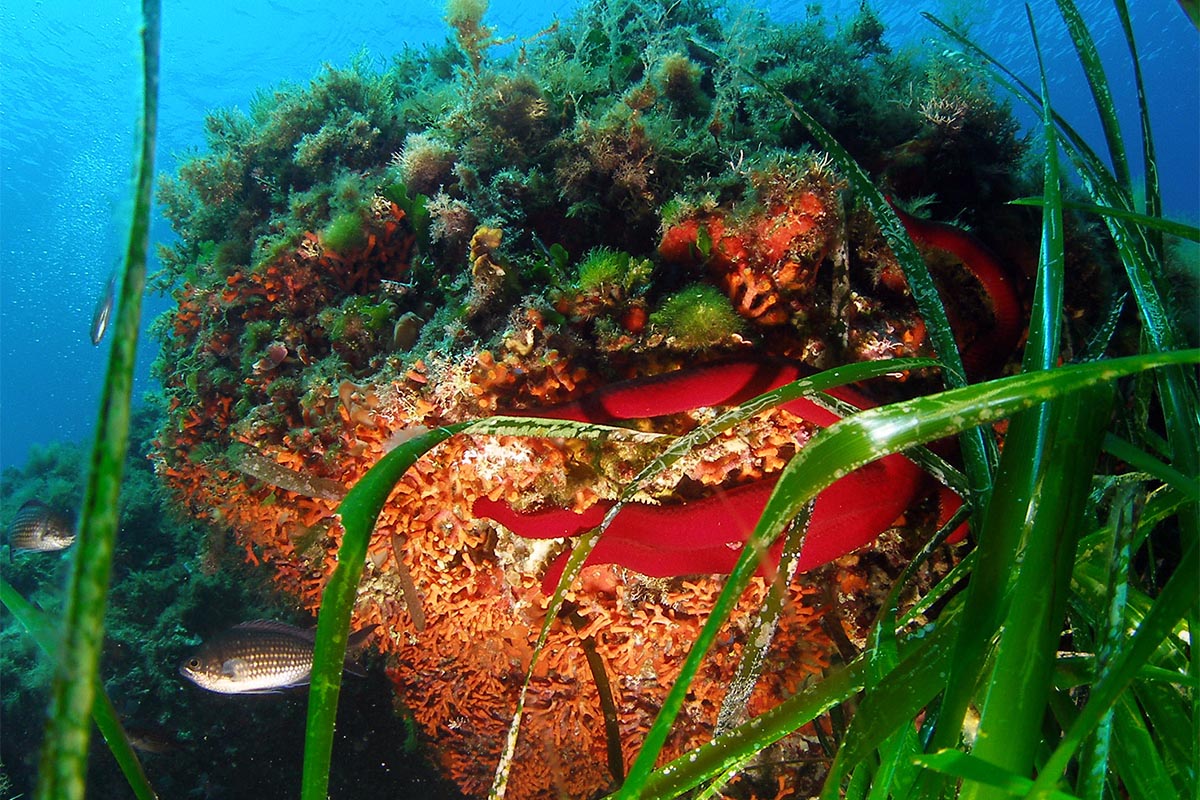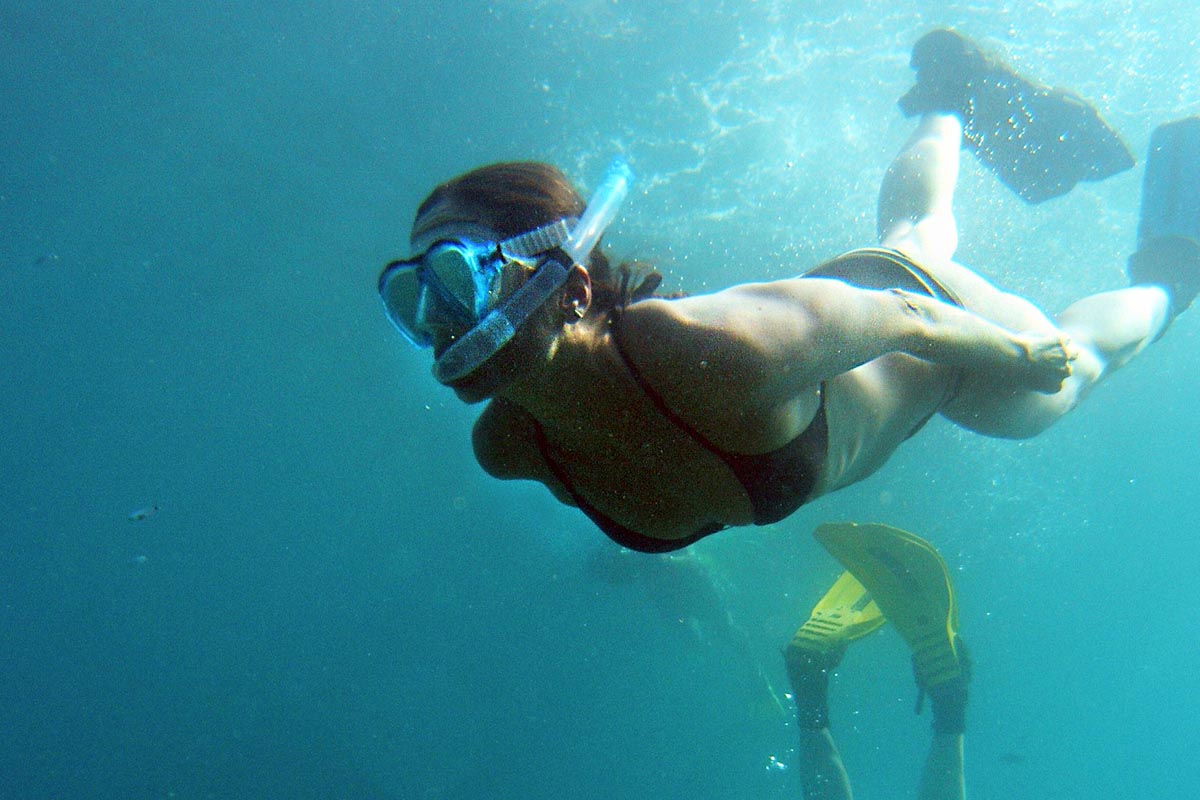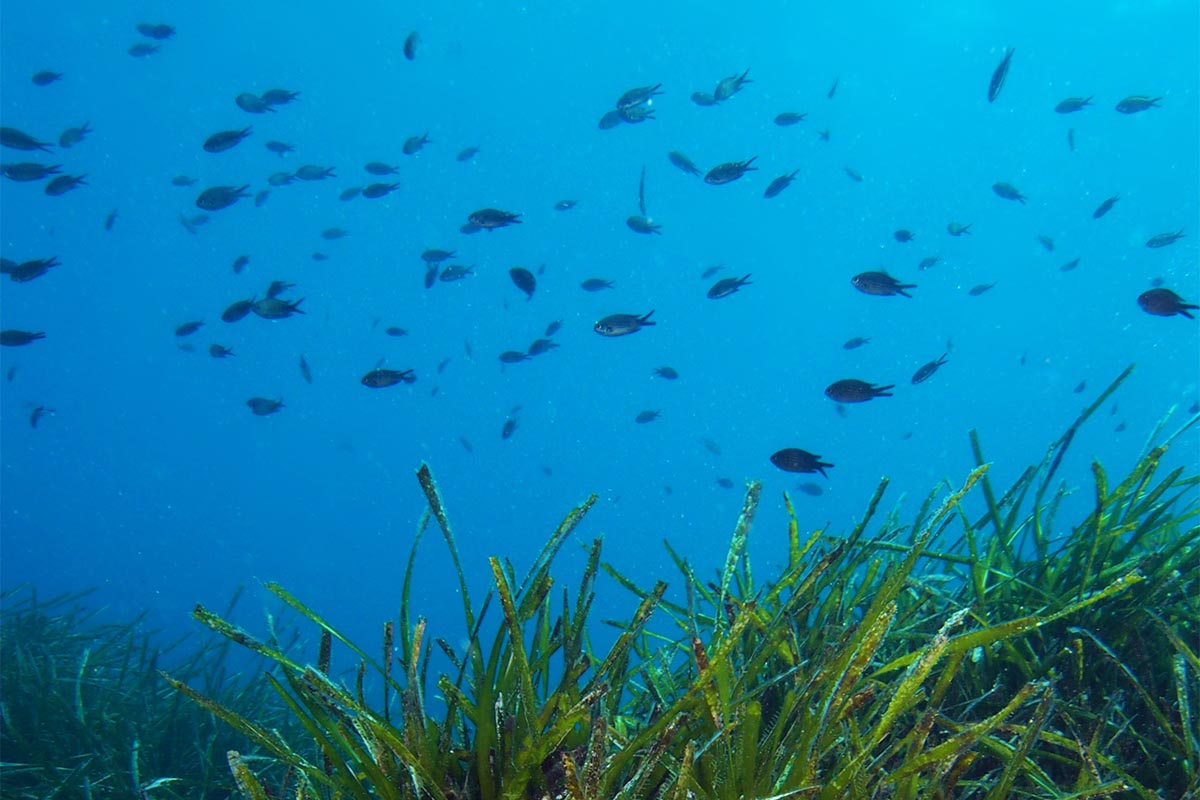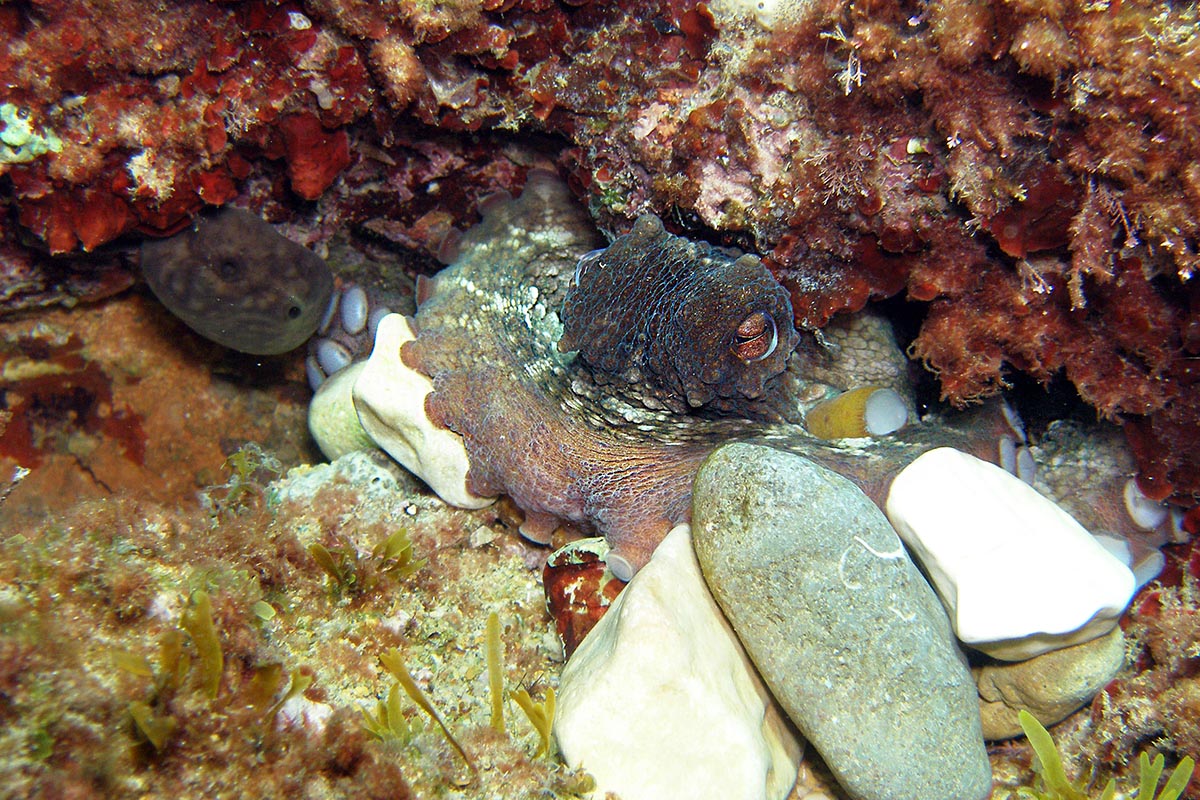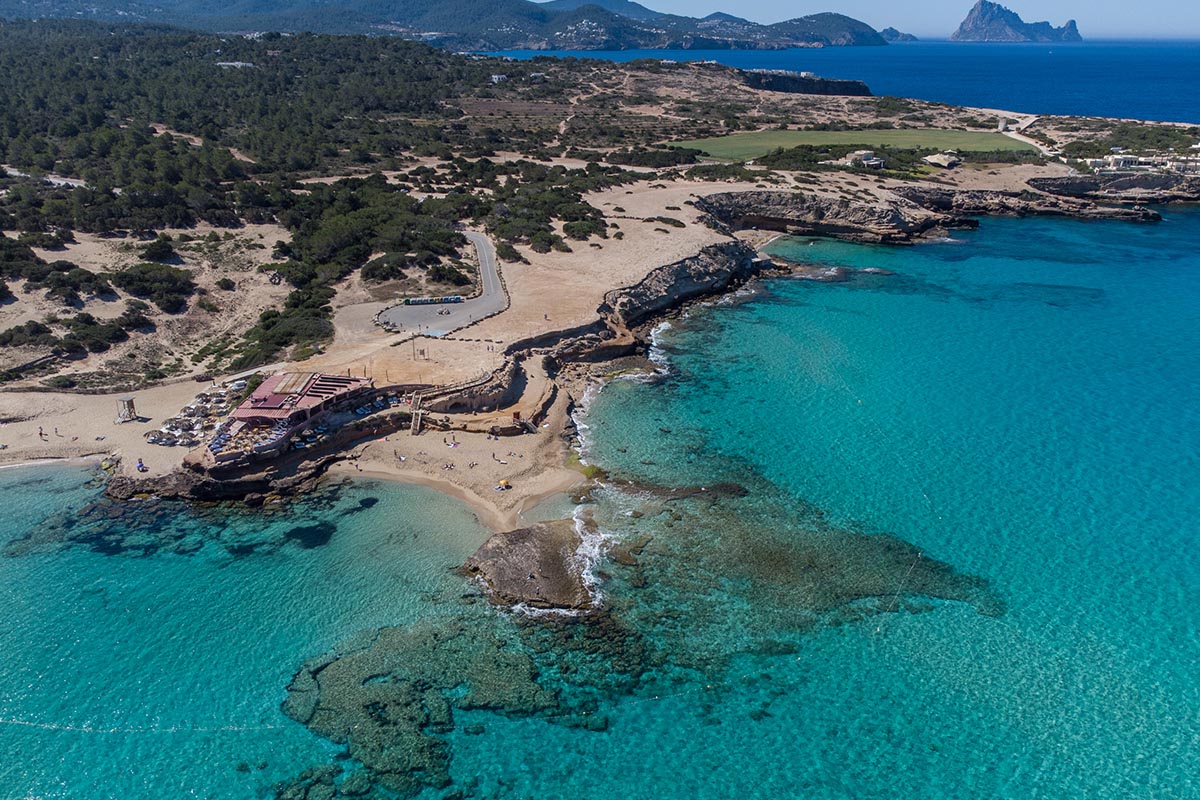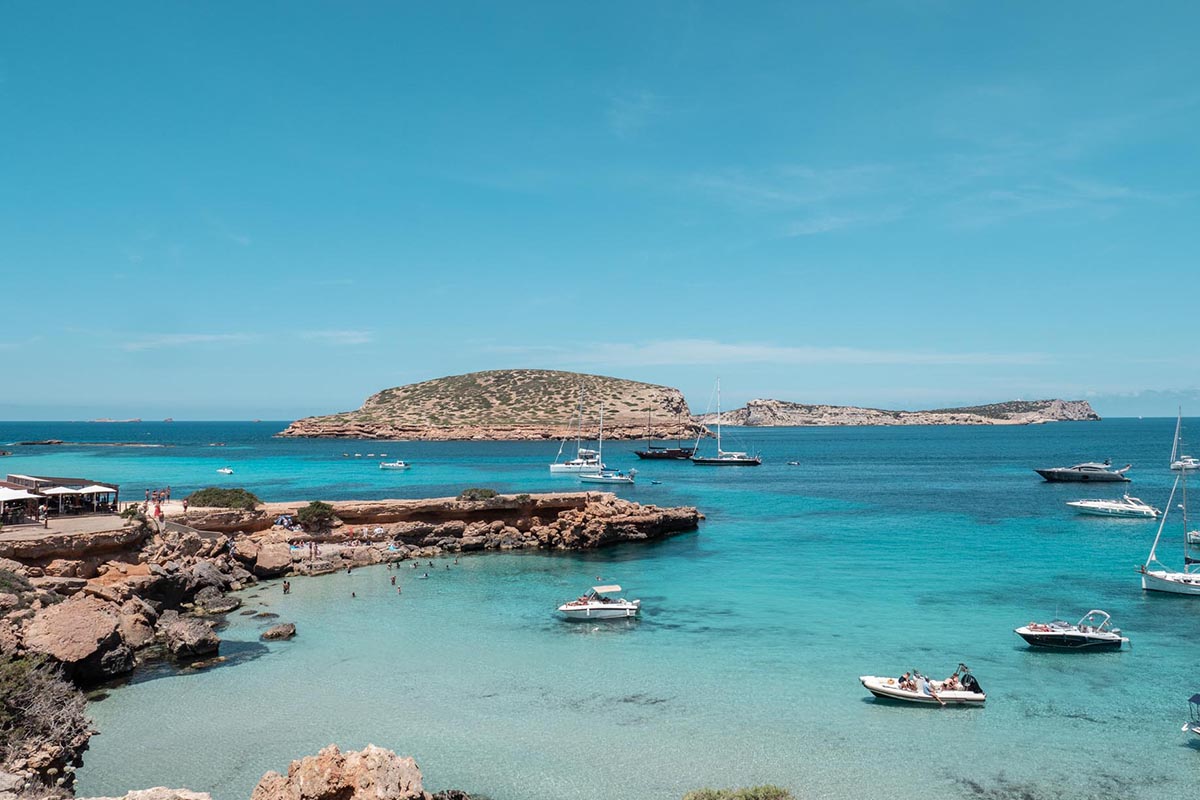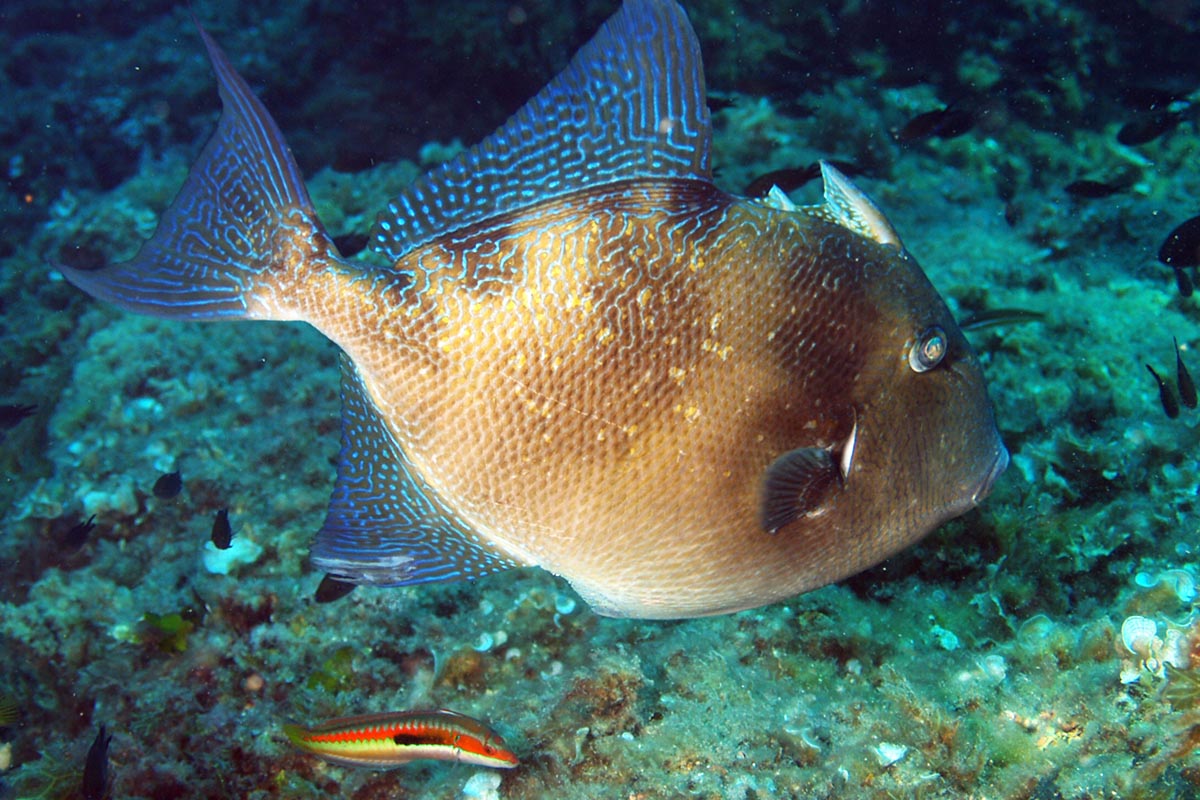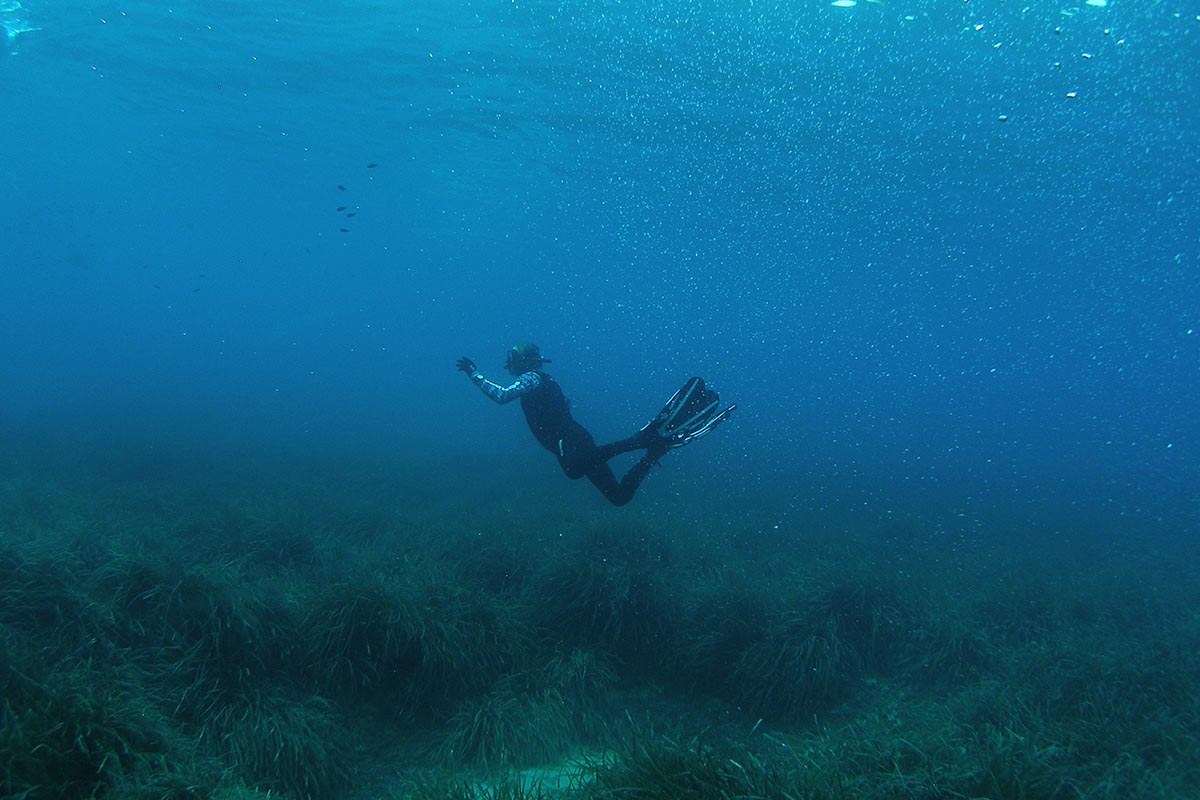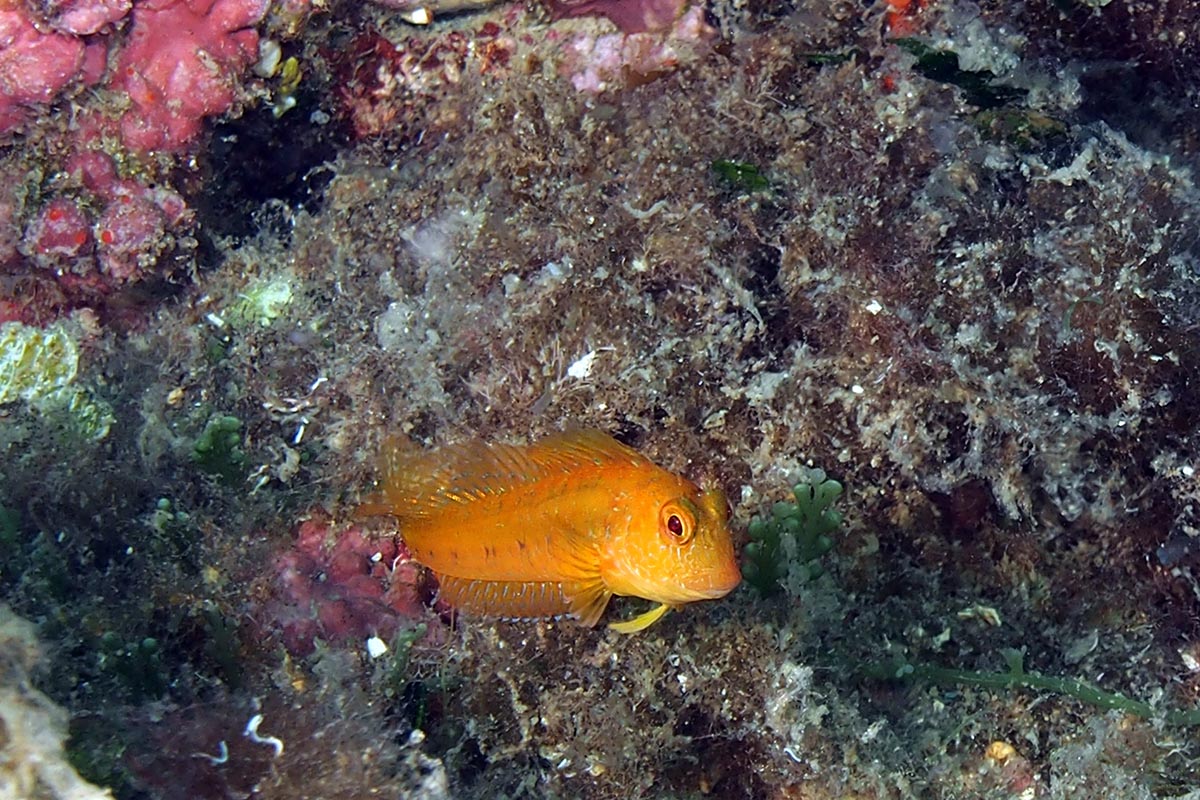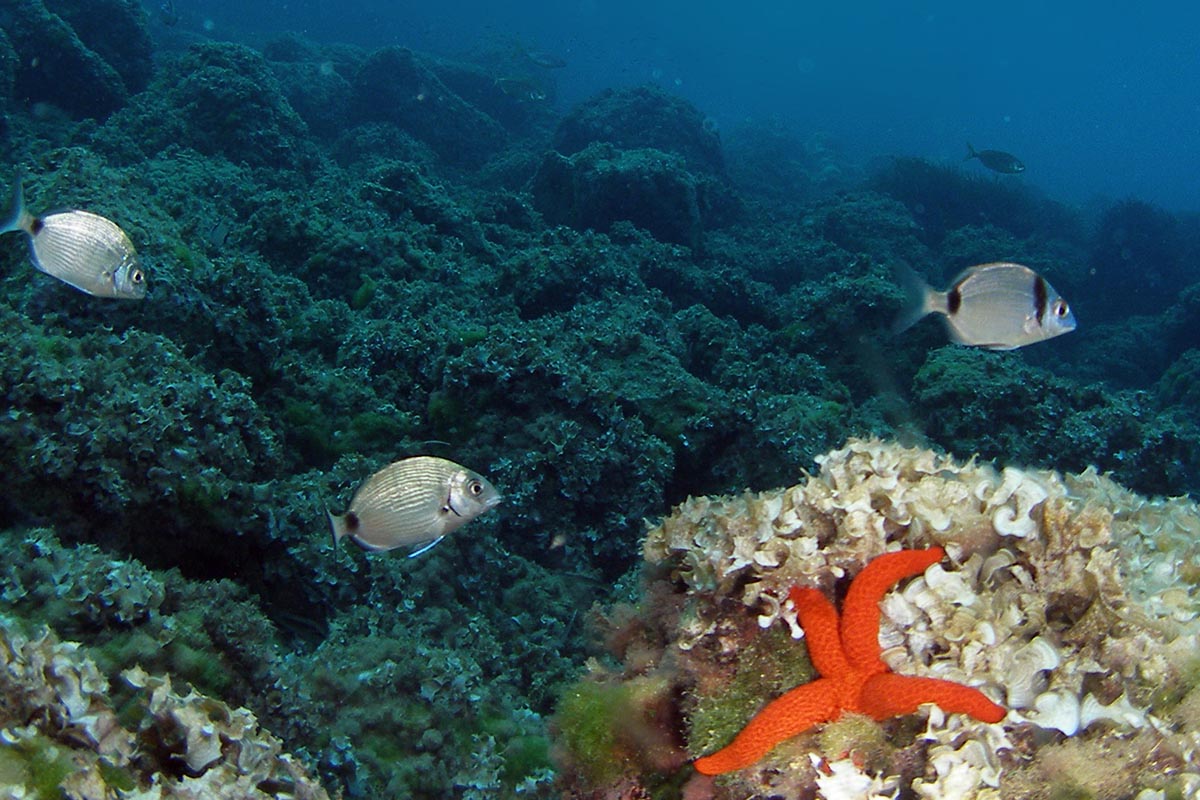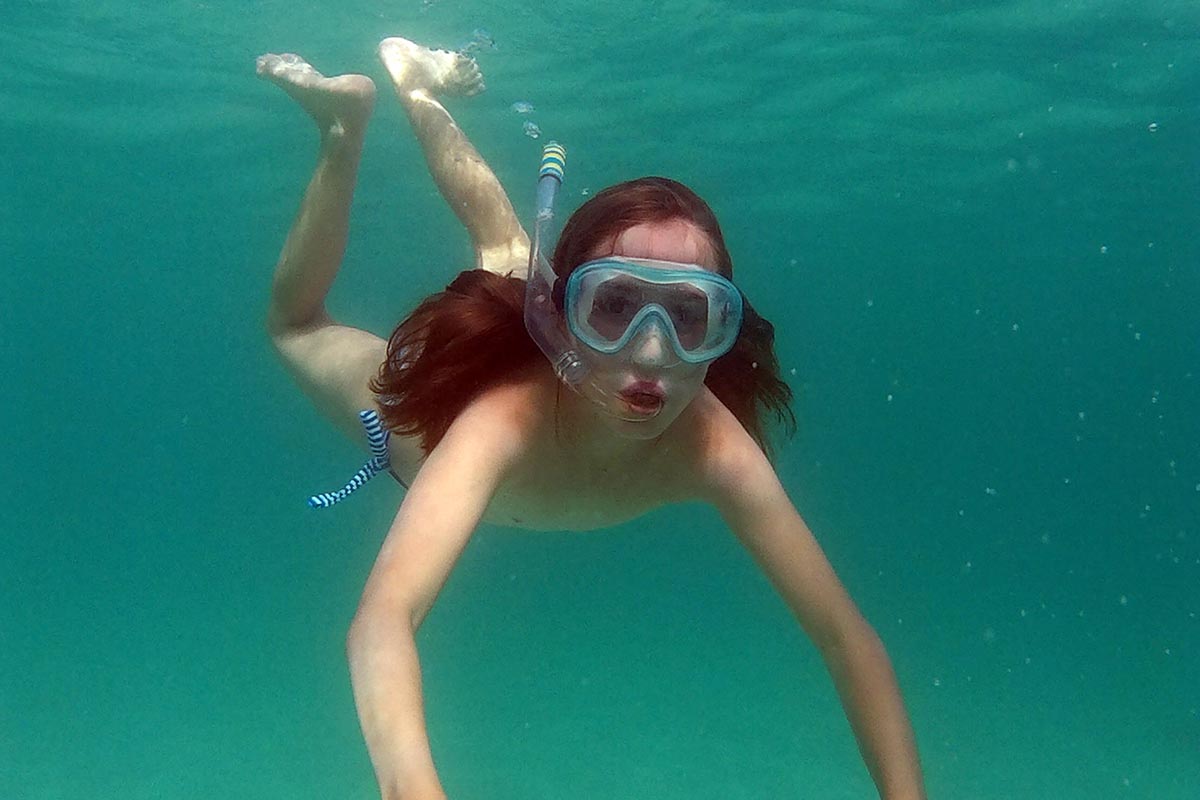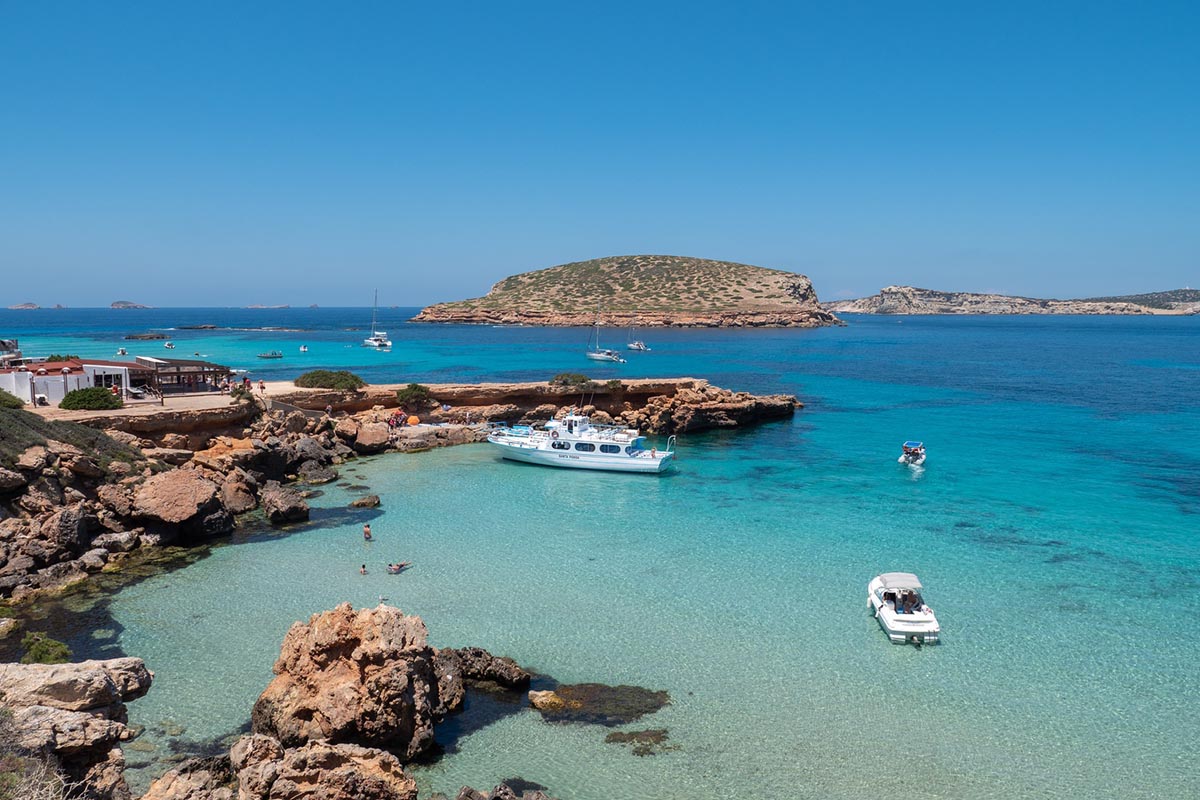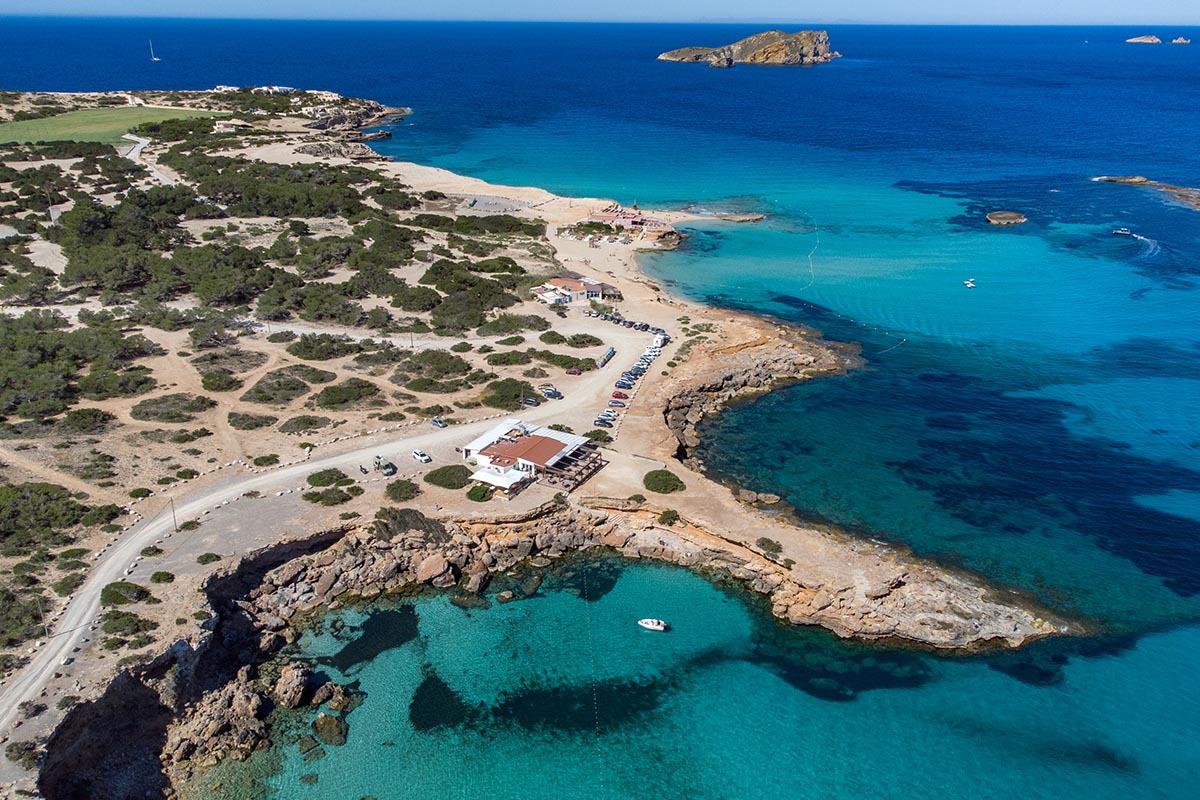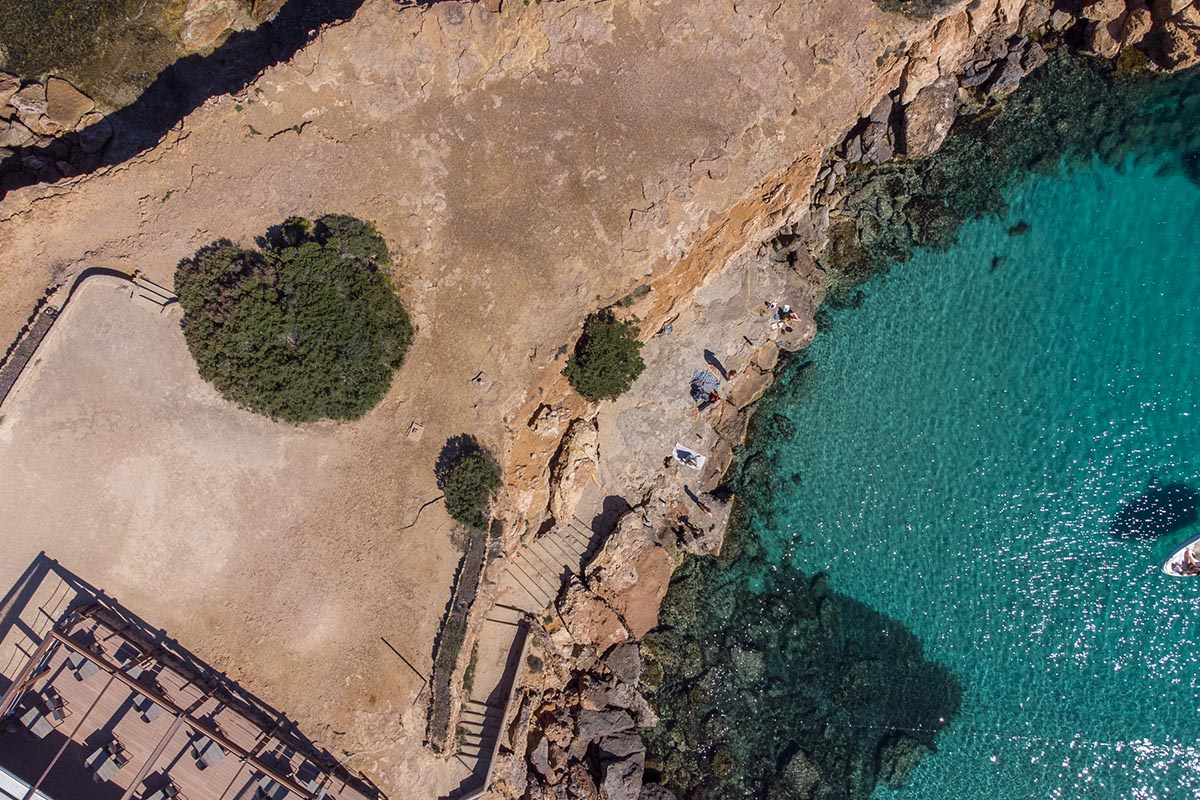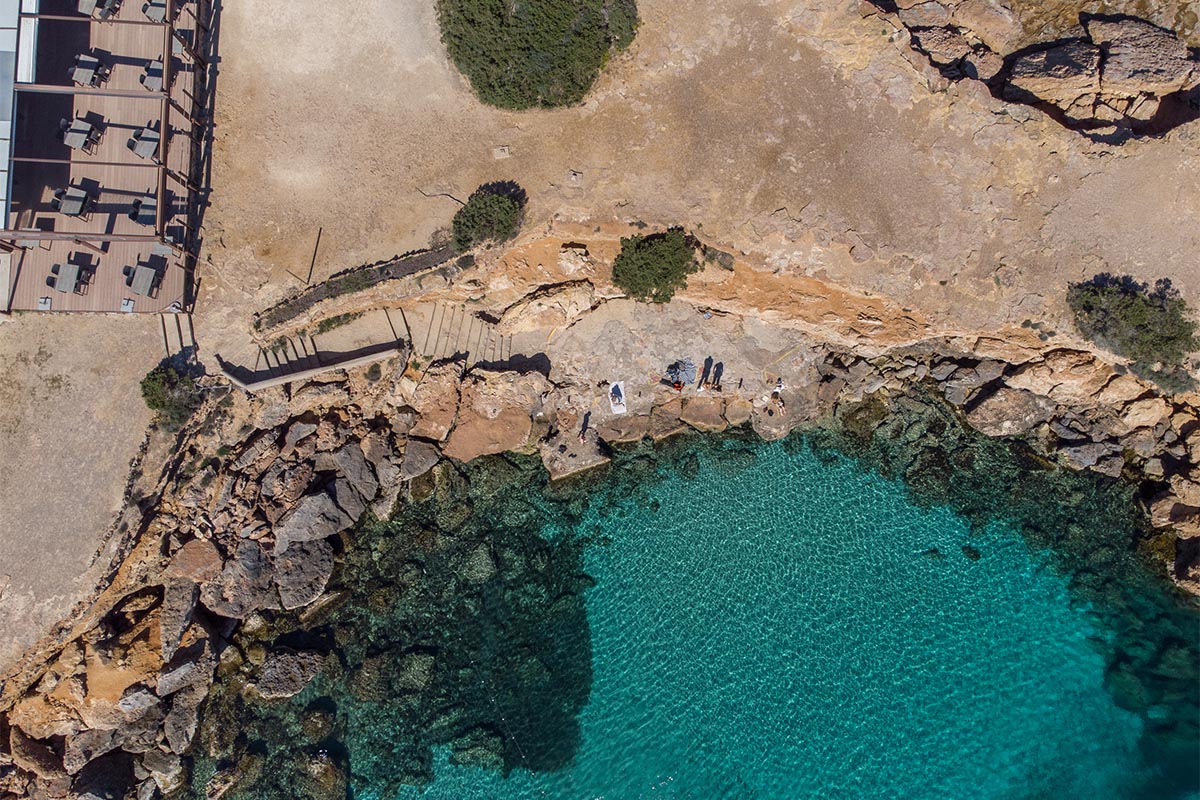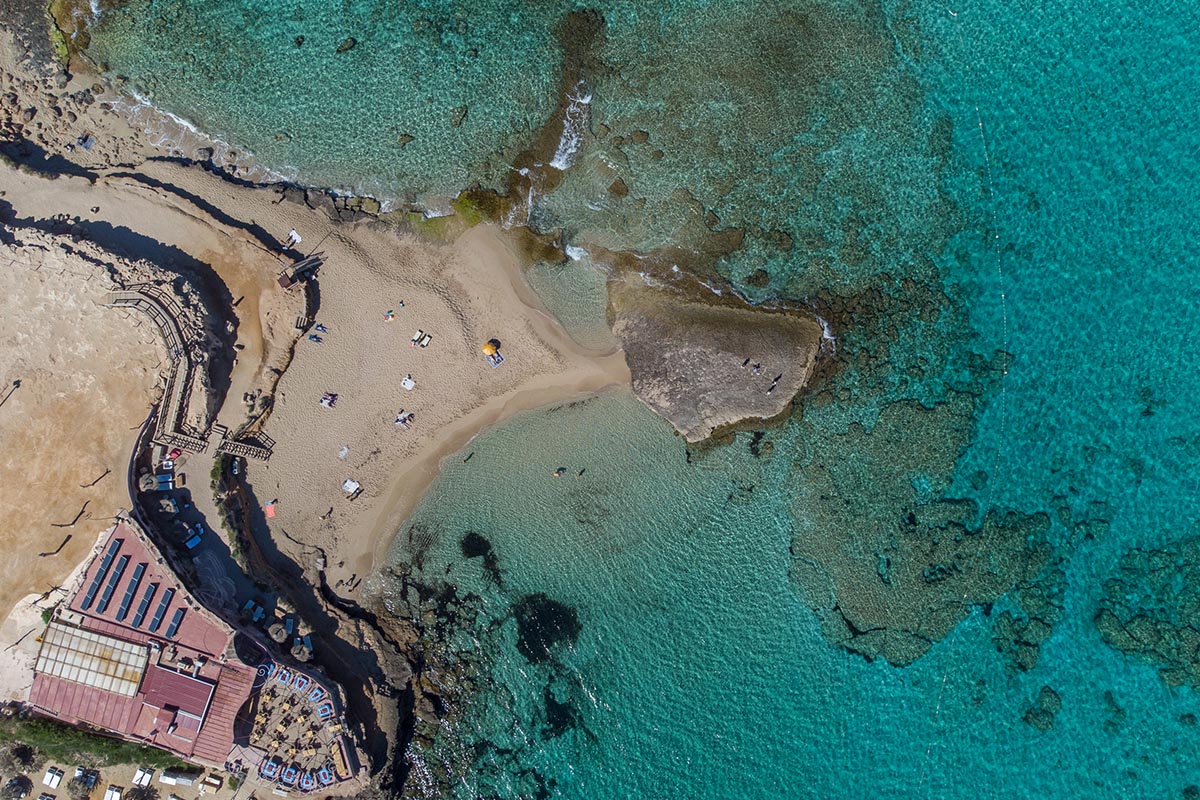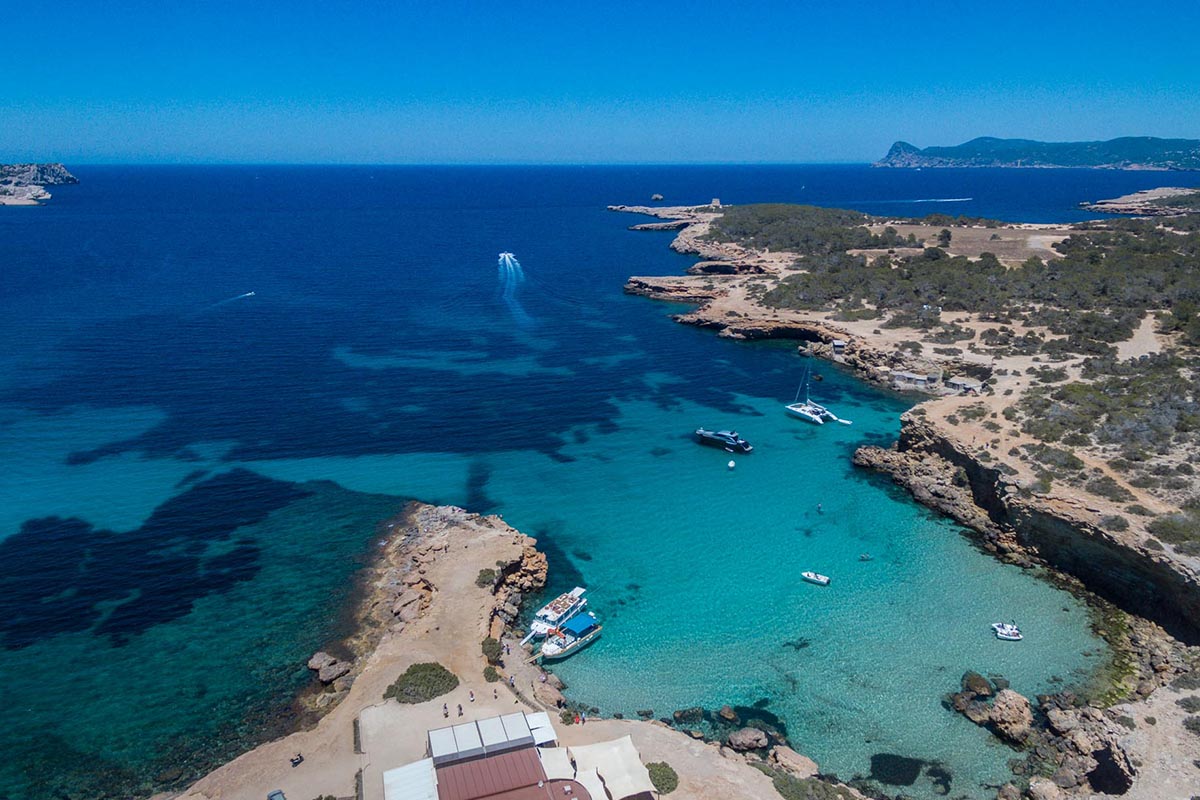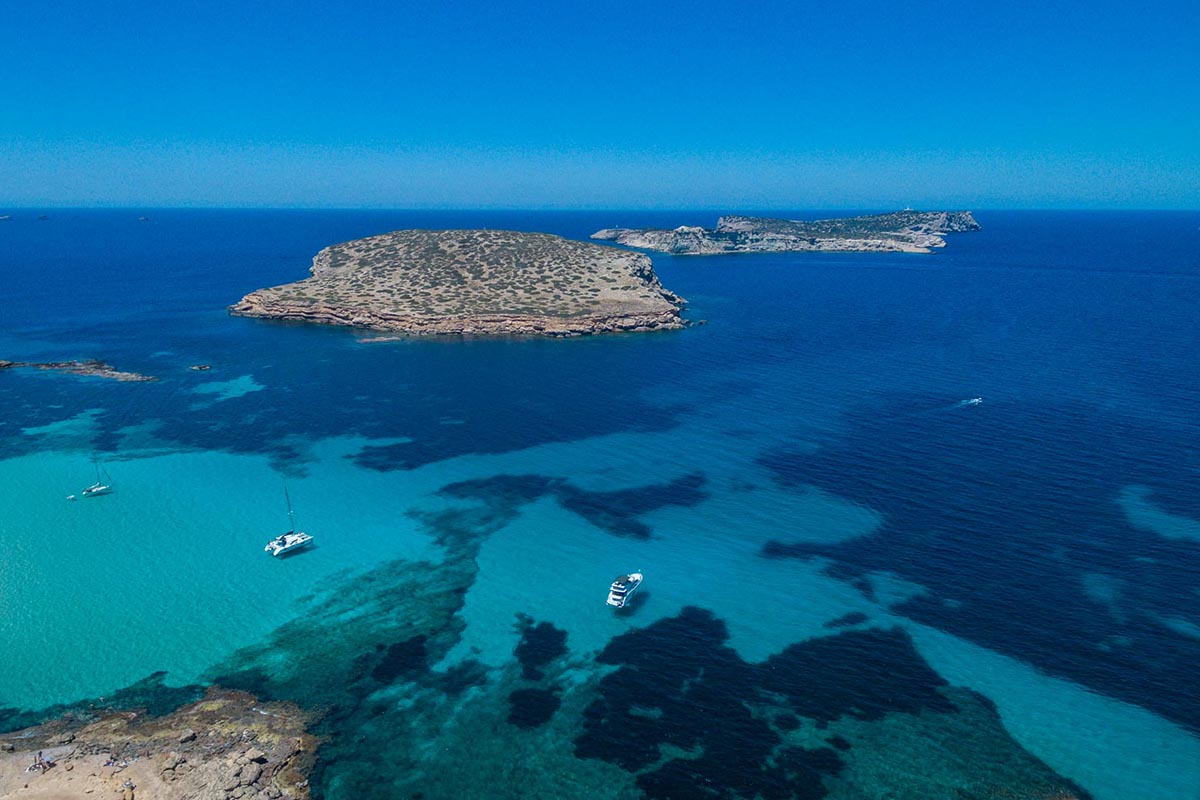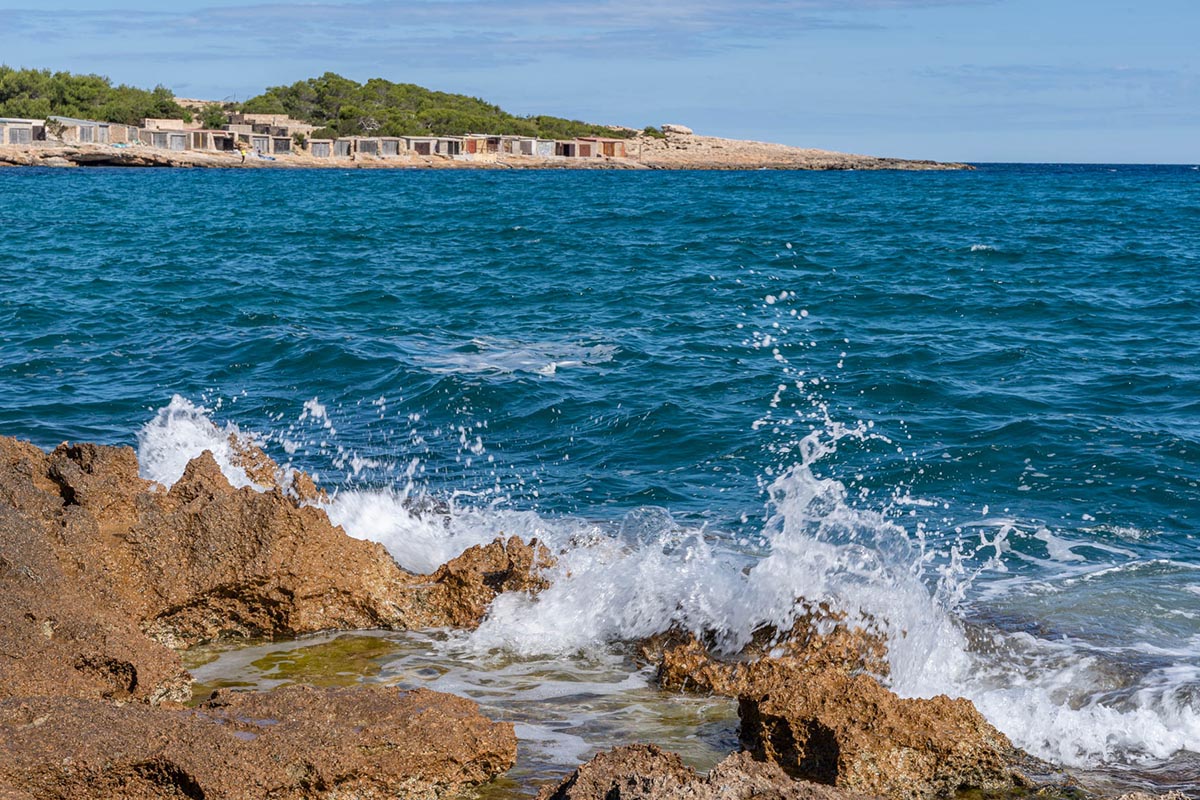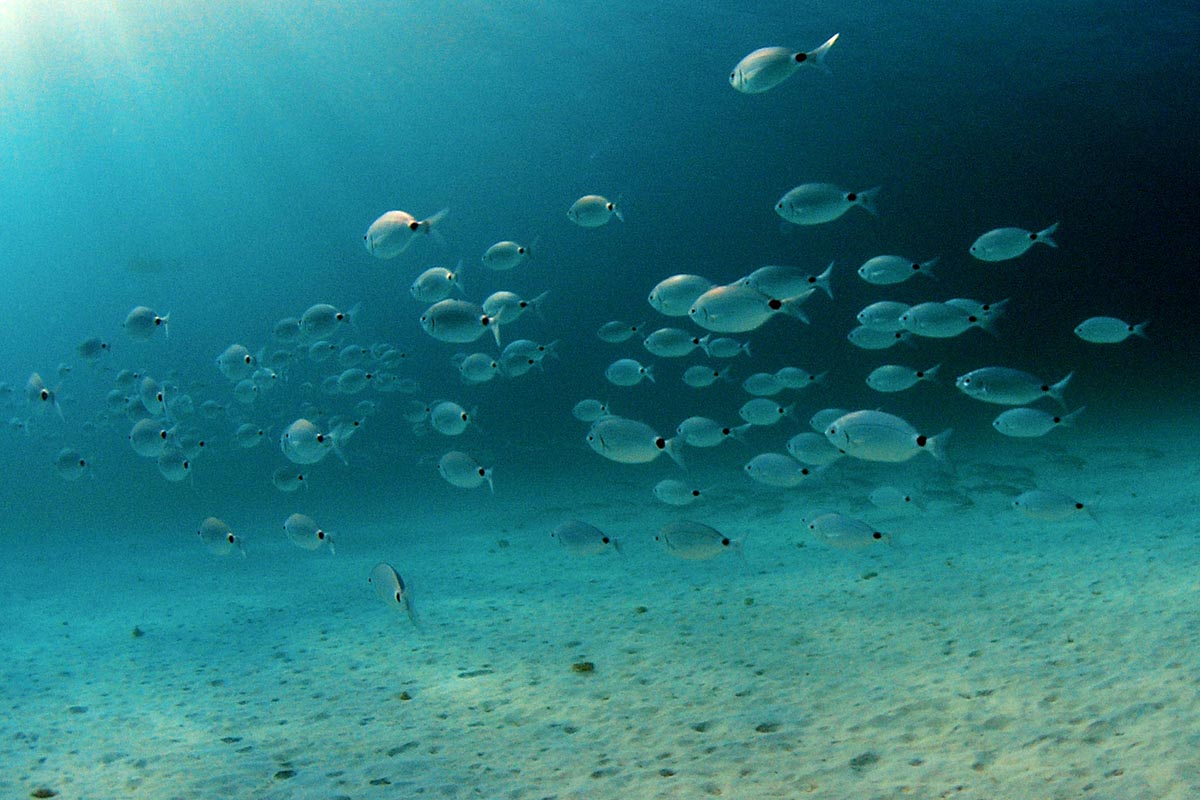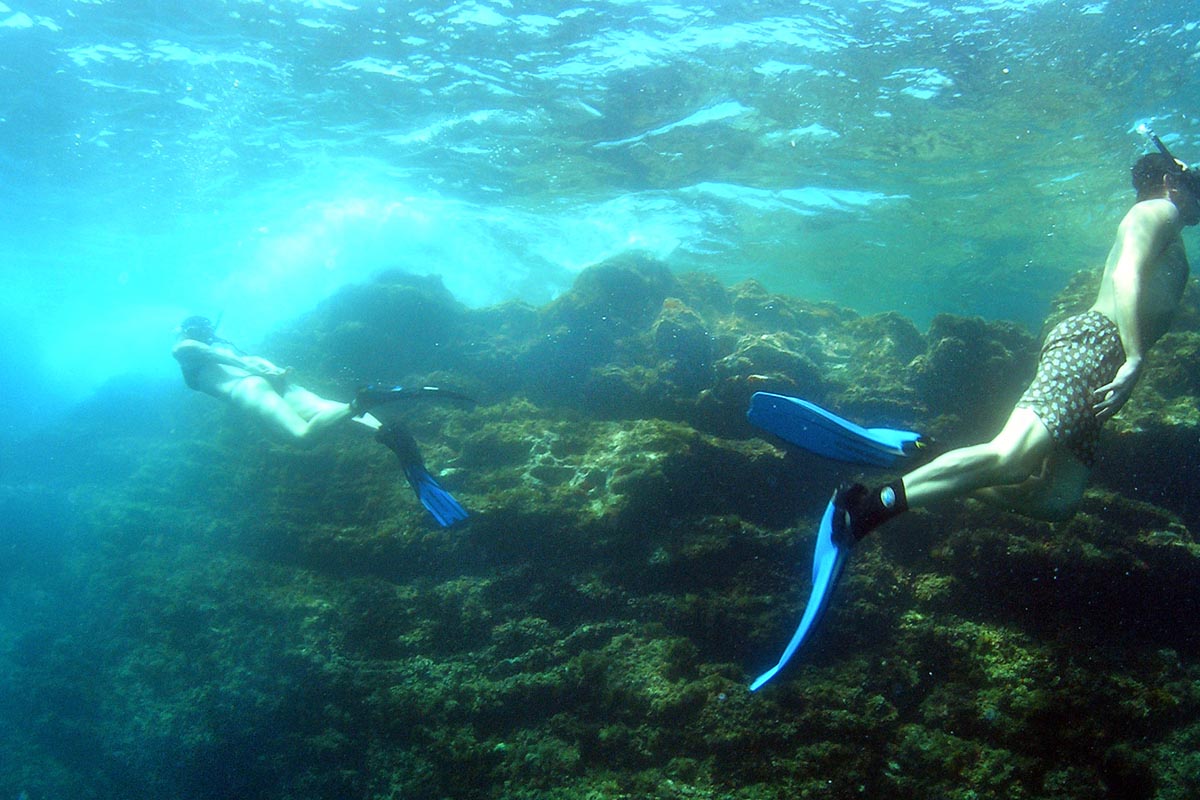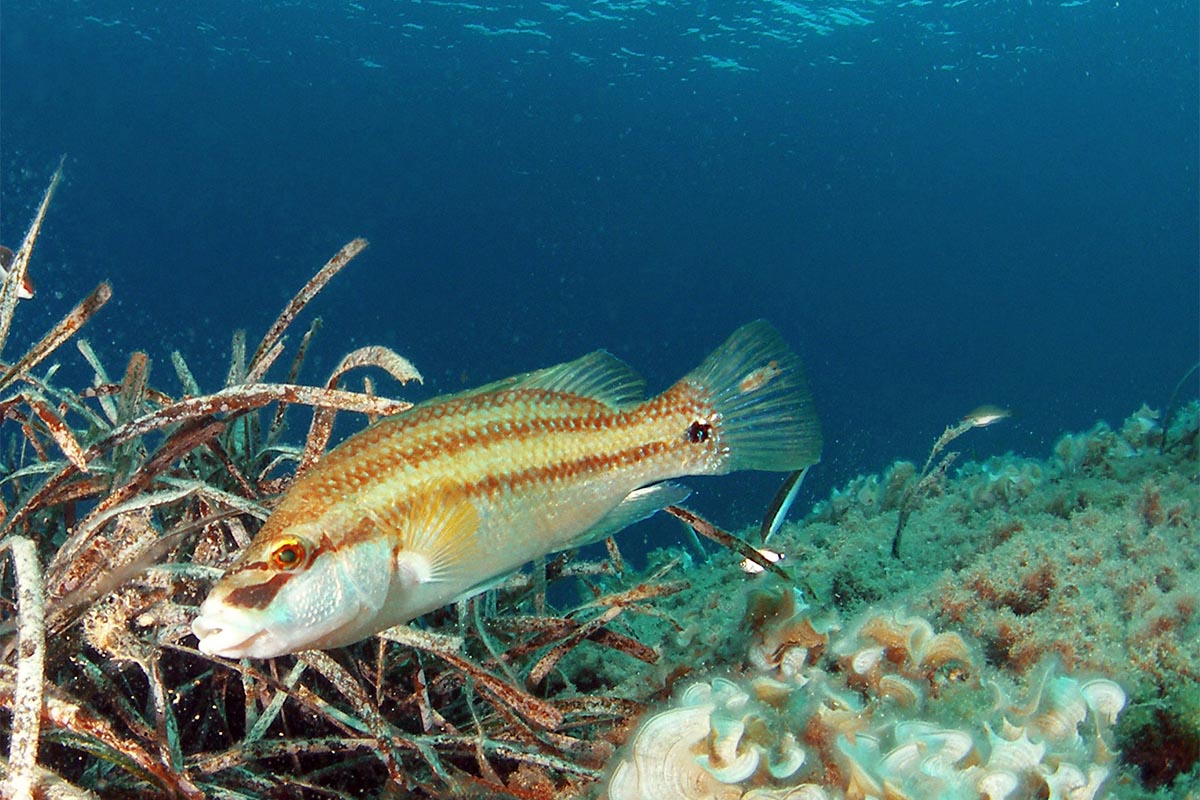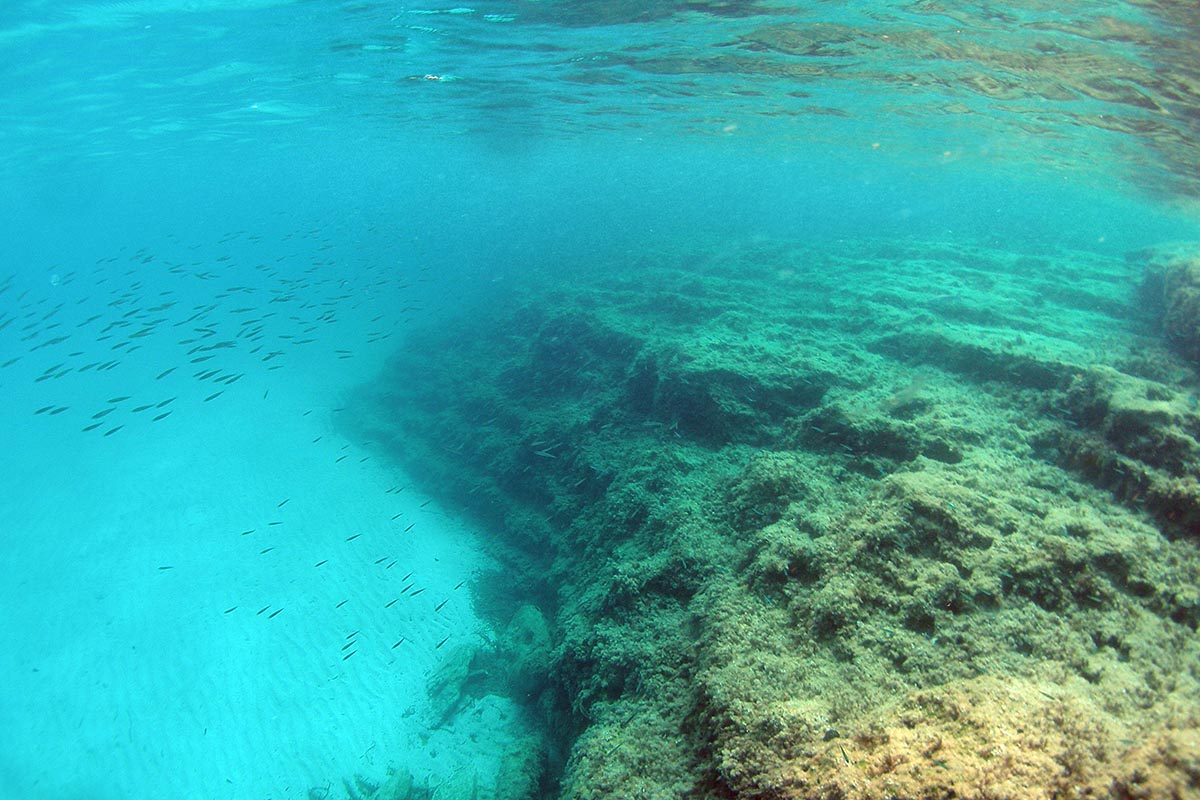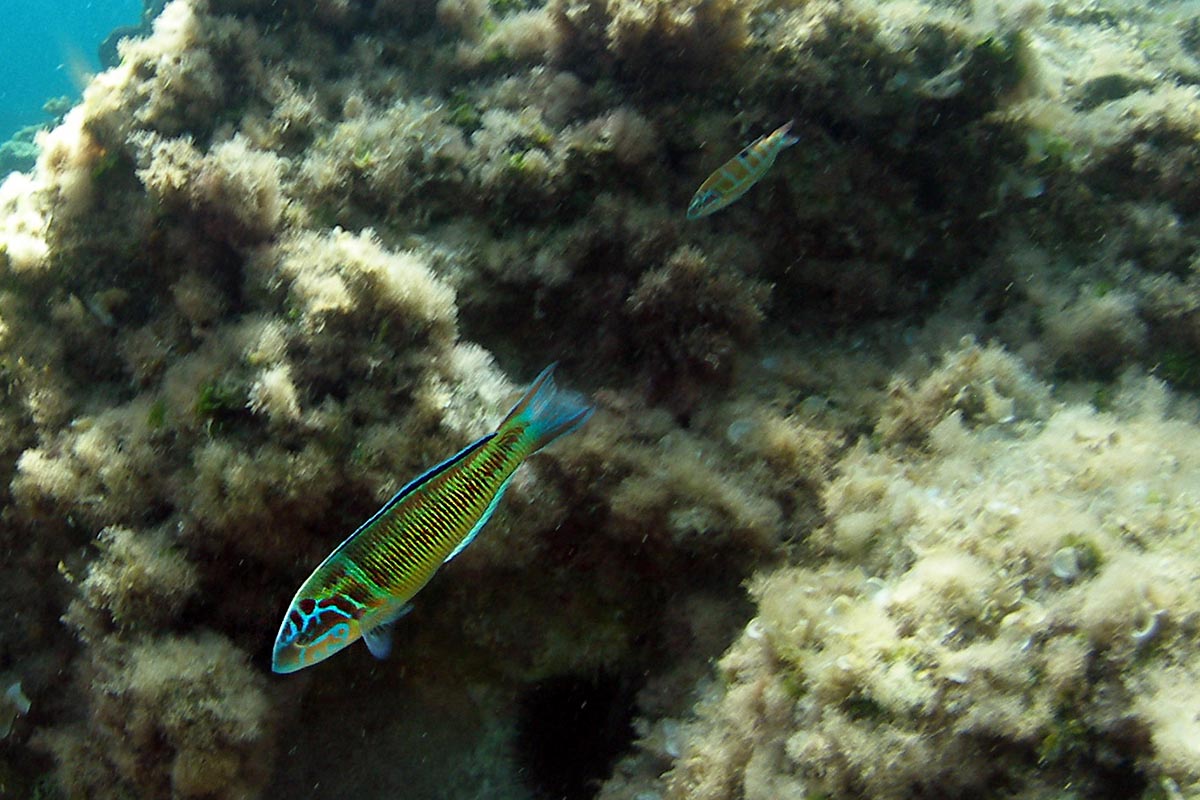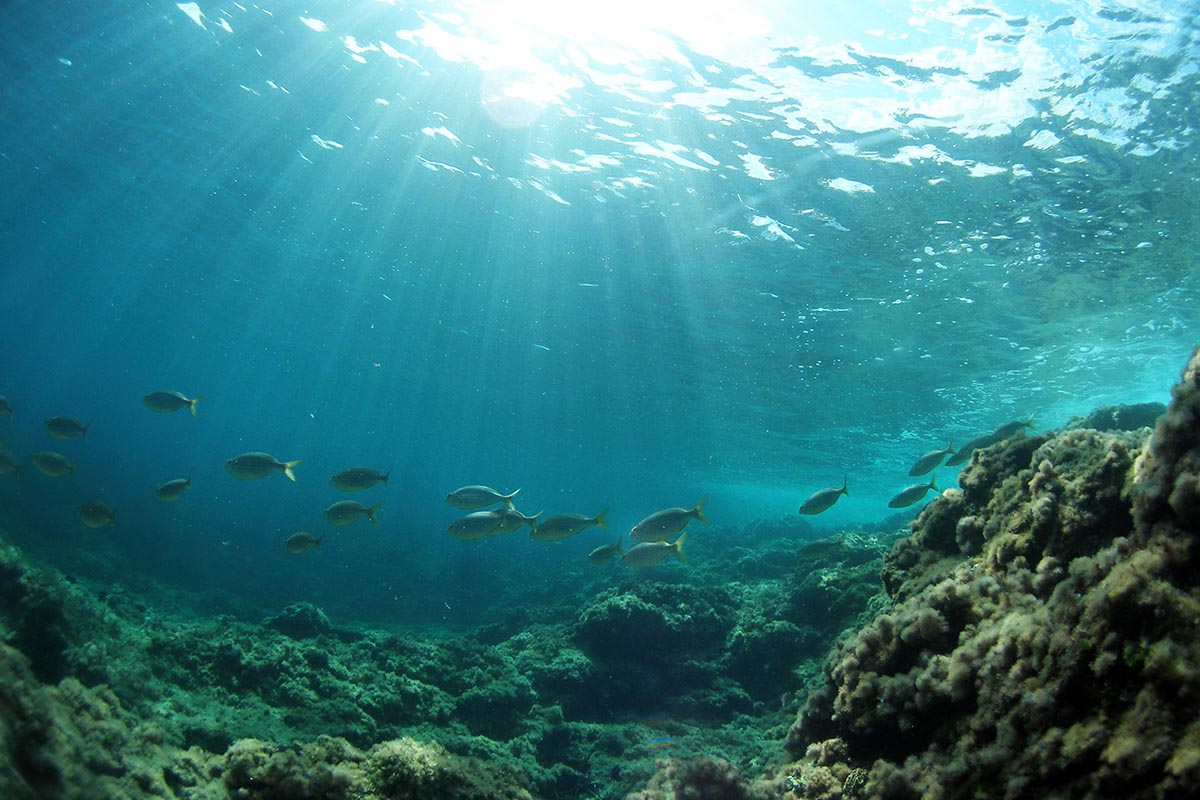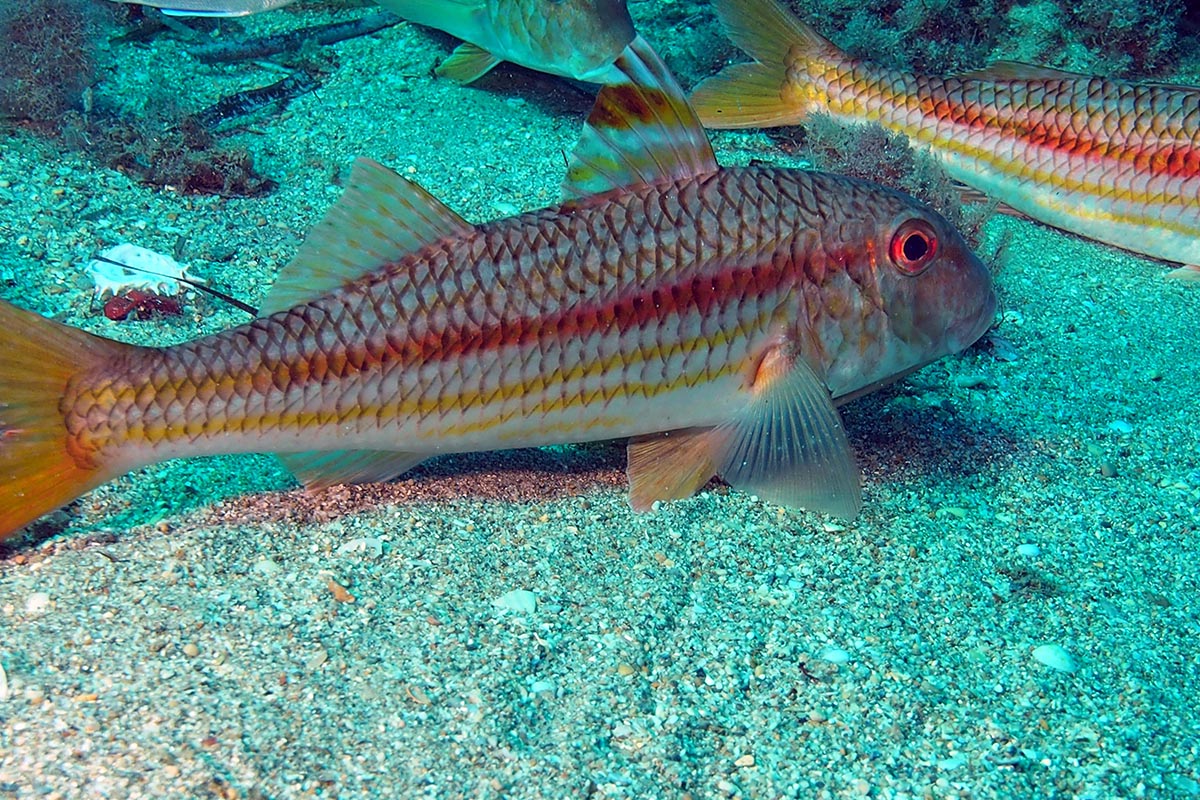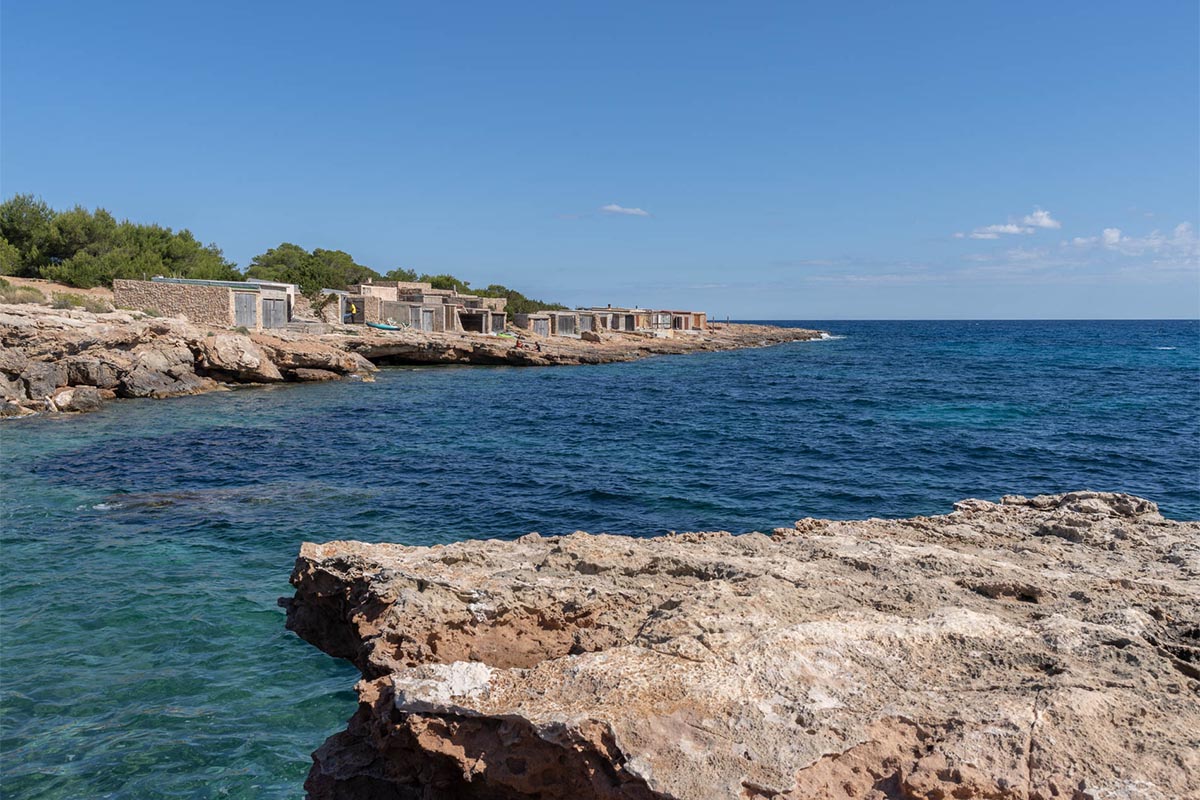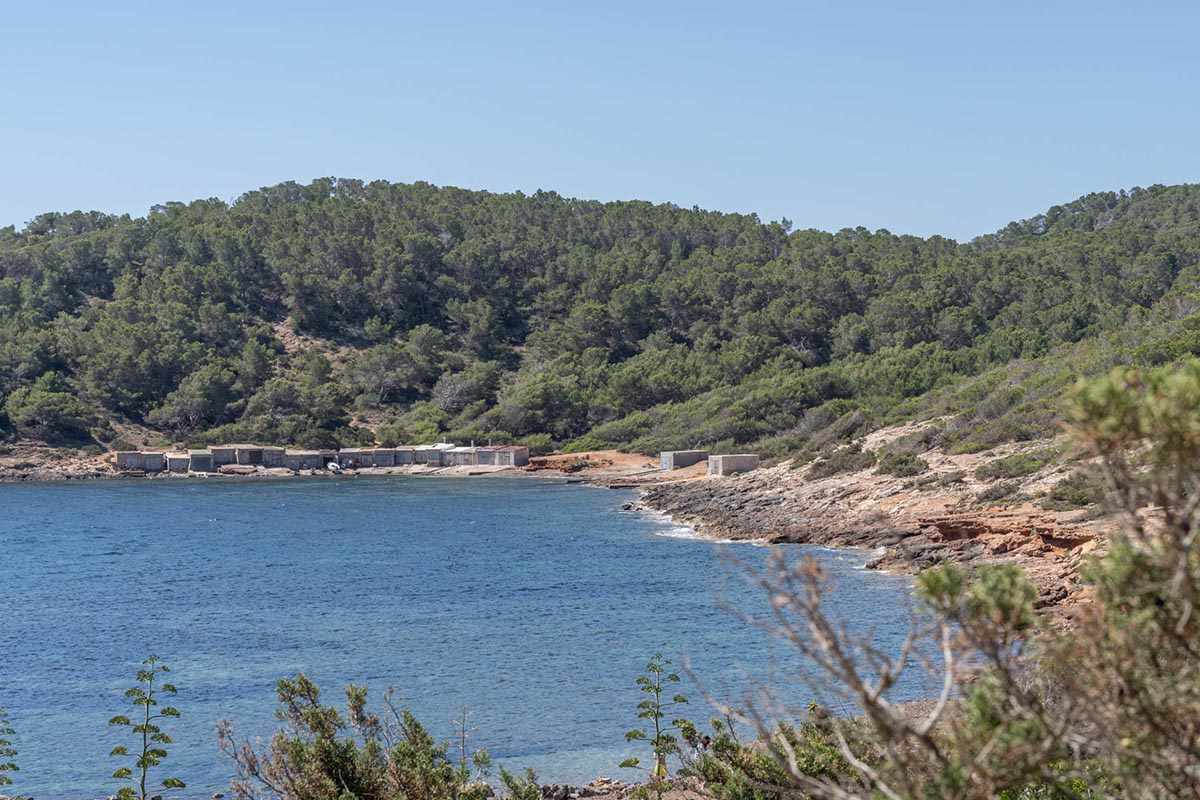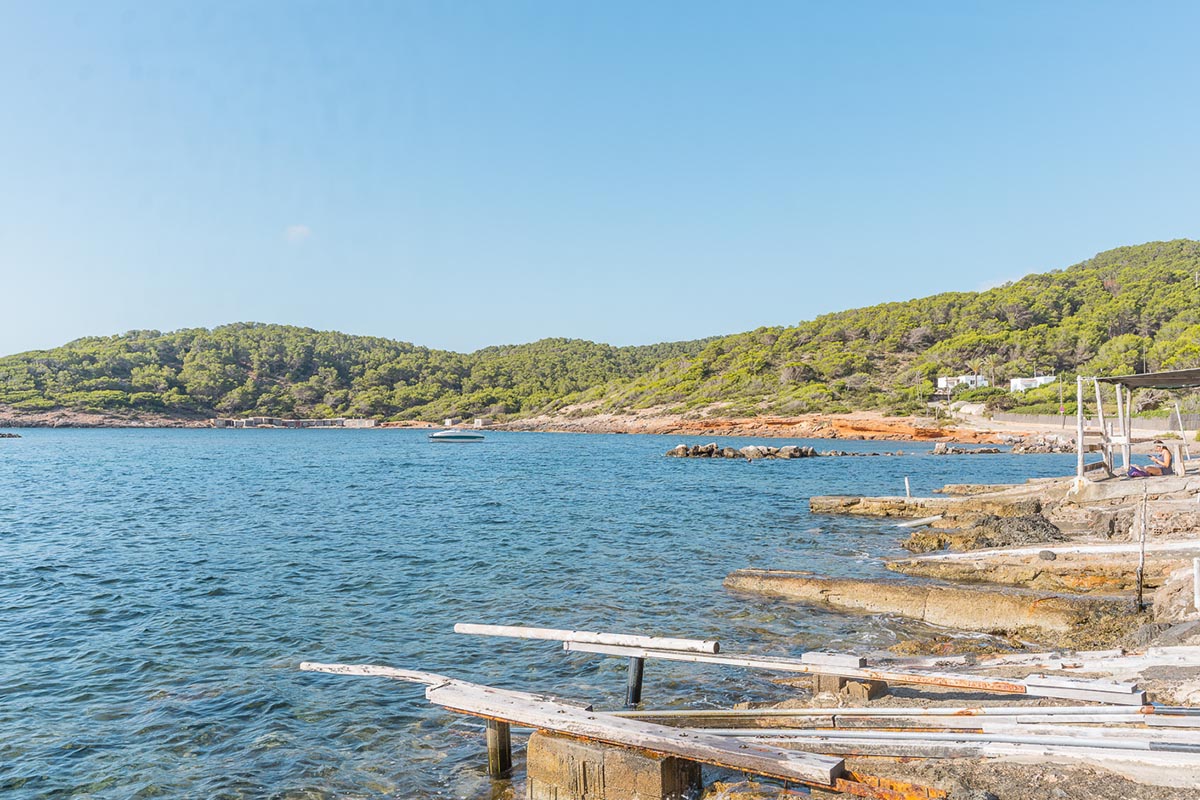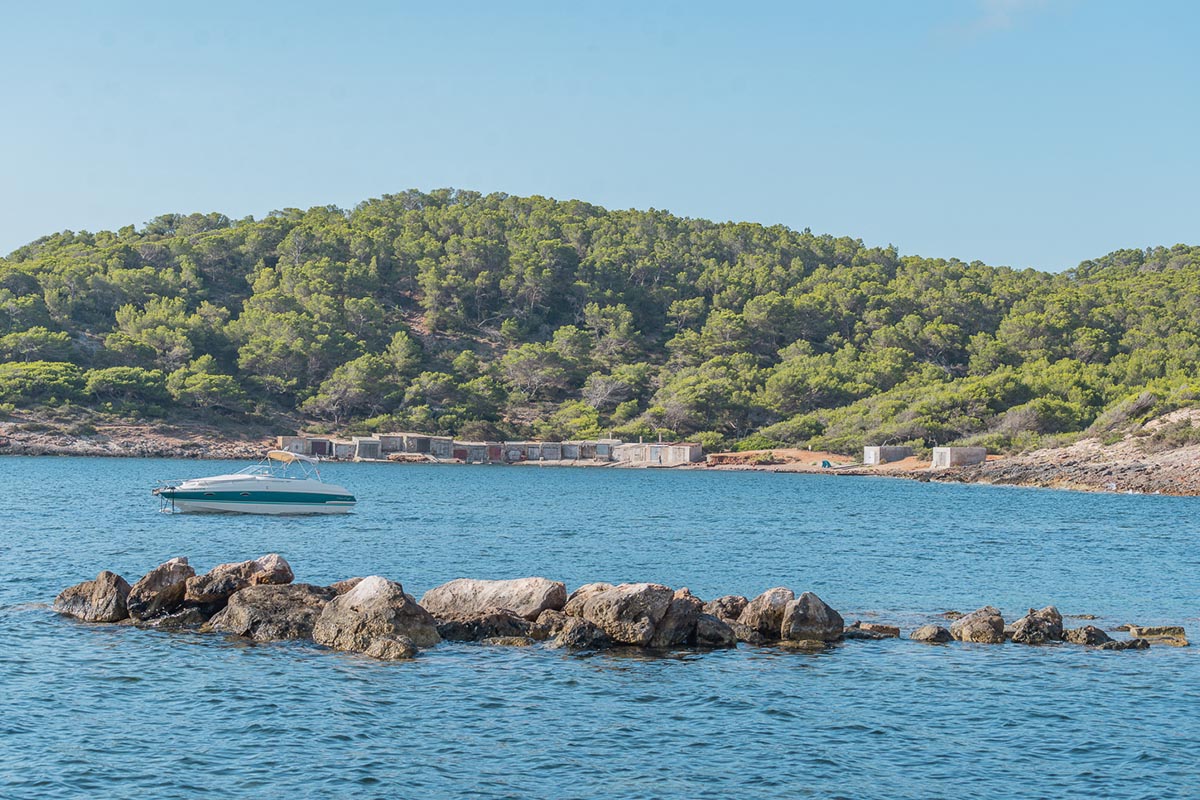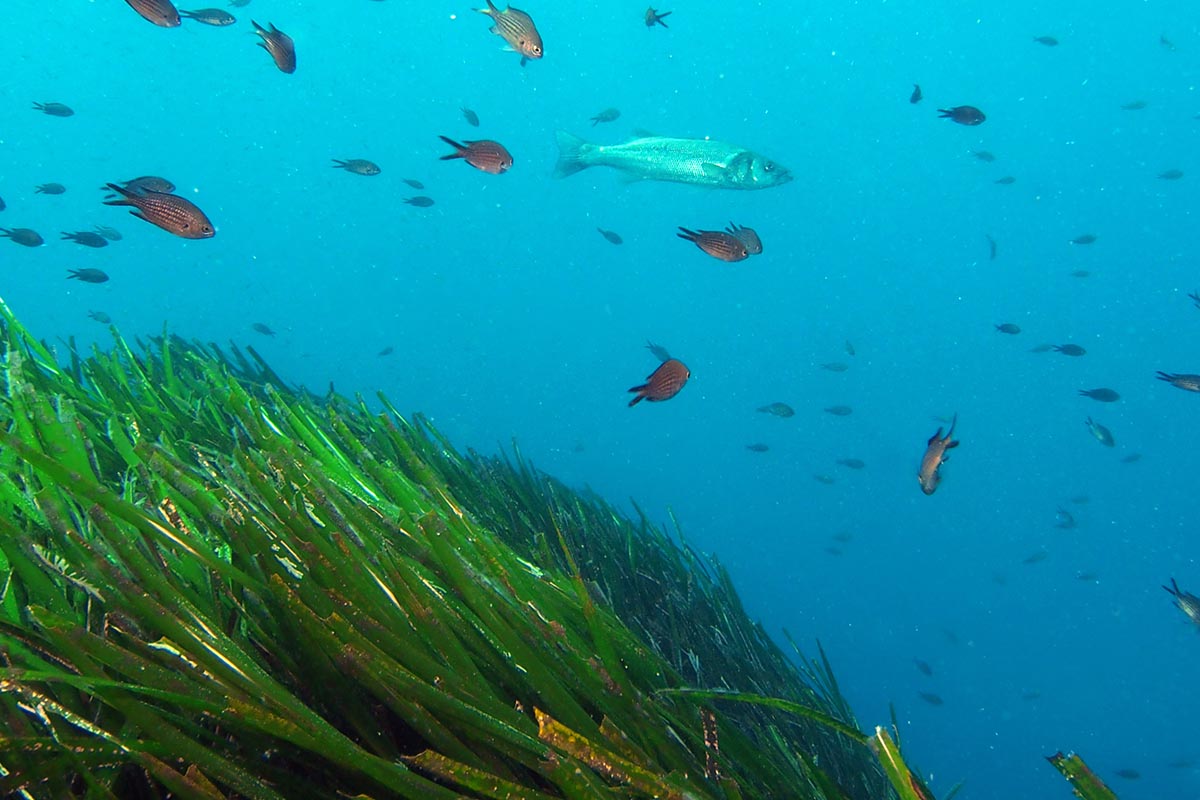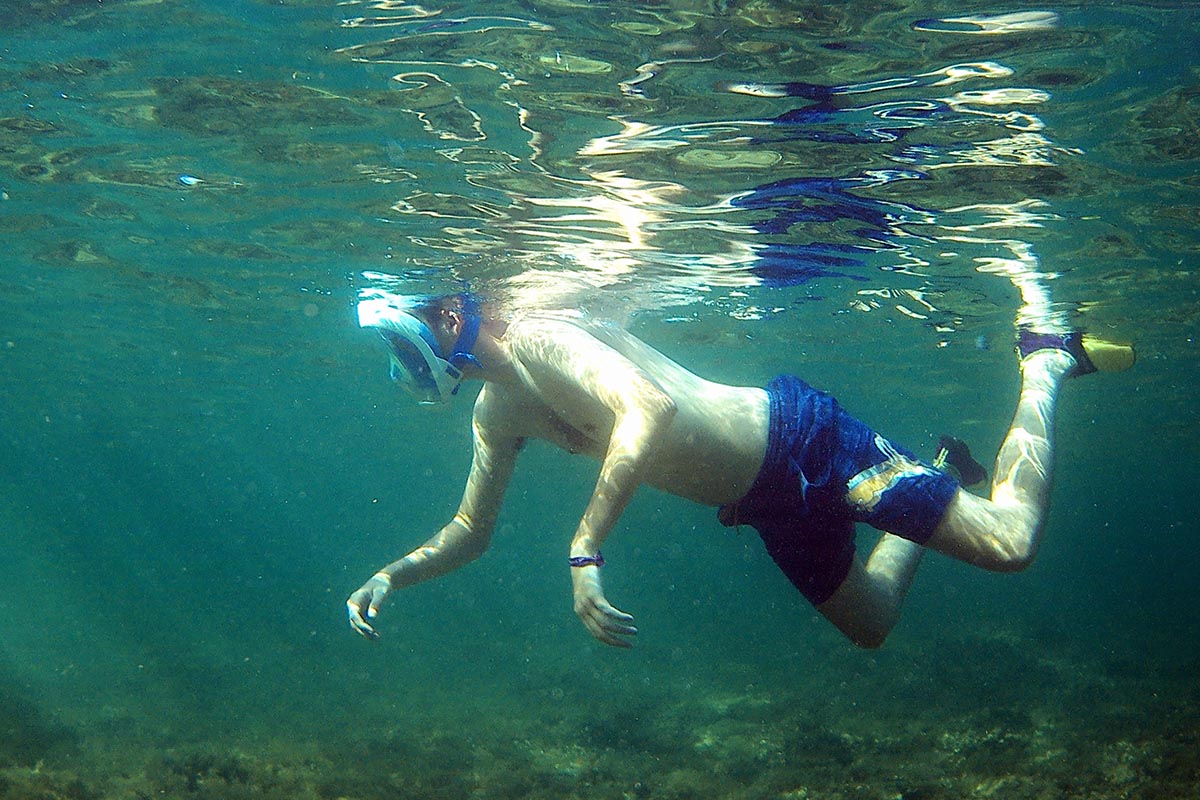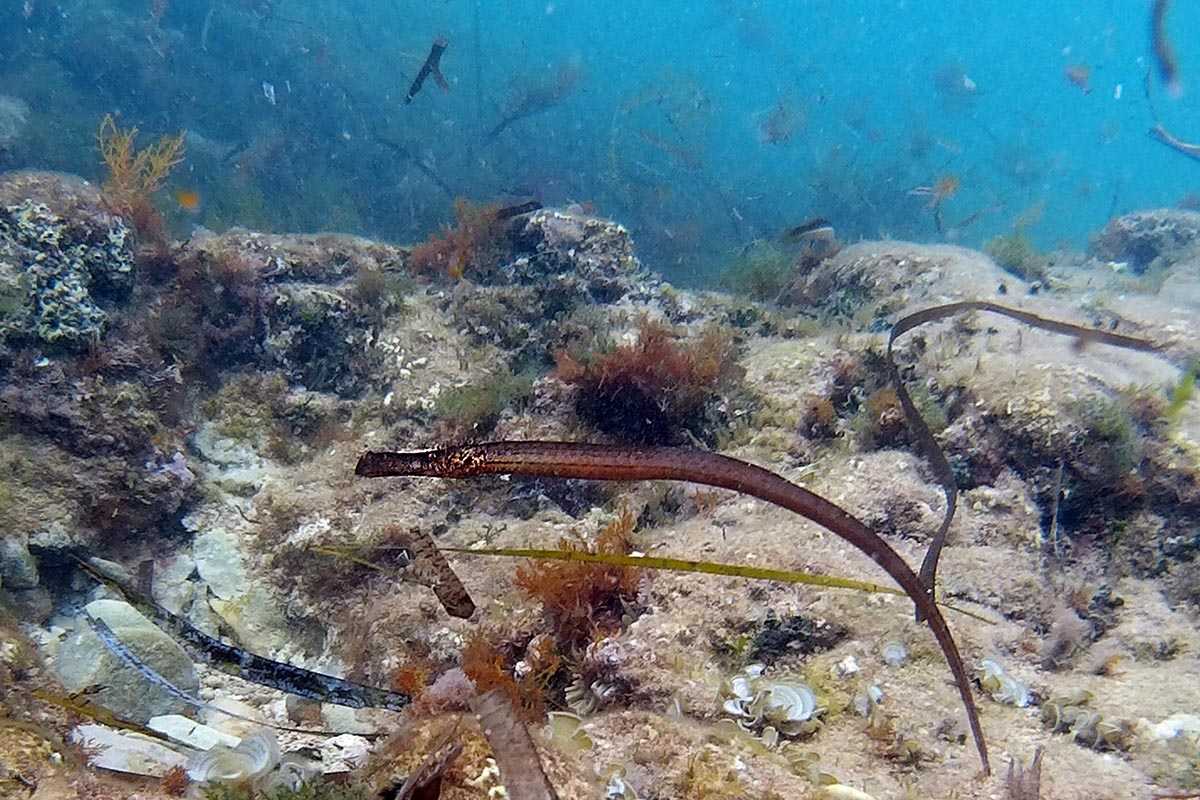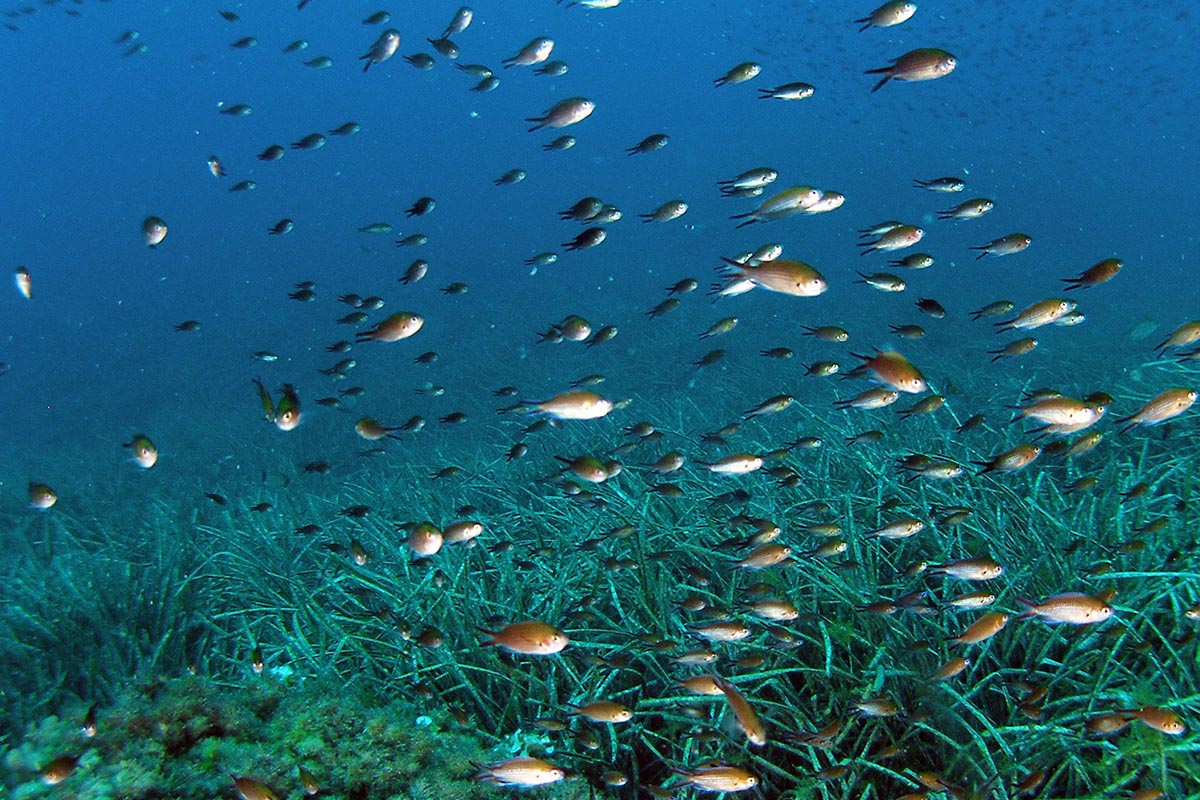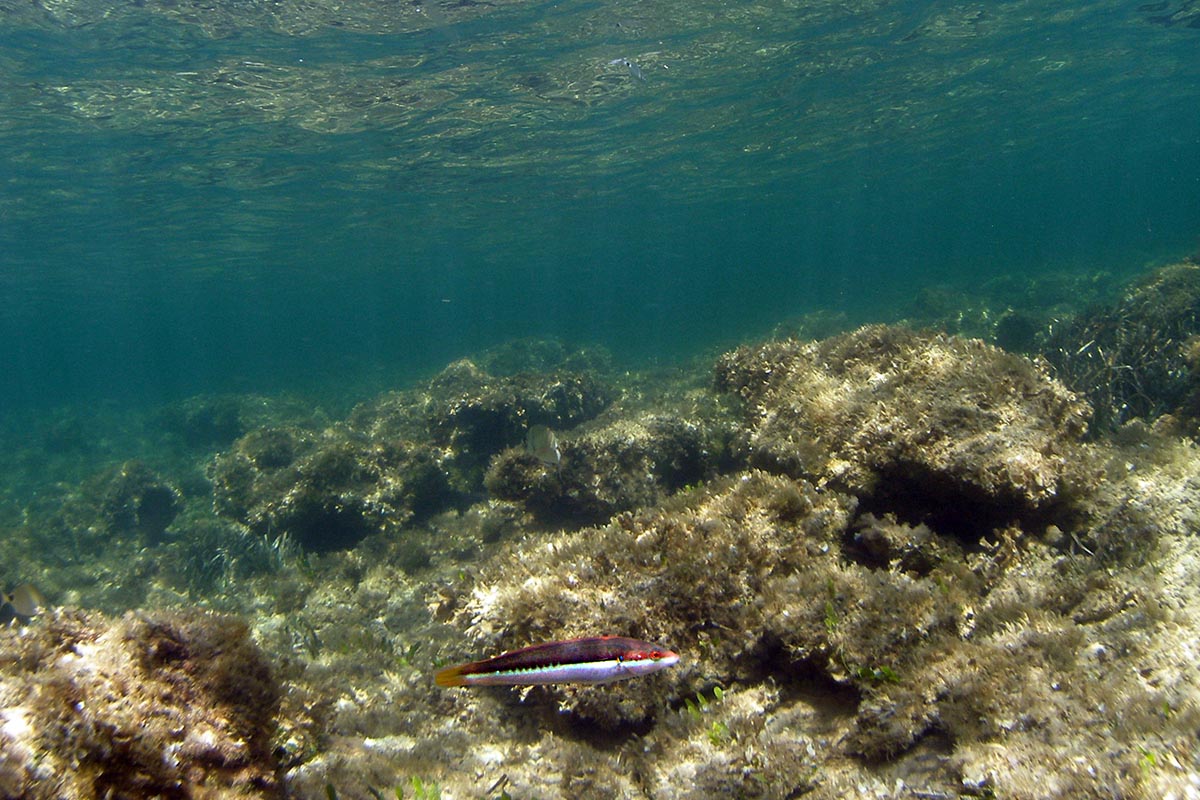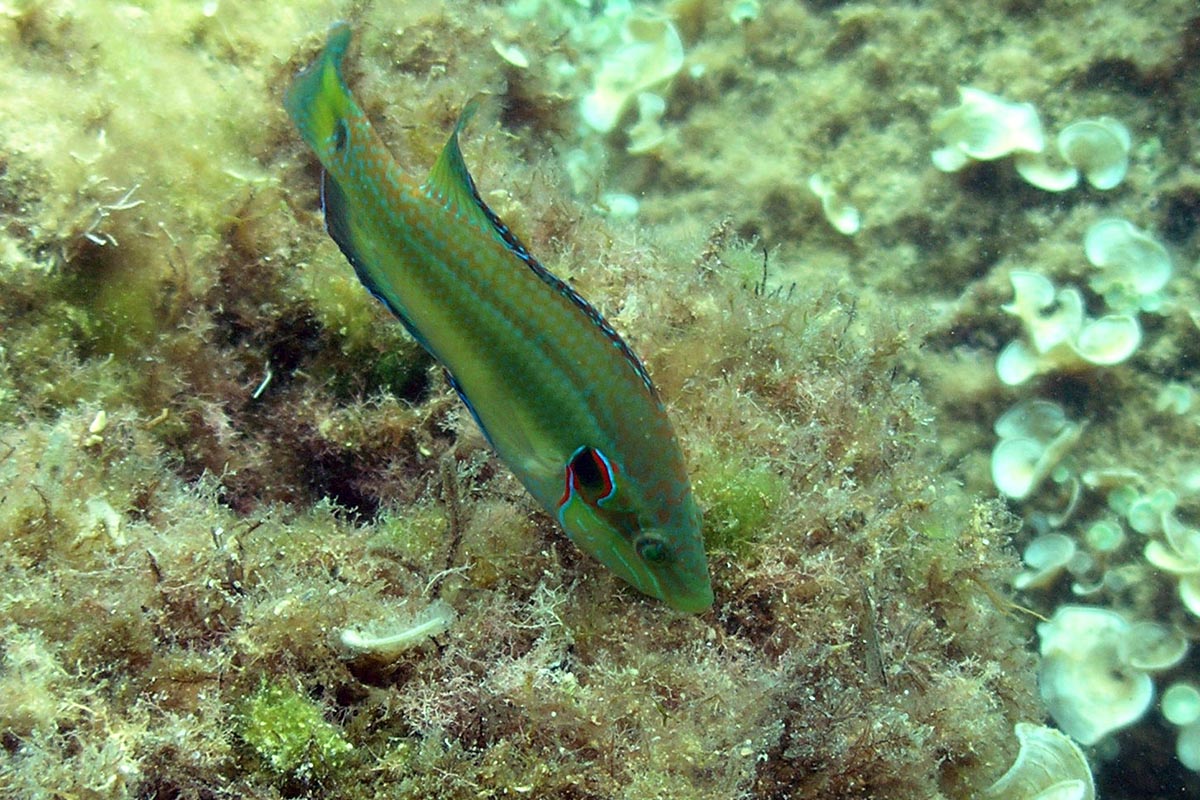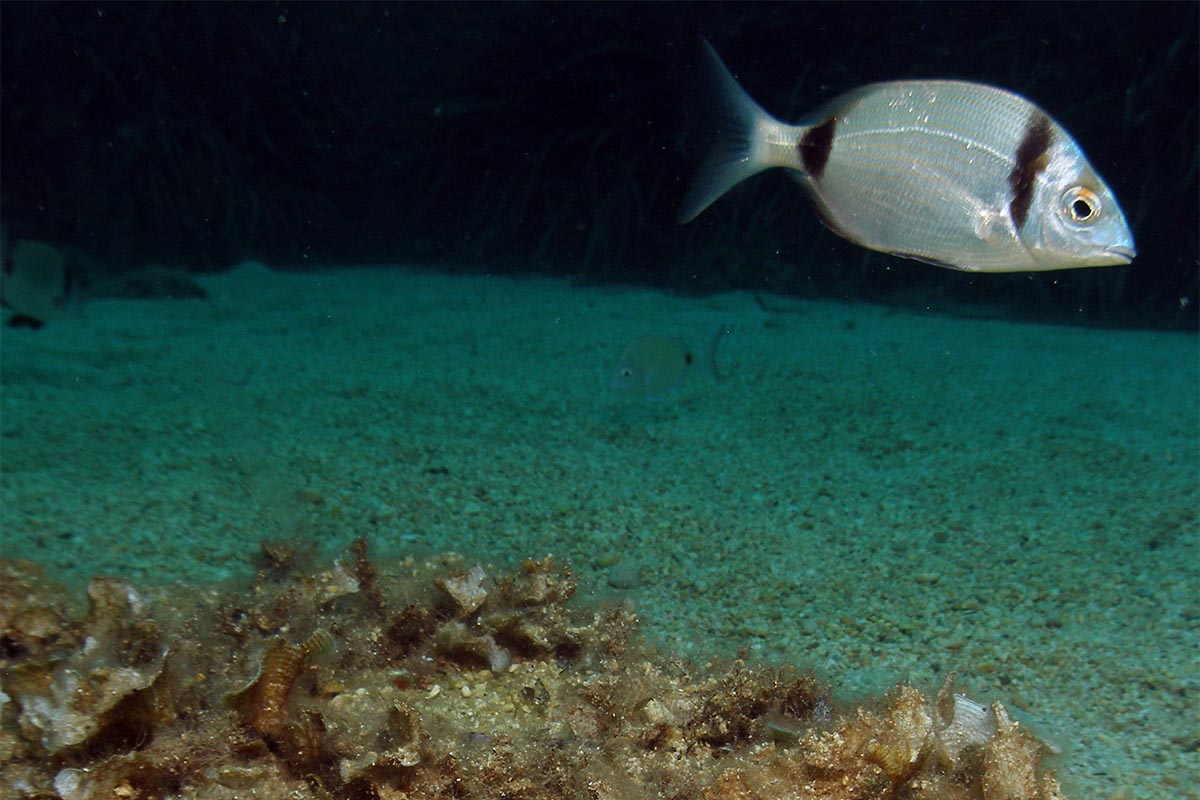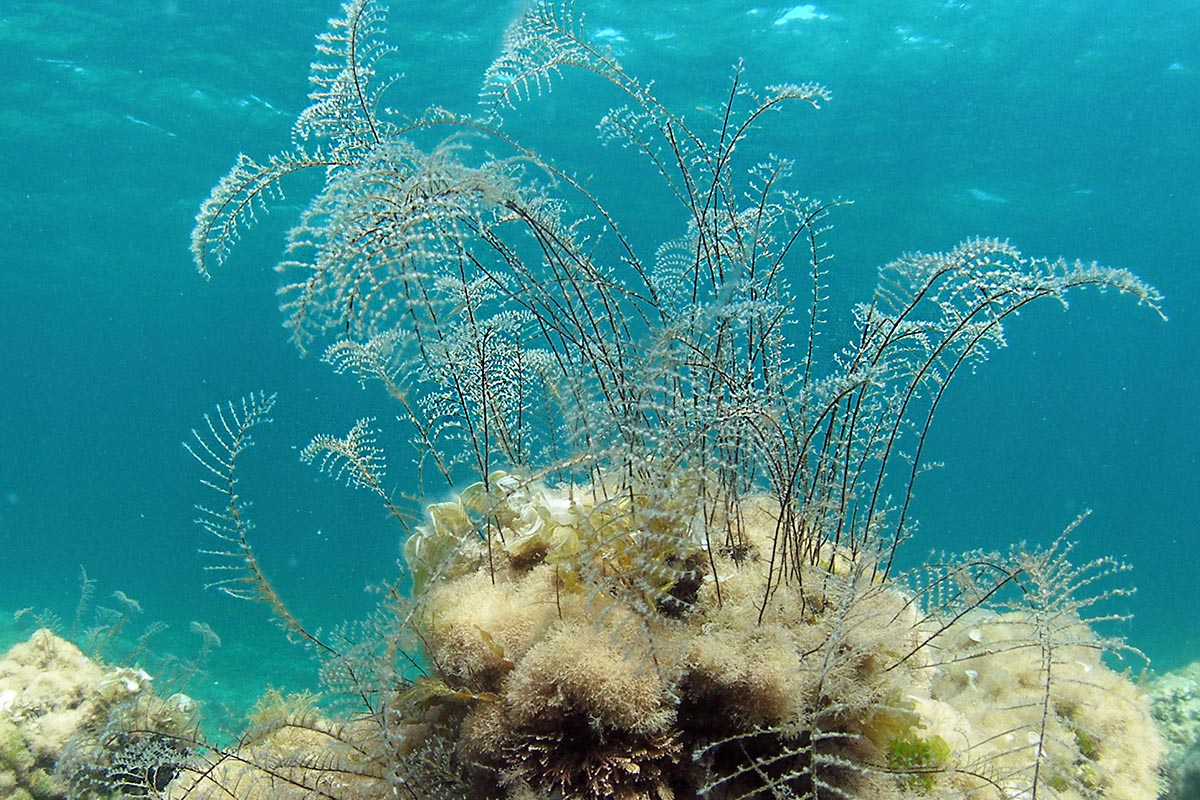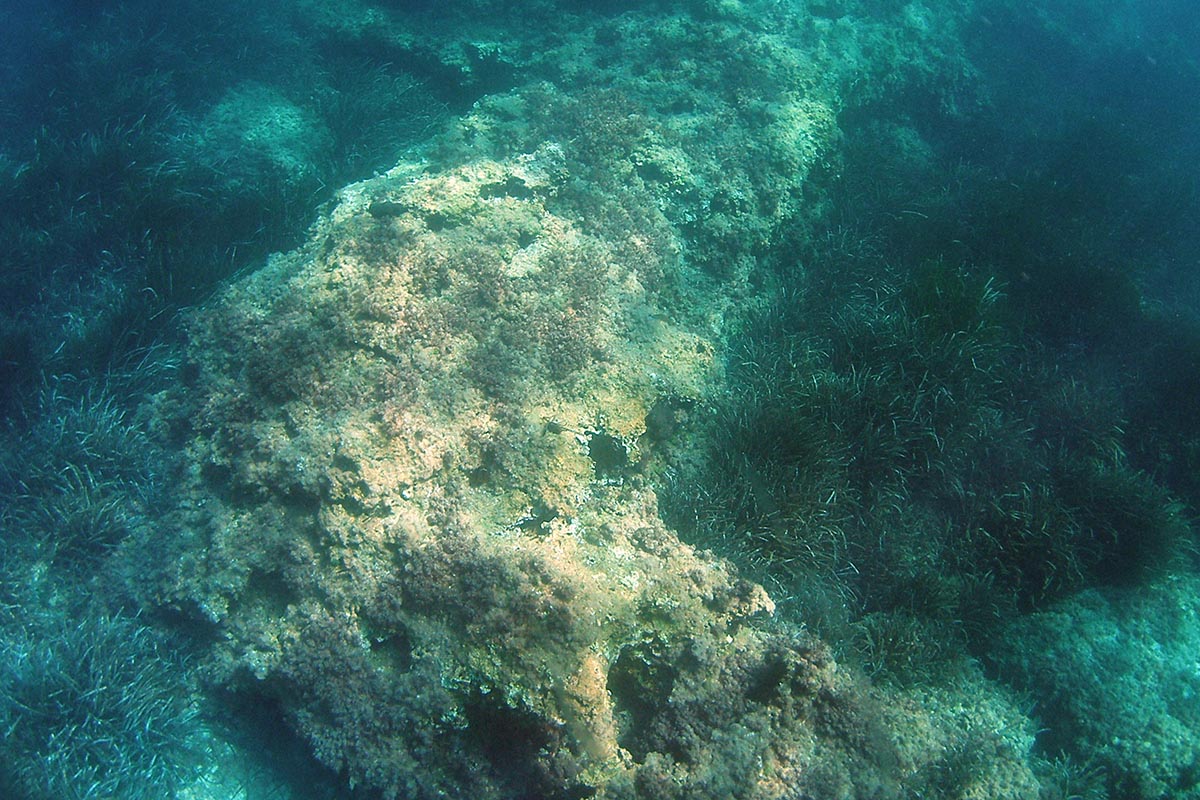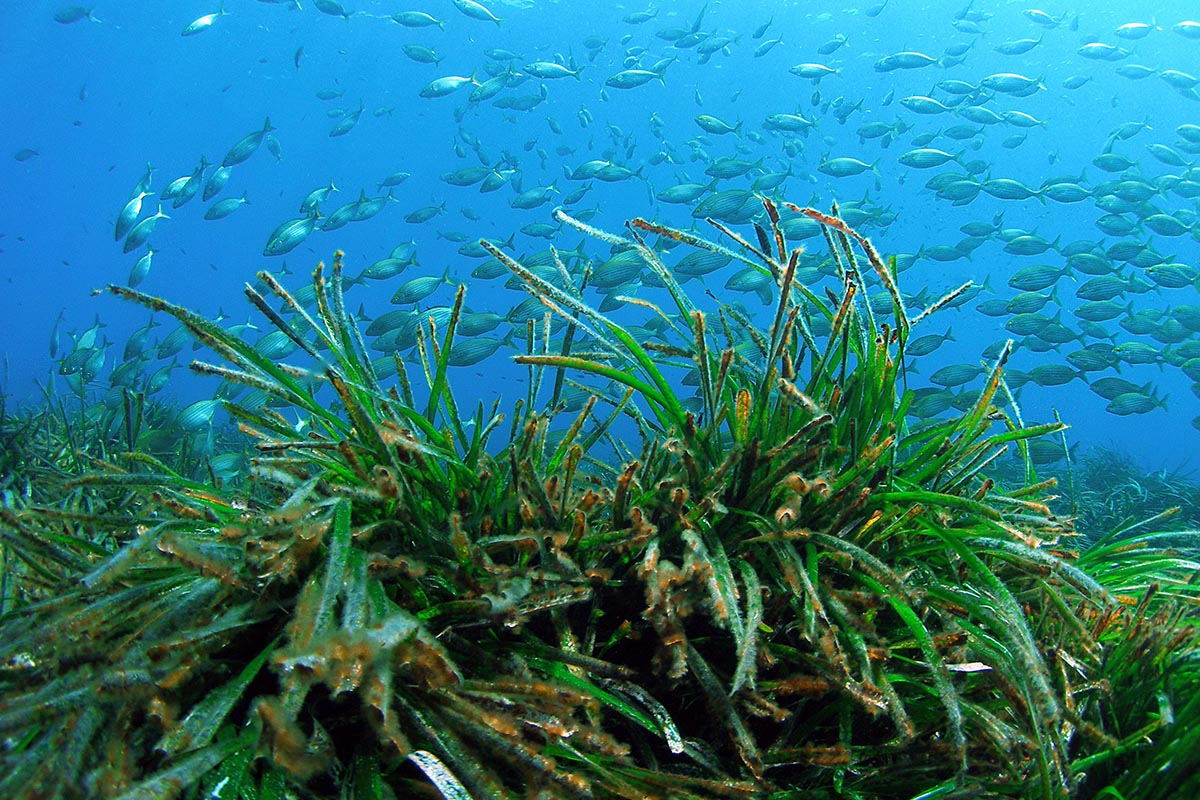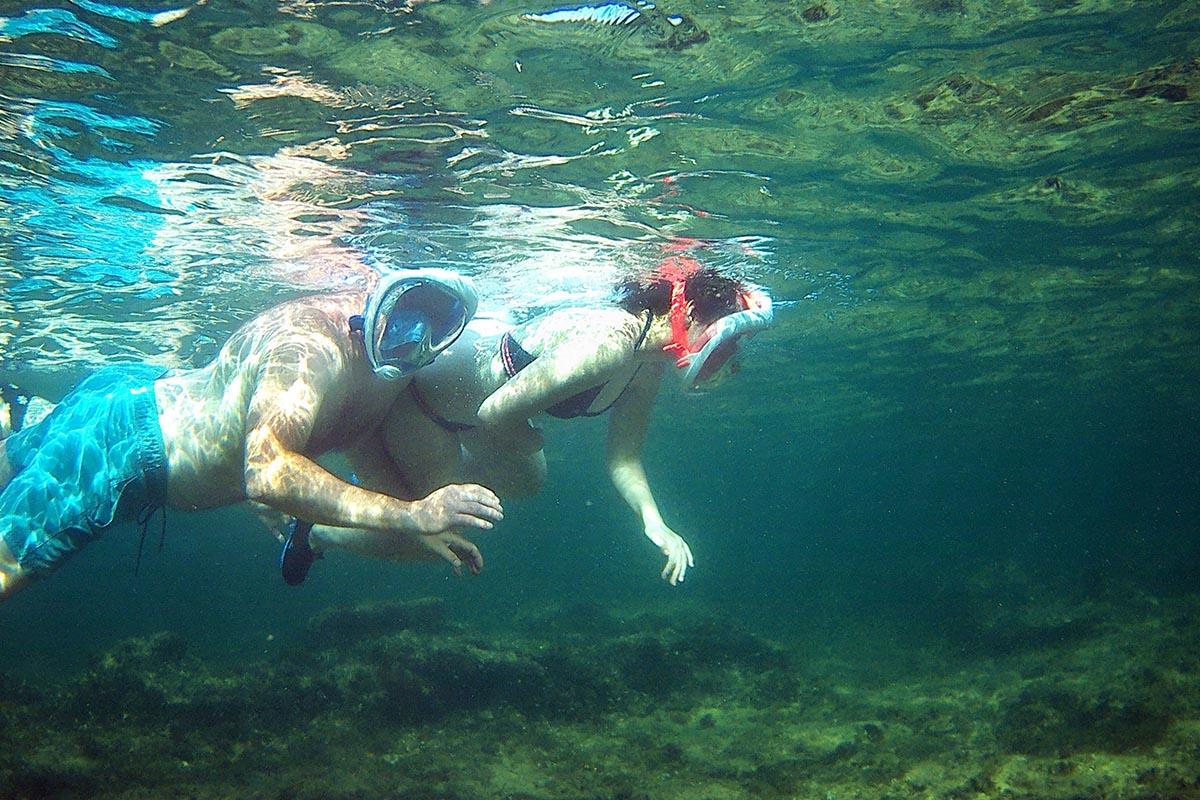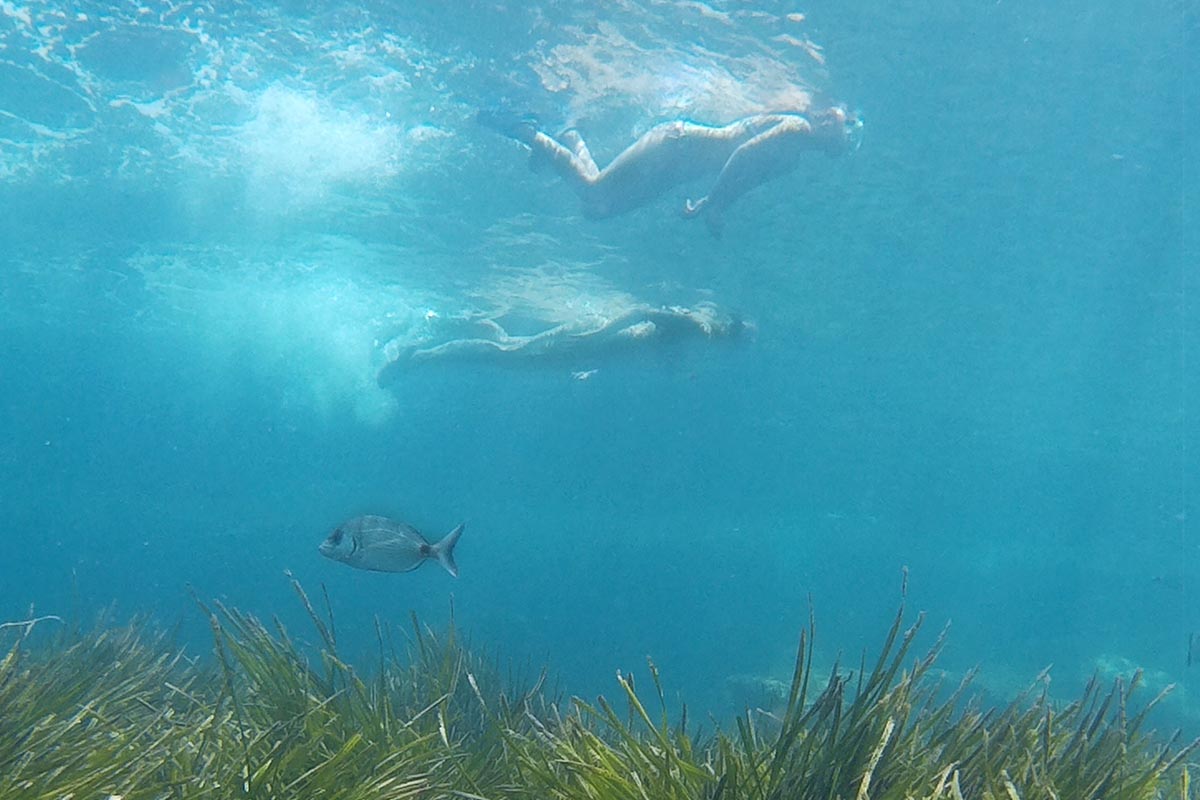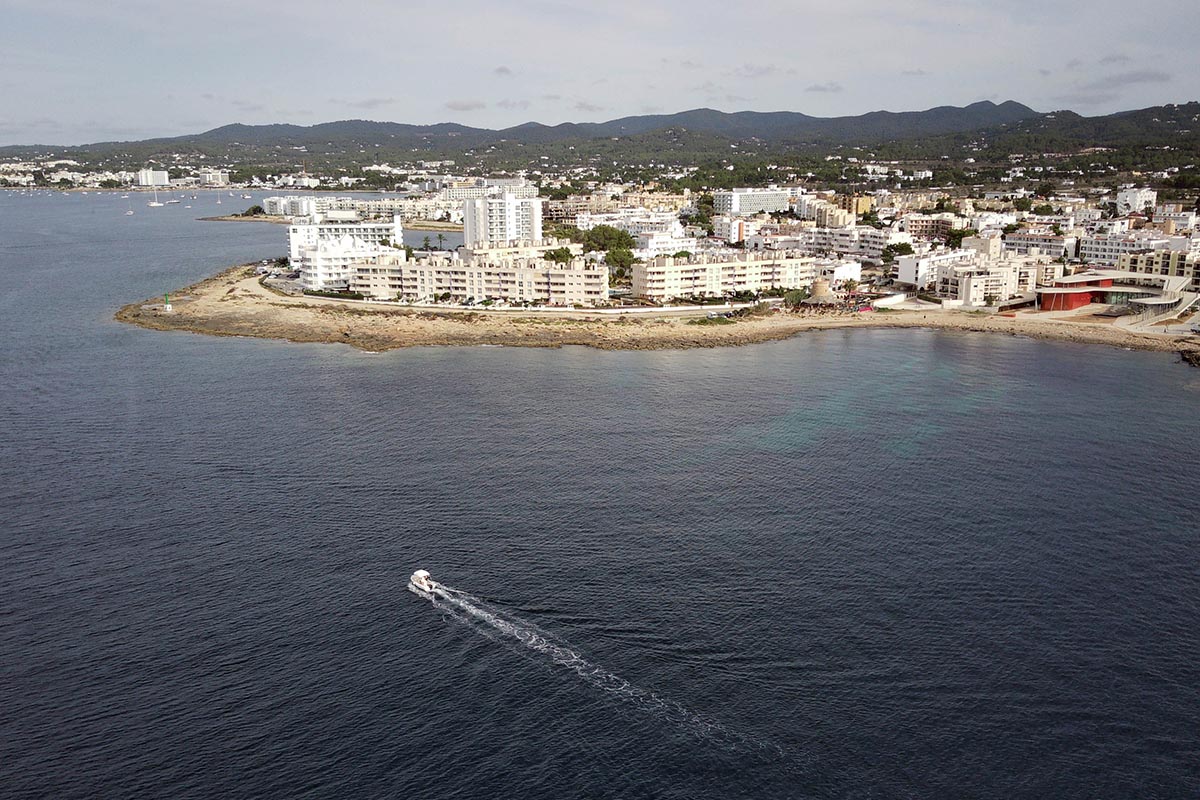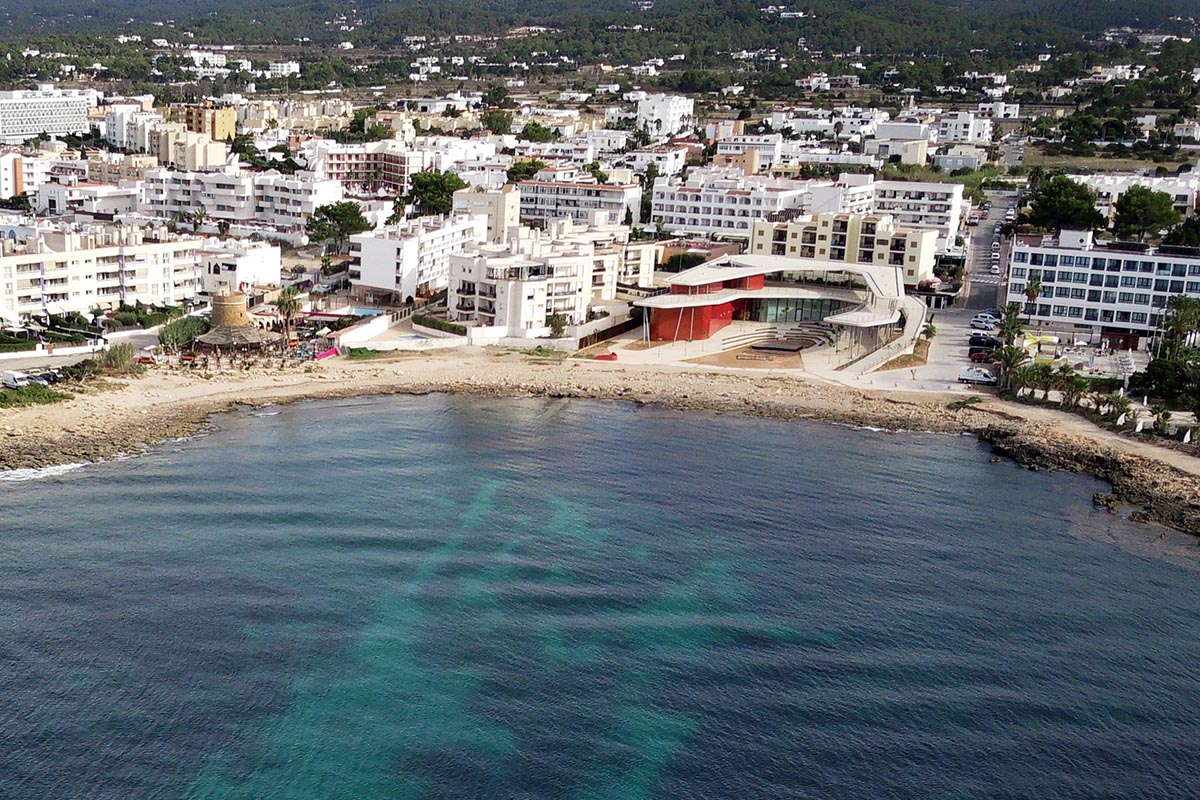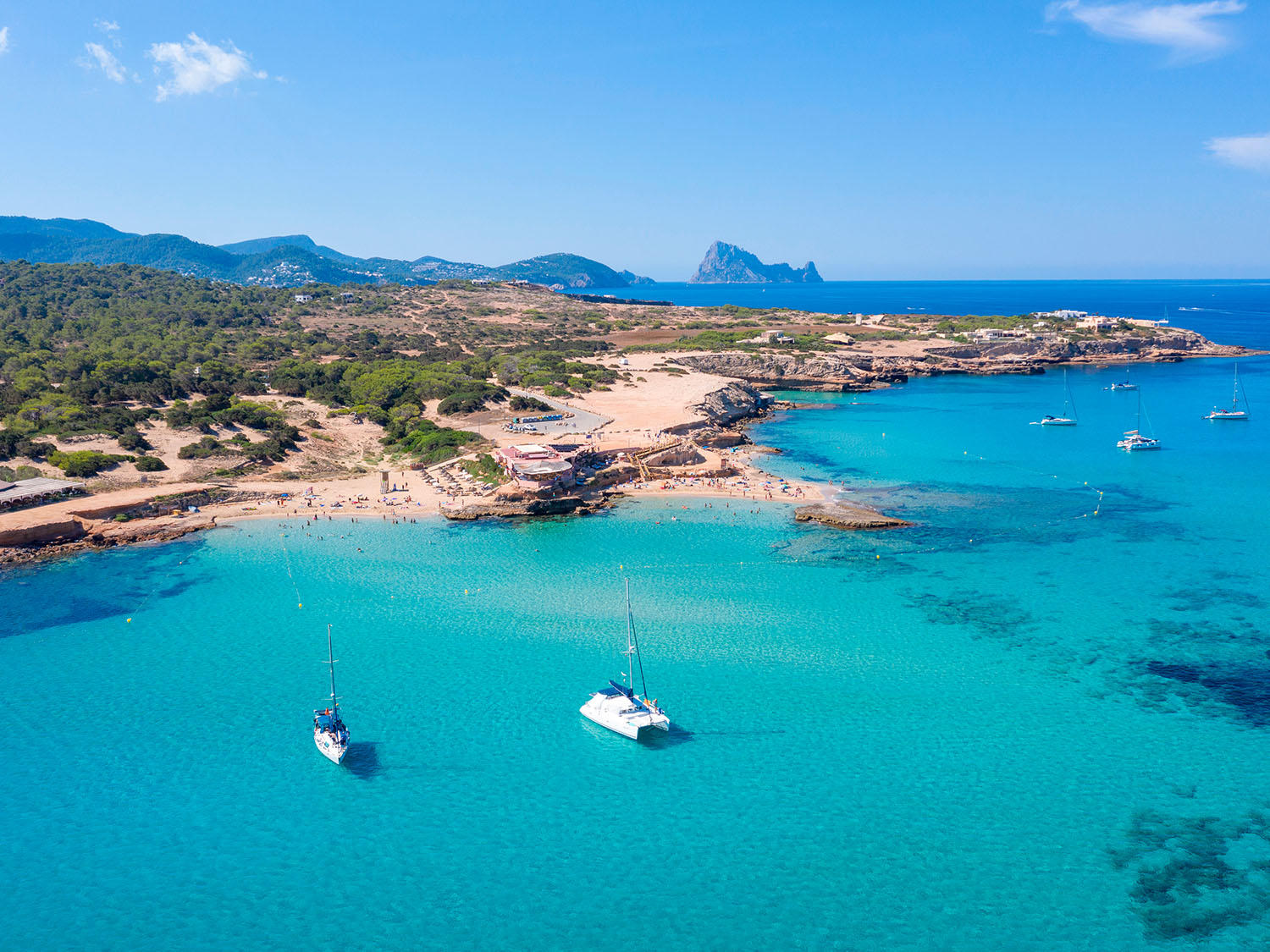
Take a trip to Sant Josep, and fall in love with its coastline
Mention Sant Josep and nature, wildlife and the countryside spring to mind with memories that you will treasure forever. The local geography takes in the island’s interior with its rural charm and traditional ways, and the seashore, with its little coves bathed by crystal clear waters, spectacular cliffs and a host of beautiful little islands. Sant Josep is undeniably one of Ibiza’s most special places, with a coastline that boasts innumerable attractions.
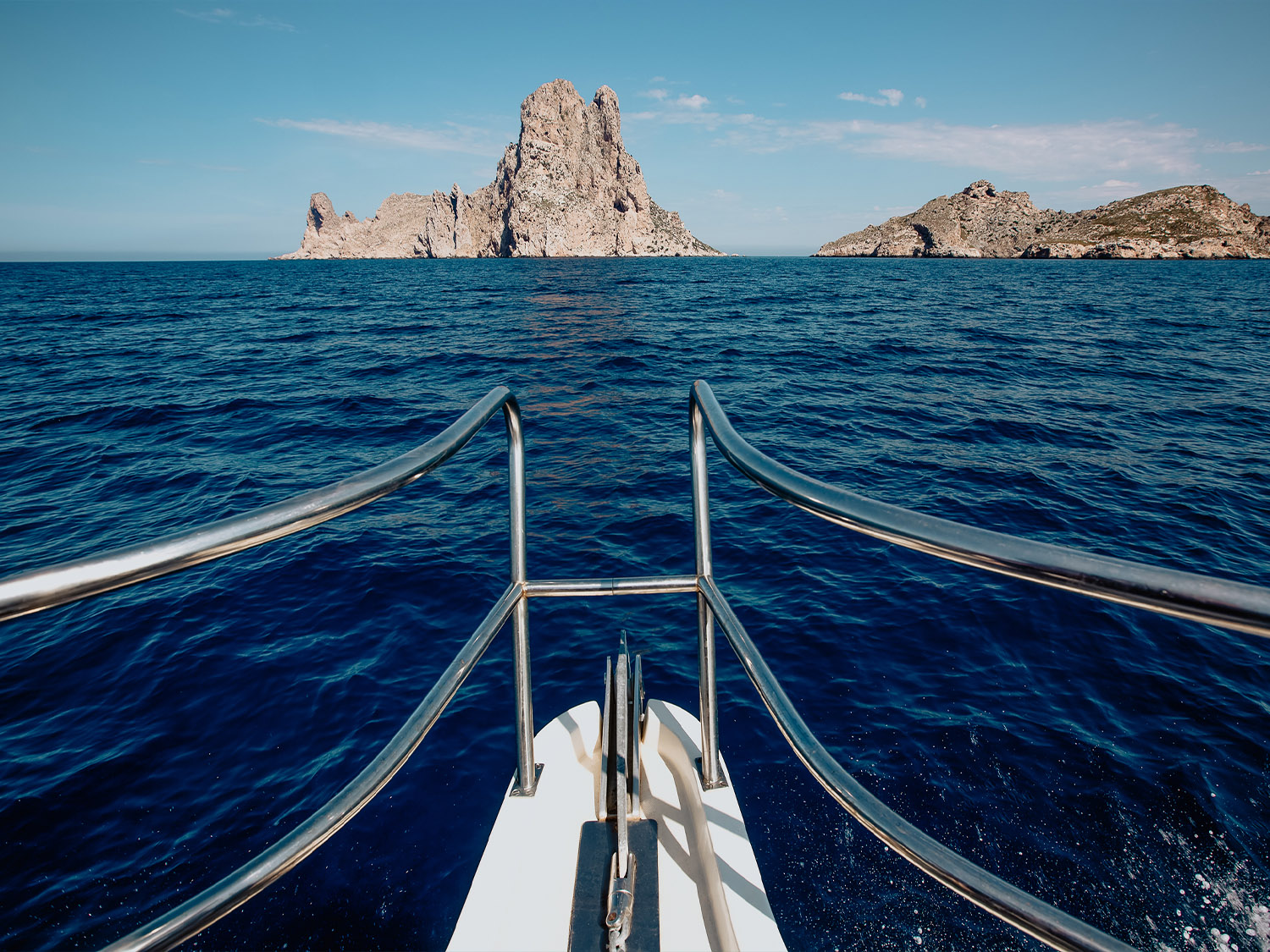
Es Vedrà
This stretch of the shoreline runs for 84 kilometres, with spectacular beaches and picturesque ports along the way, revealed in all their charm to anyone choosing to sail along the coast. It would be hard not to be impressed by the majestic sight of the rock of Es Vedrá rising from the sea, or to be amazed by the incredible crystalline waters as you soak up the sun or drop anchor at one of the beaches, appreciating the summer vibe, and the irresistible beauty of the Ses Salines natural park. Sant Josep offers all this and so much more with every facet of its stunning seashore.
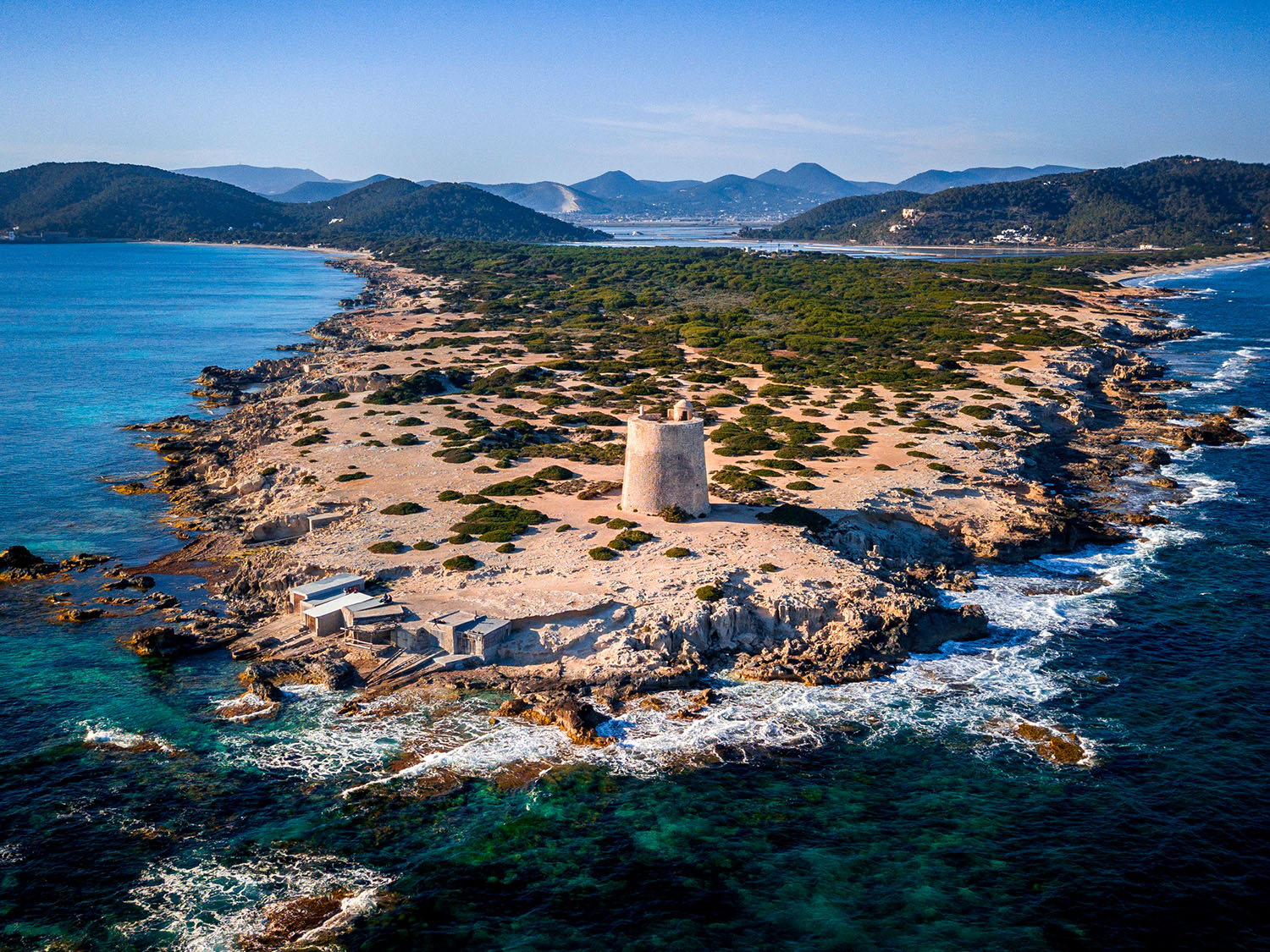
Ses Salines natural park, Ses Portes watchtower
When you are lucky enough to tour the Sant Josep coastline, make the most of the chance to discover some of the unique spots and landmarks that merit a visit at least once in a lifetime. The coastal islands are a must, and the best way to see them is to group them together in order. For example, the western islands, called islotes de poniente, which are the farthest from the coast, are a small archipelago that together form a nature reserve. As they are protected, you cannot disembark, but it is still worth it to sail around their shores. Some of the islands such as s’Espartar, were once used to harvest esparto grass used by local craftsmen to make espadrilles or traditional woven baskets. This island, and its neighbours, are host to many native species such as lizards and some resistant plants that grow freely there, with no outside interference. Closer to the shore lie the islands of Des Bosc and its larger neighbour Conillera. They create an impressive backdrop for bathers splashing in the waters of Platges de Comte, a beach nestling among sandstone rocks that have been sculpted by the wind and the waves, forming weird and wonderful shapes. The amazing sunsets add to the whole experience.
Islotes de Poniente
Further south, Es Vedrà and Es Vedranell form another cluster of islands, which are part of the d’es Vedrá Nature Reserve. Sailing by the imposing shapes of this impressive pair of islands is one of the most rewarding experiences possible for anyone discovering this side of Ibiza by boat. Some visitors like to reach it by canoe, although you will need to be careful of the strong currents that prevail in the channel. The point of departure for these trips is usually Cala d´Hort a beach which, in addition to its incredible views, offers plenty of places to try the excellent local cuisine.
Es Vedrà Nature reserve
Continuing along the coast, to the south, you will come to Sa Pedrera, another special spot. This area is memorable for its sandstone rock formations. It is also notable because it was once a quarry which was the source of the stone extracted to build most of the renaissance walls found in Ibiza. The symmetrical geometric forms are the result of the industrial exploitation of the local rock. Today it has become a place of pilgrimage for anyone wishing to enjoy a picturesque spot far from the madding crowd. It is hard to get to by land, but if you are sailing, it is quite another matter as you can appreciate this beautiful place with no effort whatsoever. And a delightful dip in its waters will be guaranteed. The larger main beaches await you further south, beginning with Es Codolar, with its almost entirely pebbled seashore, las Salinas, with waters so clear that you can see the white sandy seabed, and es Cavallet, facing towards the island’s capital, with Playa d’en Bossa, closest to the town of Eivissa. All along the coast of San Josep you can find innumerable beaches and fishing villages where you can totally immerse yourself in island life, try sa Caleta, es Bol Nou, Cala Carbó, Cala Llentrisca, Cala Molí, and Porroig. There is an endless list of little places tucked away along the cost between other larger beaches, with all that the bigger resorts can offer, such as Cala Vedella or Cala Tarida.
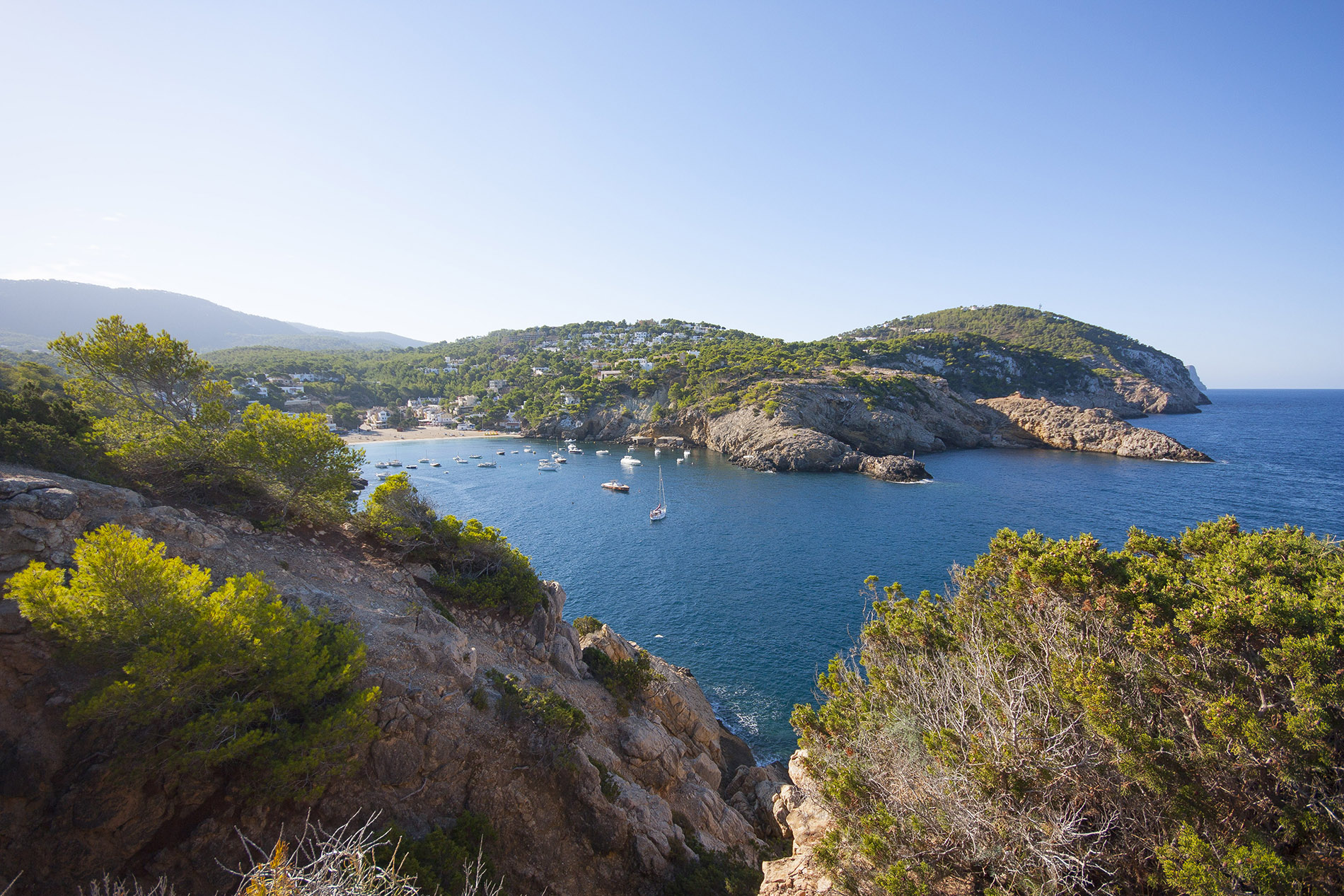
Cala Vedella
If you want to enjoy the coastal waters of Sant Josep and their irresistible charms you will need to respect some basic requirements designed to protect and conserve the wealth of wildlife in its watery depths, especially the seagrass meadows (a World Heritage site). This marine plant, a Mediterranean native, is what keeps the island waters so clear and clean, thanks to its extraordinary powers of oxygenation. It has been calculated that every square metre of seagrass meadow is able to produce up to 20 litres of oxygen daily. However, this plant which has a root, stalk, leaves, fruits and flowers is tremendously fragile and it is a really slow grower, barely 1 centimetre per year. As a result, you need to take special care when sailing in the vicinity of the meadows. On nautical maps their presence has been updated with the symbol “Sg-seagrass” which shows where the meadows grow on the seabed, so that sailors will know the exact location of this plant which covers whole acres of undersea fields. It is important for anyone who loves the sea to be aware of these seagrass meadows, as a misplaced anchor could threaten their survival. It is essential to moor your boat in sandy shallows, taking great care to avoid lowering the anchor among the grasses. In some areas, you can use the mooring buoys that have been put in place, as is the case with the beach of Ses Salines. You can book these through the website o app.
Posidonia Oceánica
The most popular places for dropping anchor are the beaches of Es Jondal, Porroig, Cala Vedella, Cala Bassa and Port des Torrent, although there are plenty of places to moor your boat if you are careful to abide by the basic safety regulations. The Sant Josep coast can usually be reached from the different marinas and yacht harbours found around the Ibizan coast. These include Sant Antoni, with Sant Josep to the north, and Eivissa, to the south. To the east lies the port of Santa Eulária. The three island ports are equipped with yachting supplies and services. There are also several jetties where at different points along the coast, such as Sa Caleta, Punta Xinxó and Cala de Bou, small vessels can be moored.
For sailors and seagoing types, these are just a few initial ideas to whet your appetite for cruising along the coast of Sant Josep. There is no question that once you set off on your trip, you will find that it exceeds all your expectations. Because the waters of this area, the wildlife they host, and the incredible vistas will immediately charm all the lucky people on board at first sight. Happy sailing!
Information of interest to the navigator:
Interactive map of ports, buoys, and free anchorage in Ibiza and Formentera:
Ibiza Nautical Chart:
